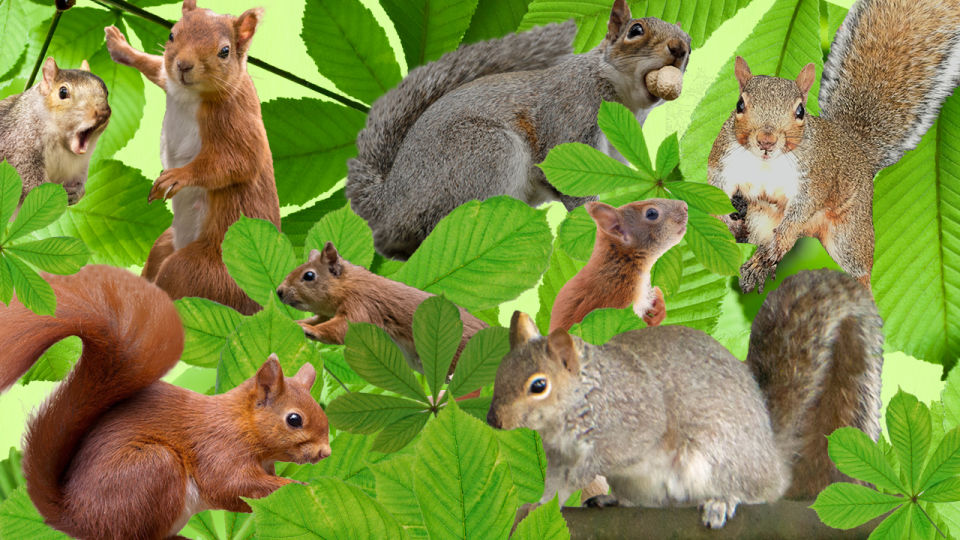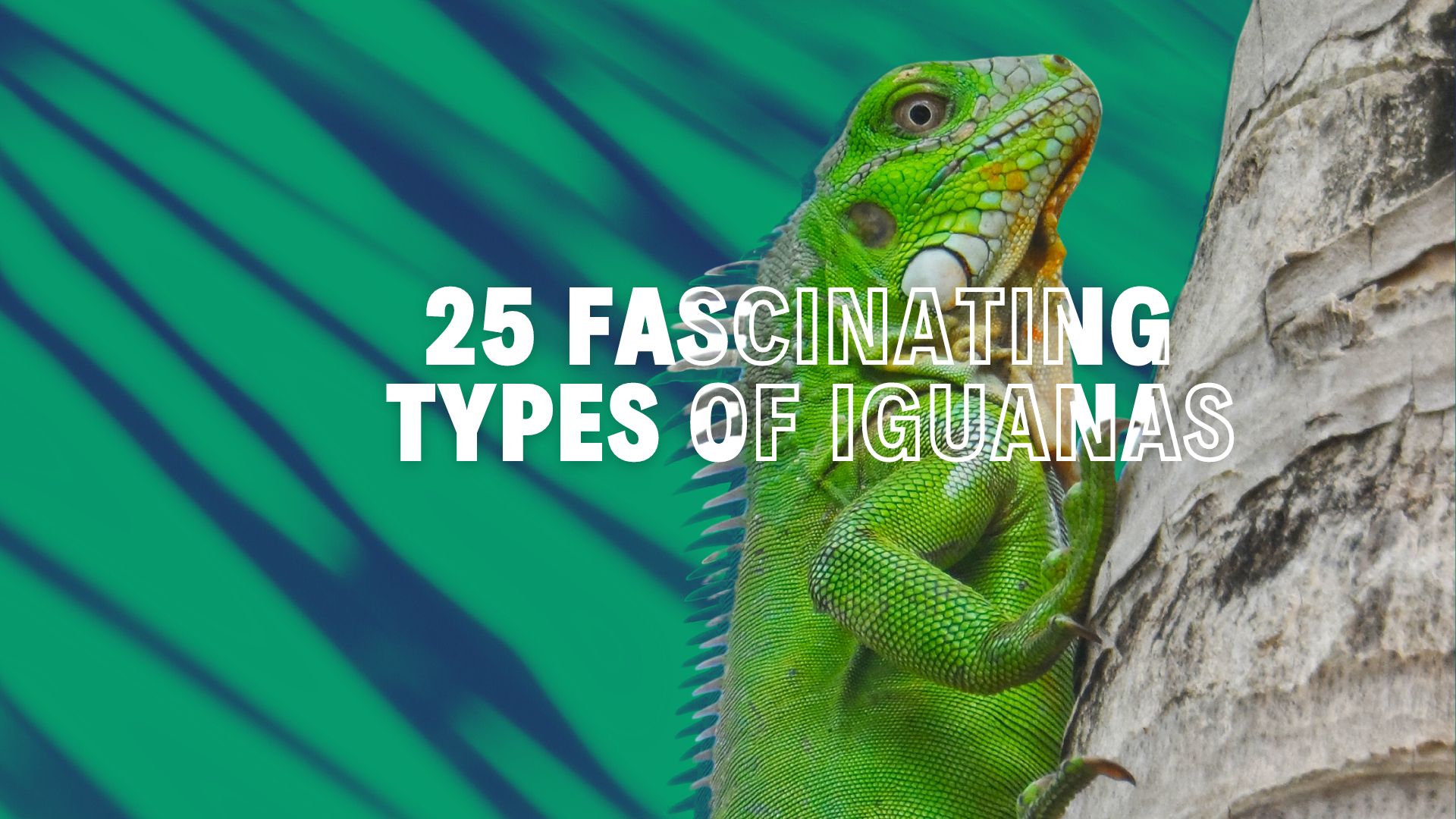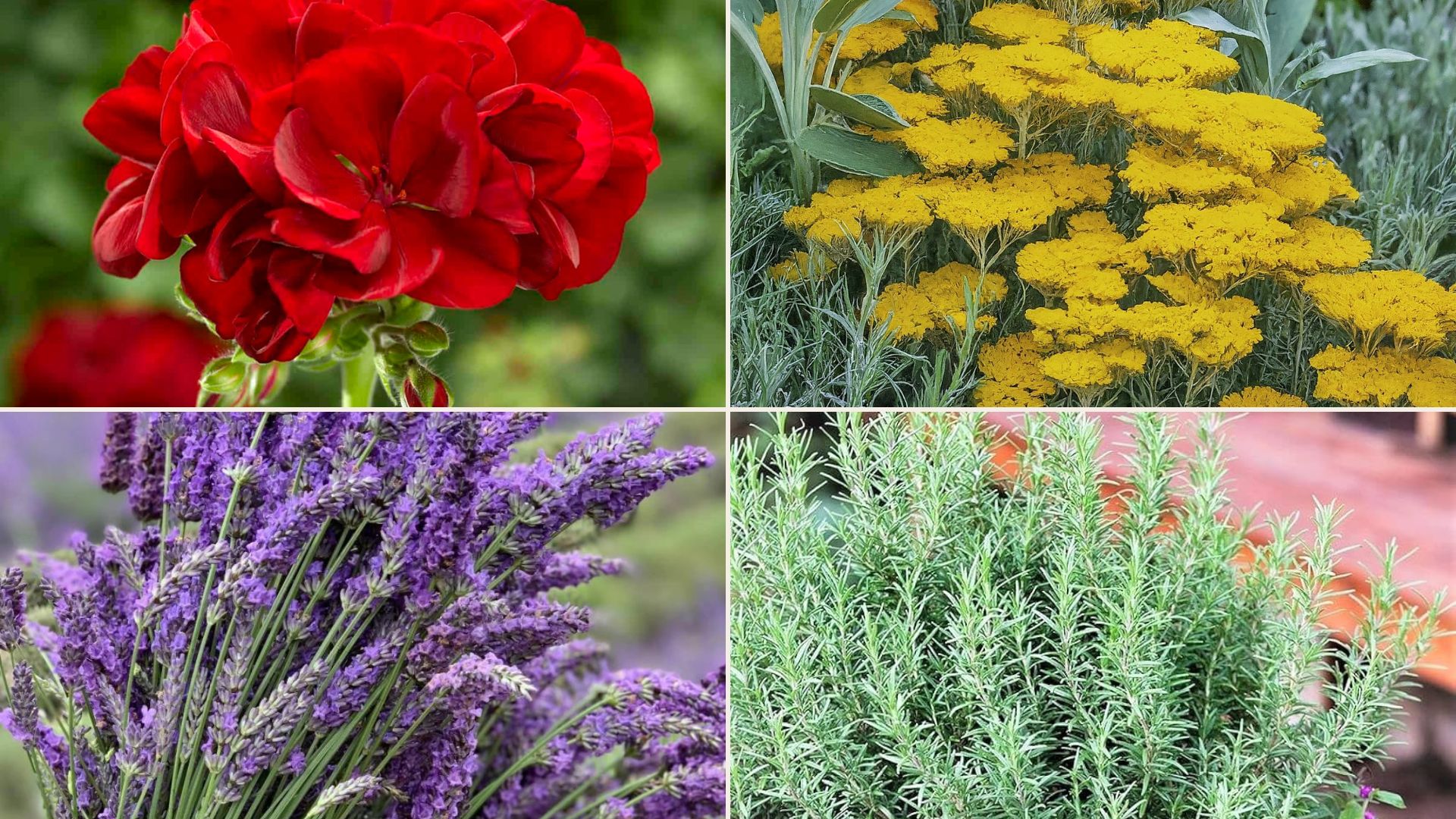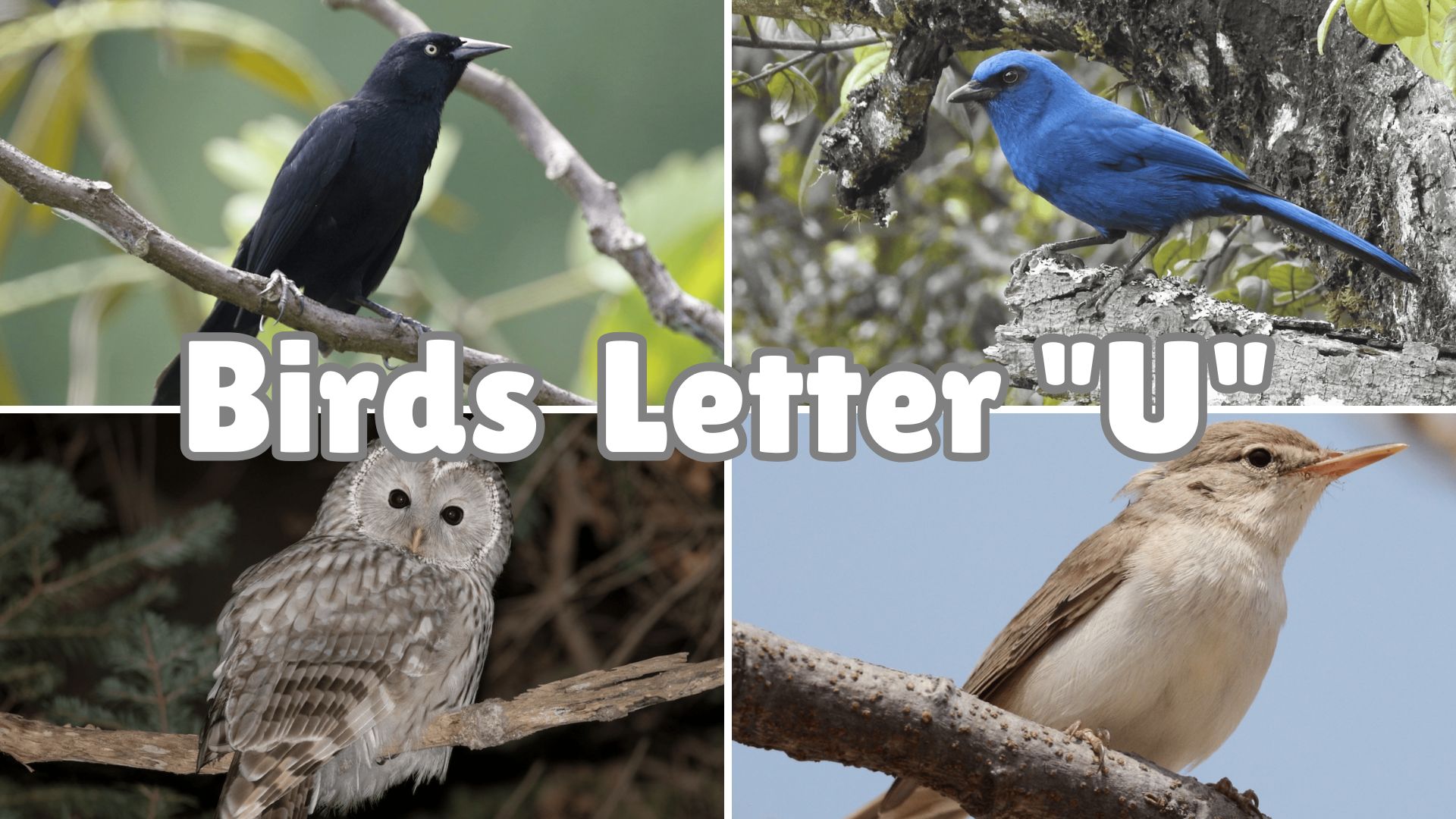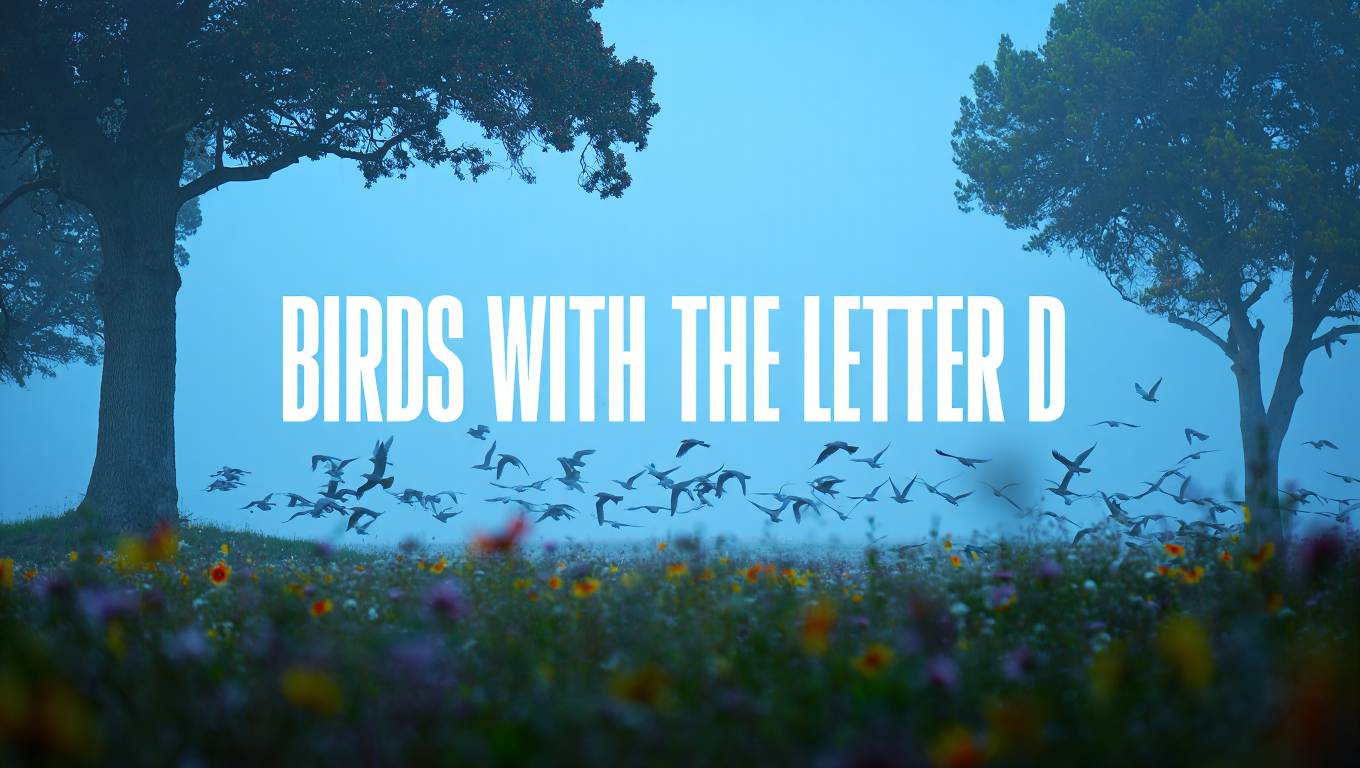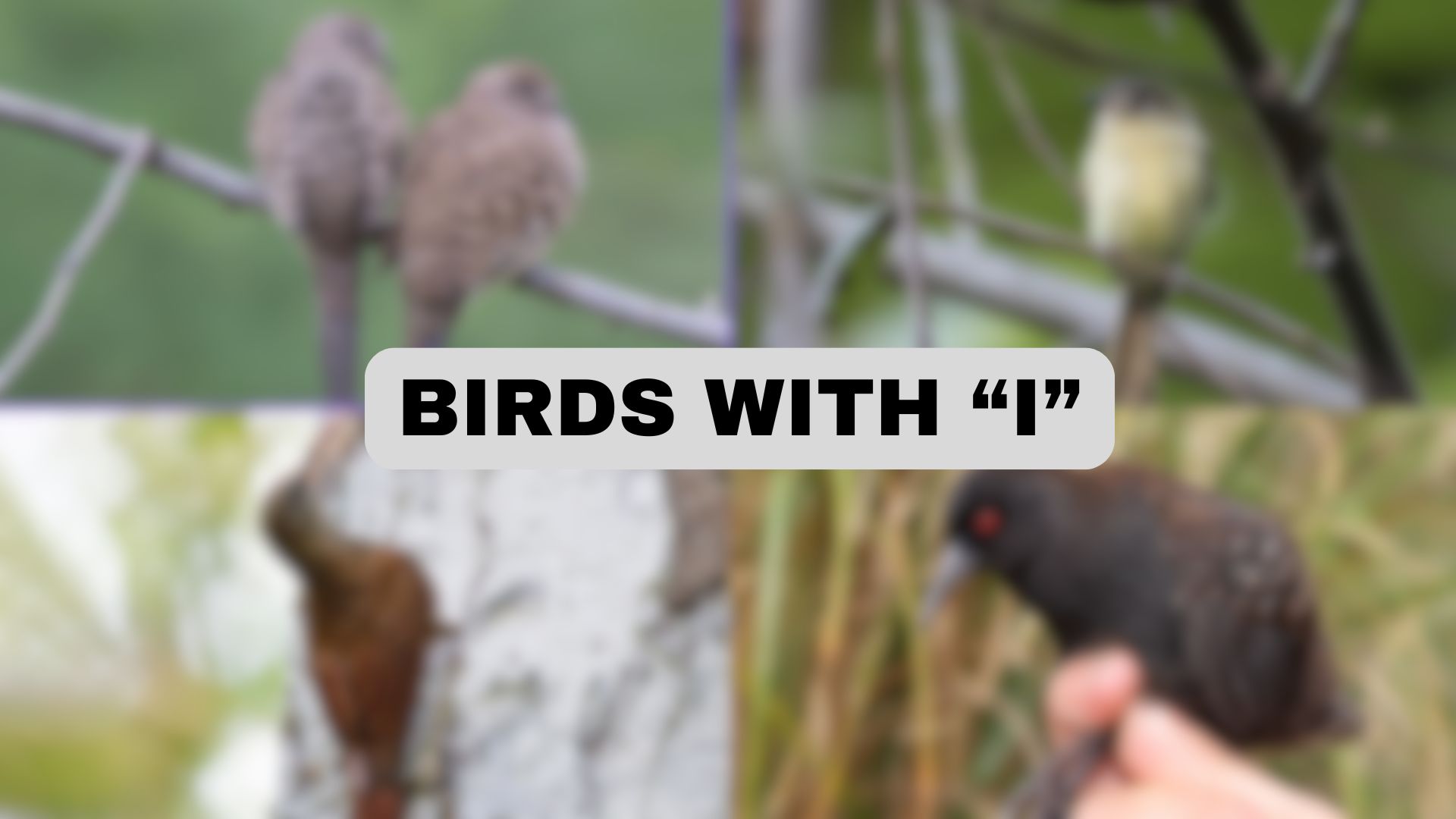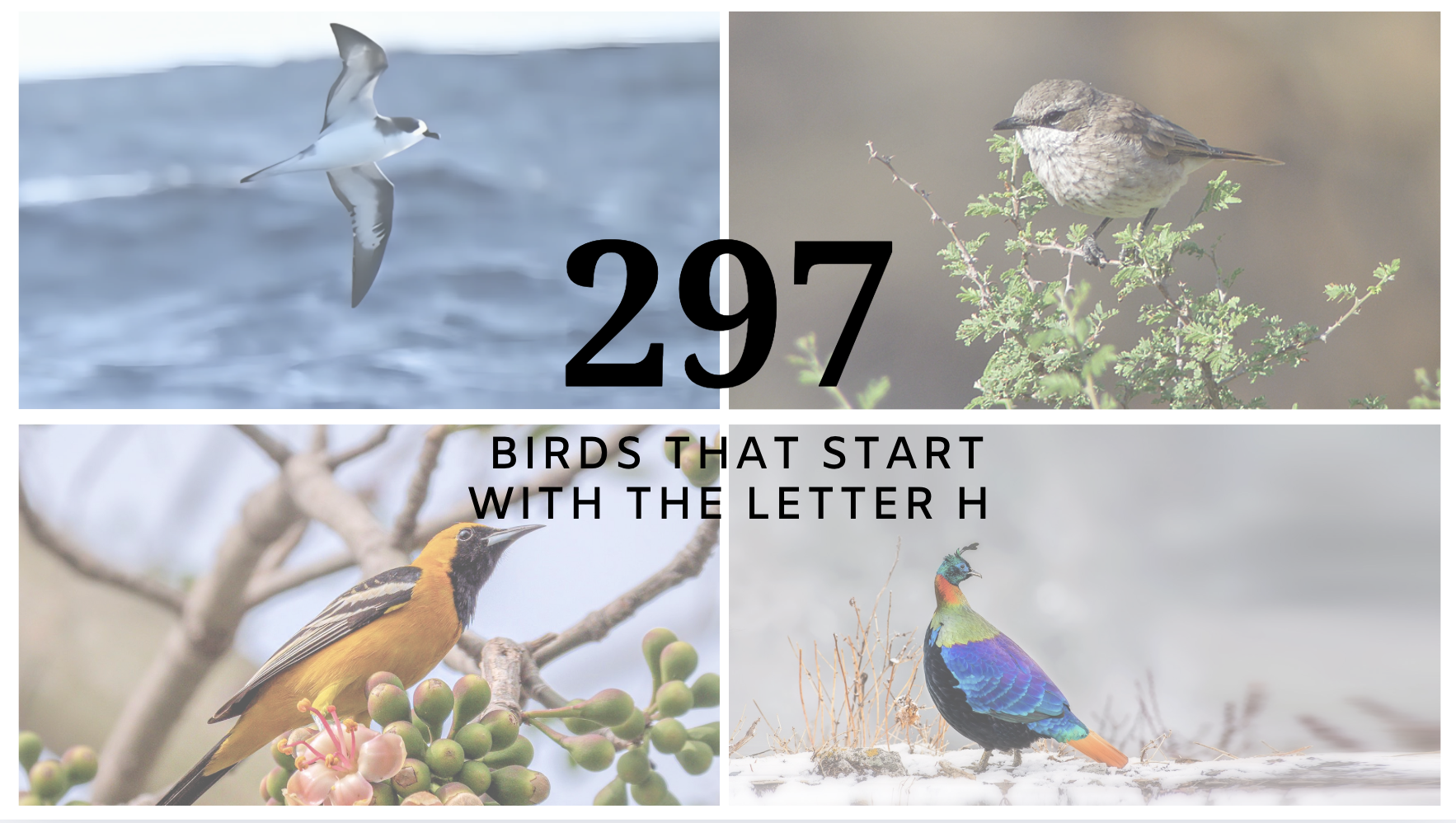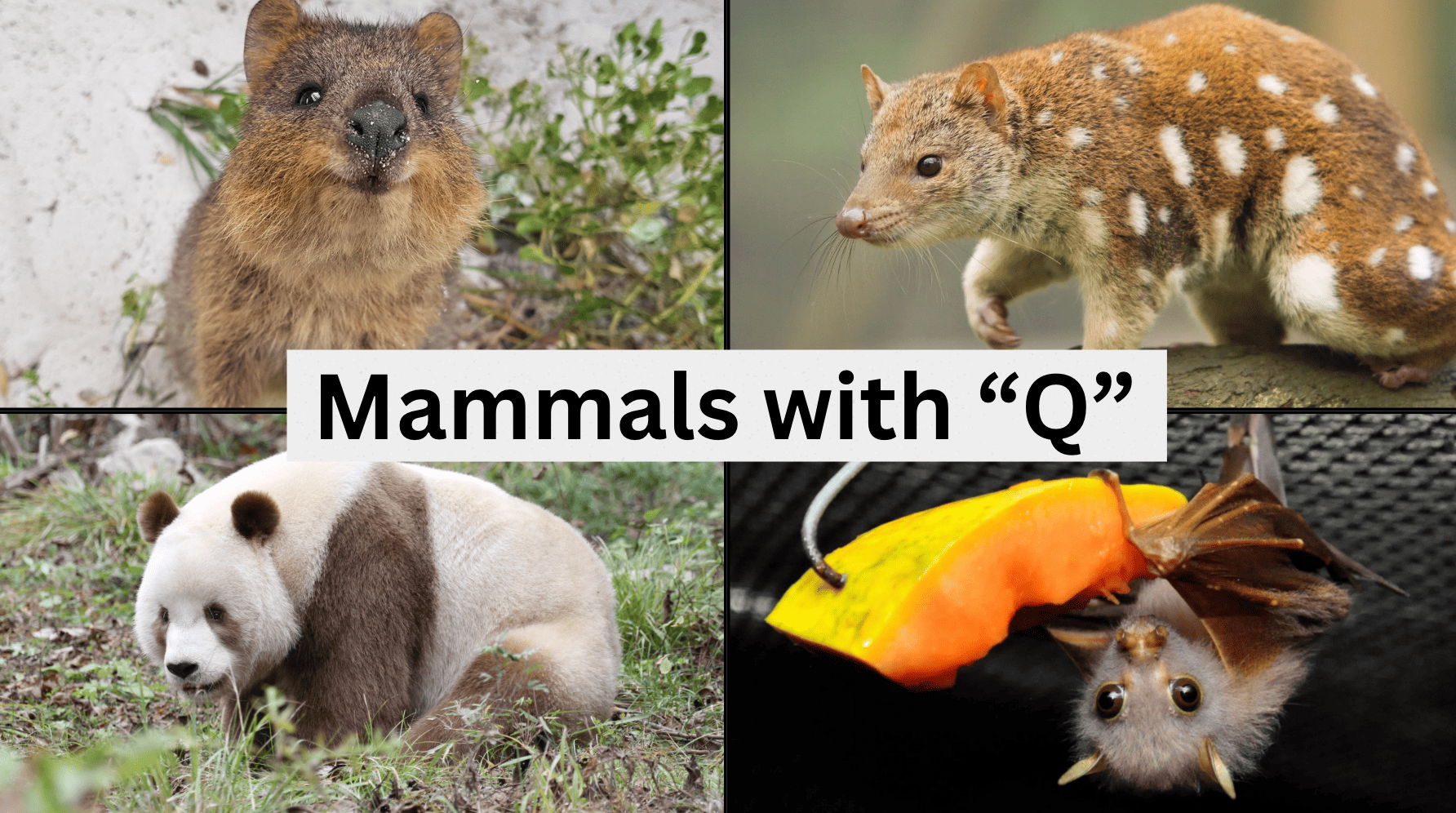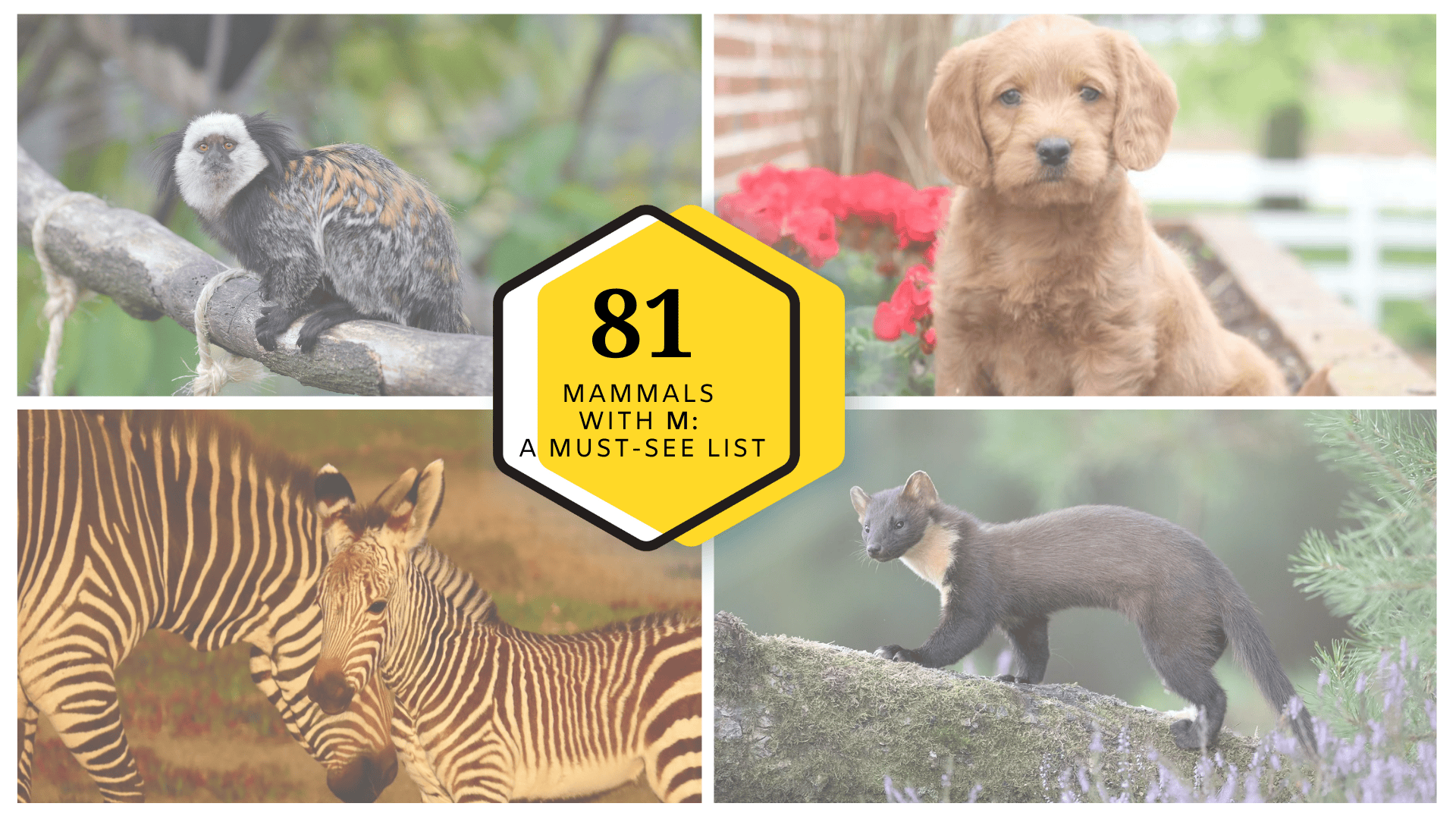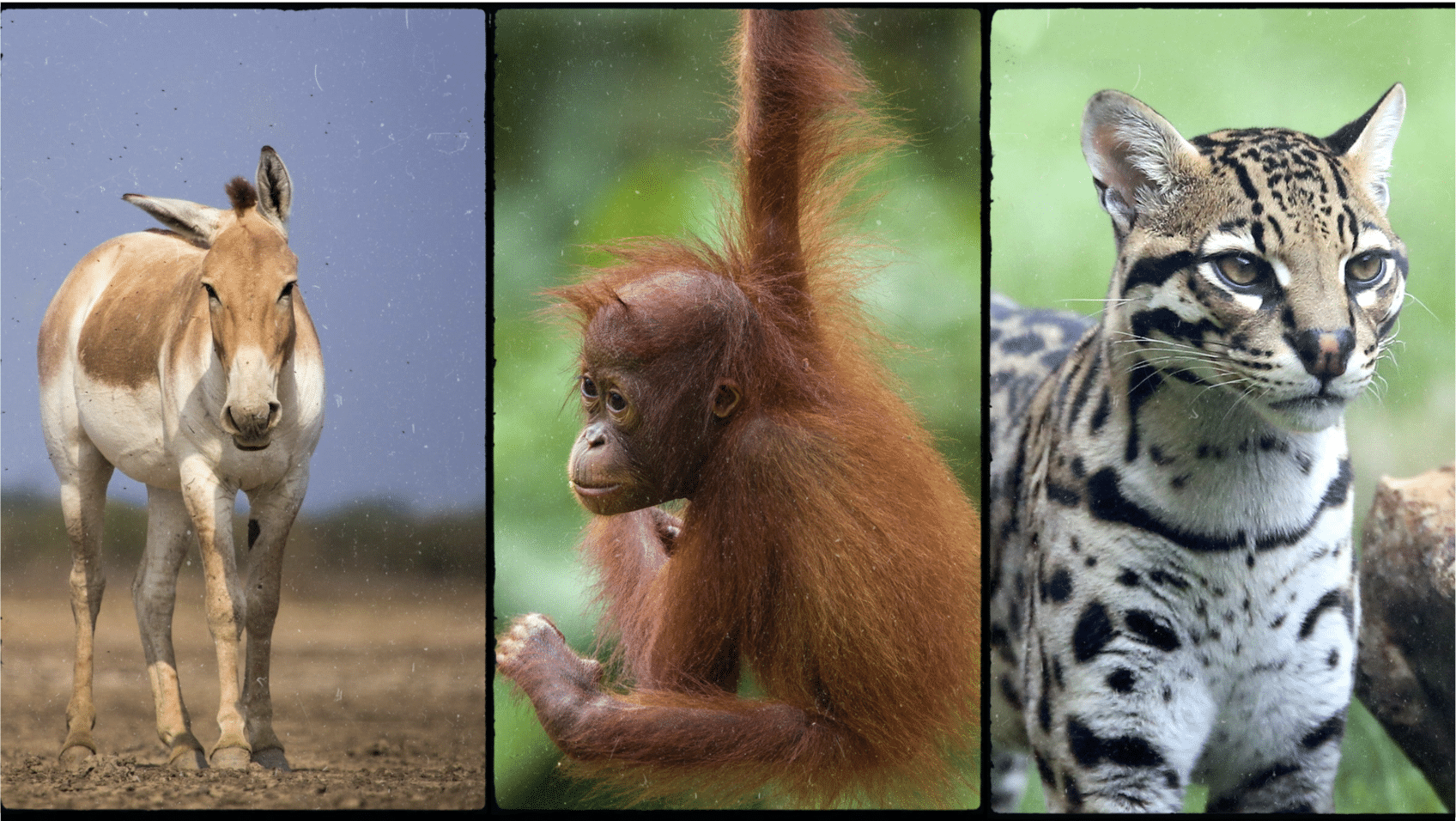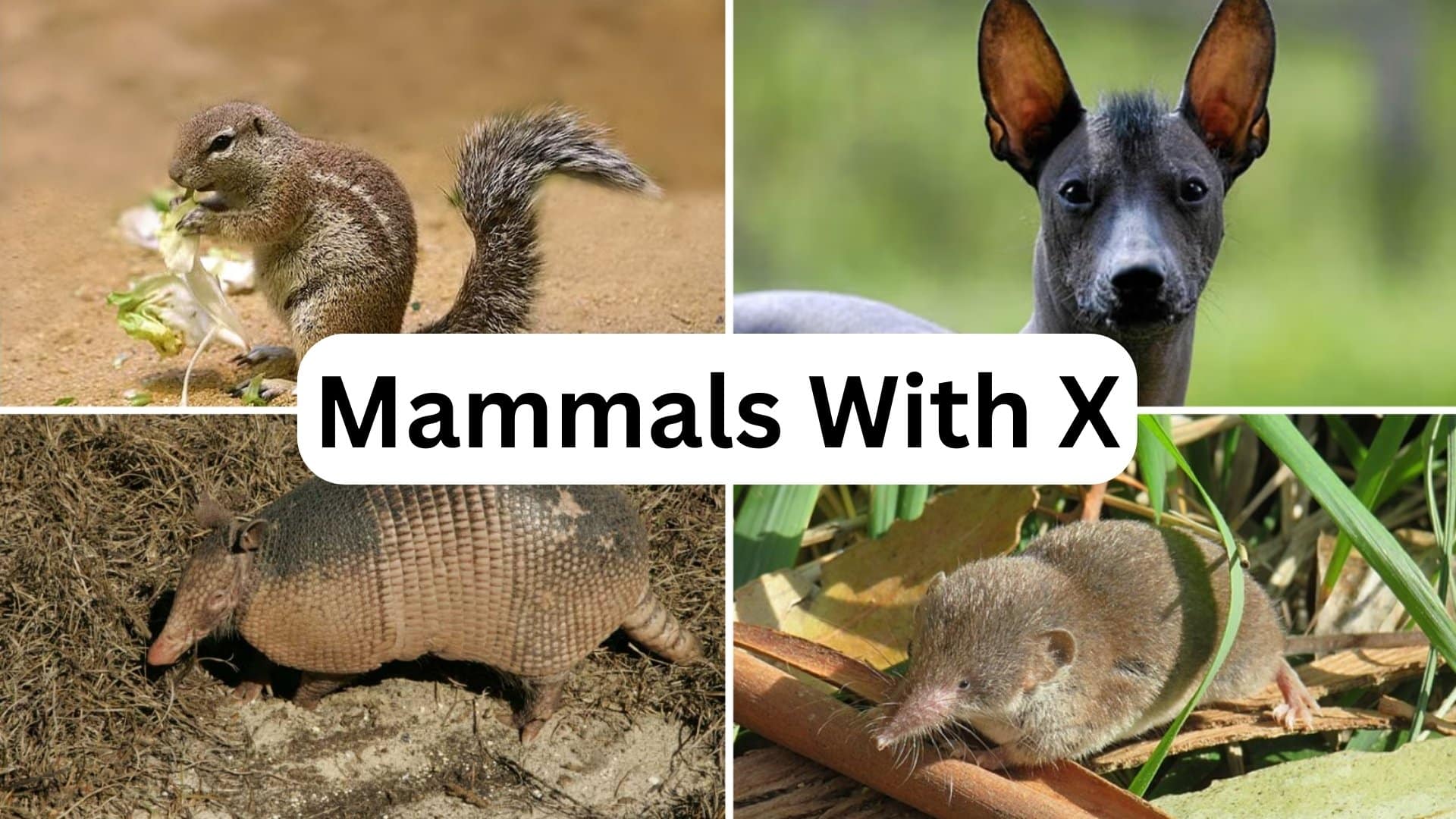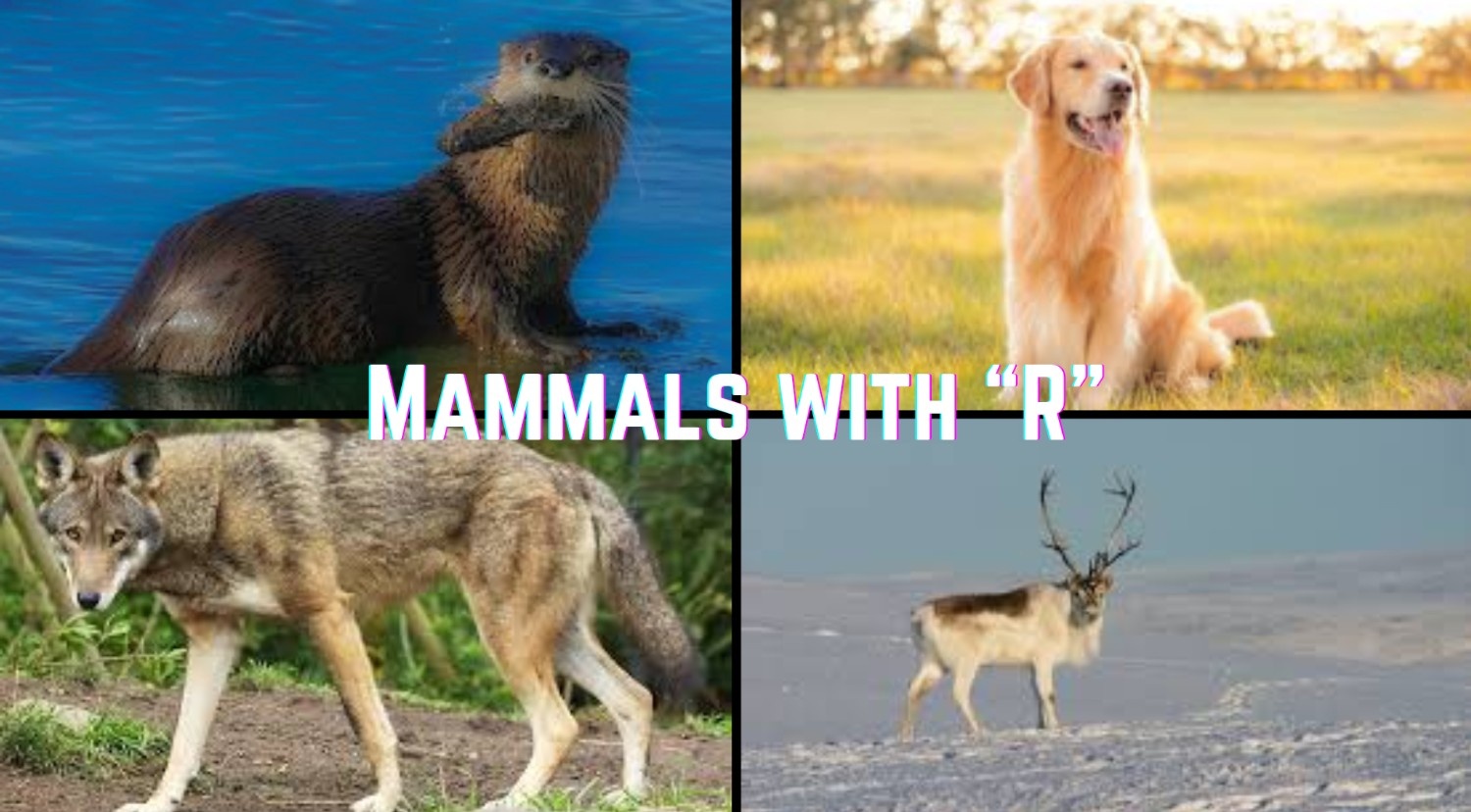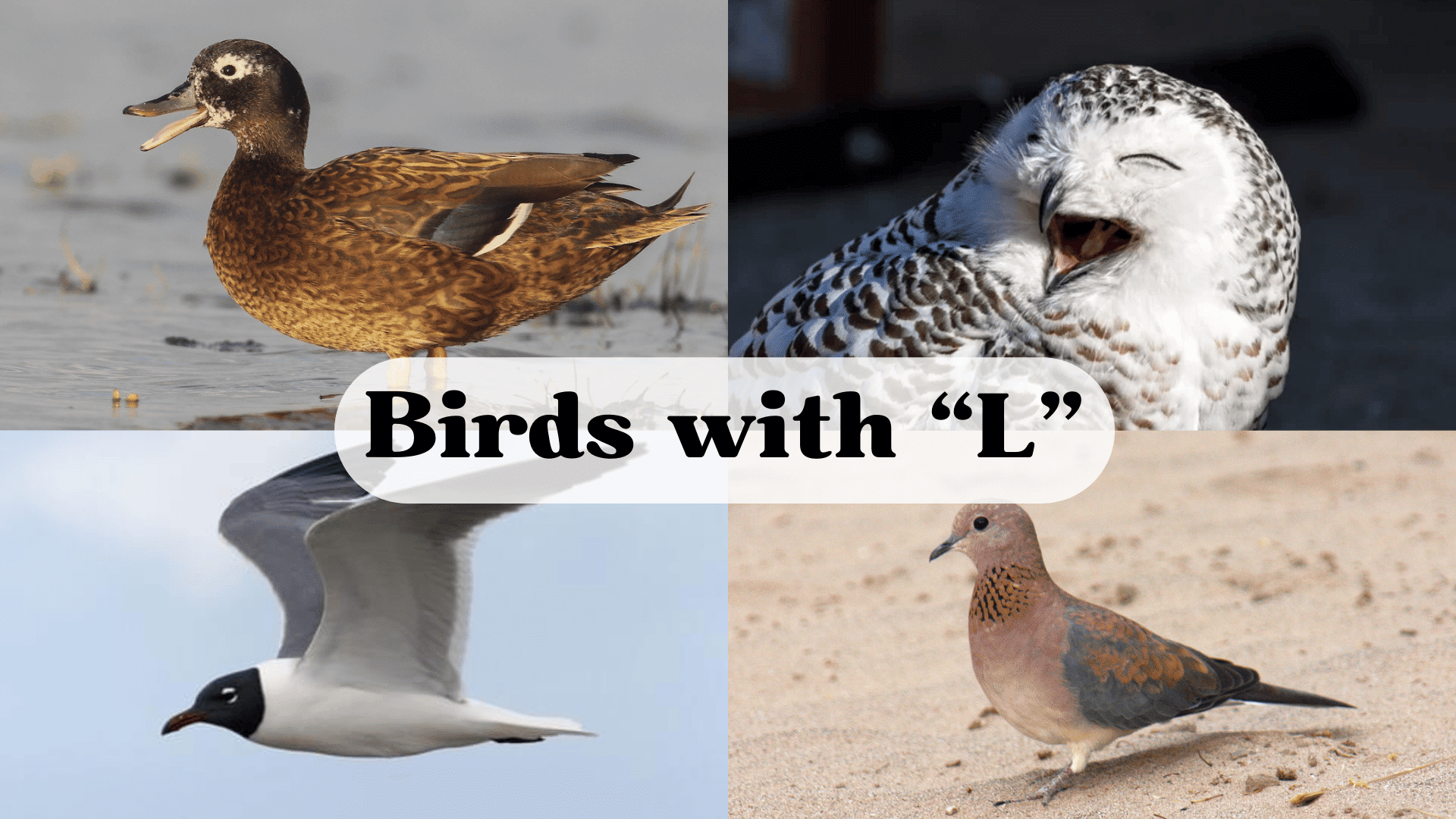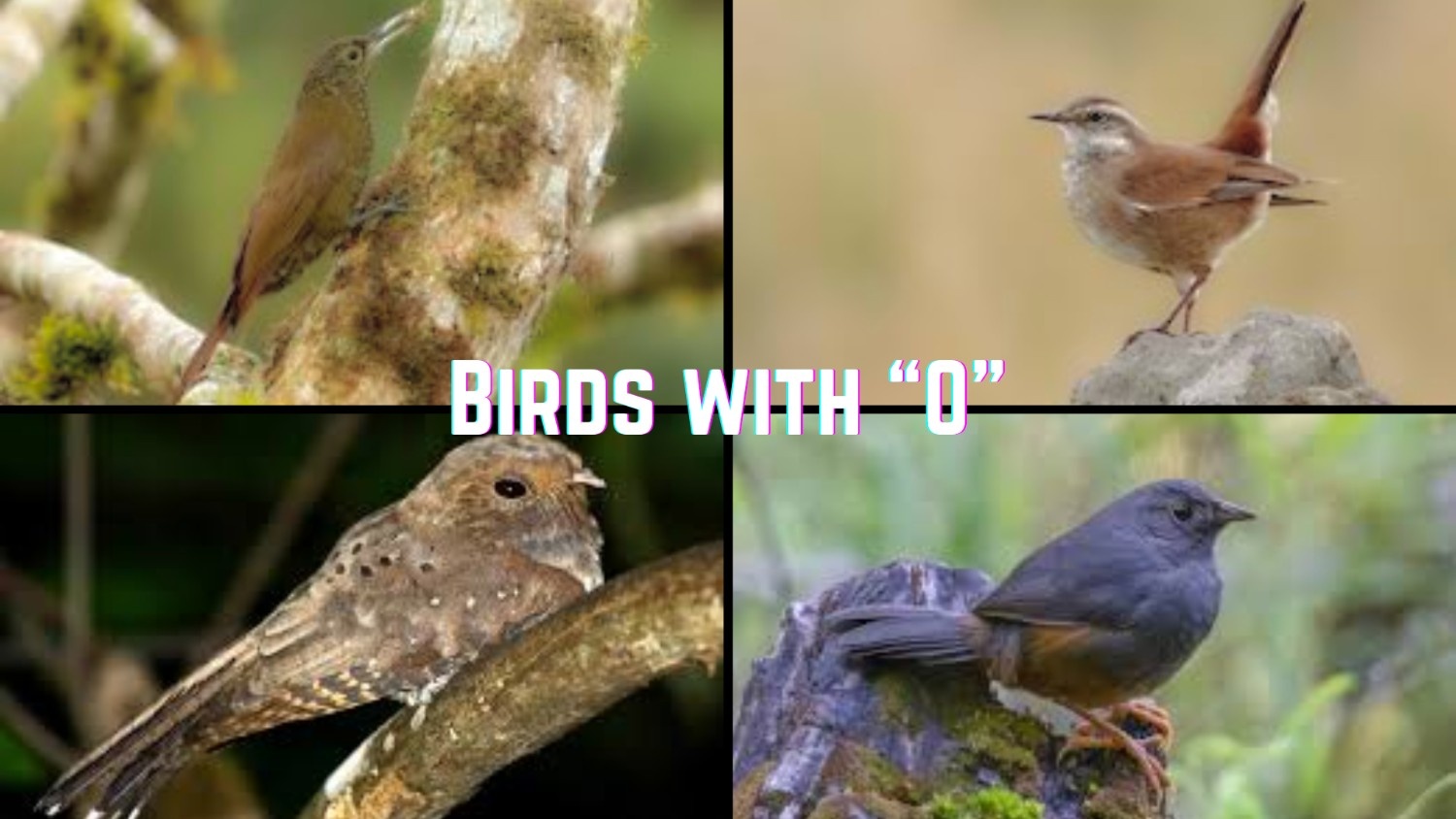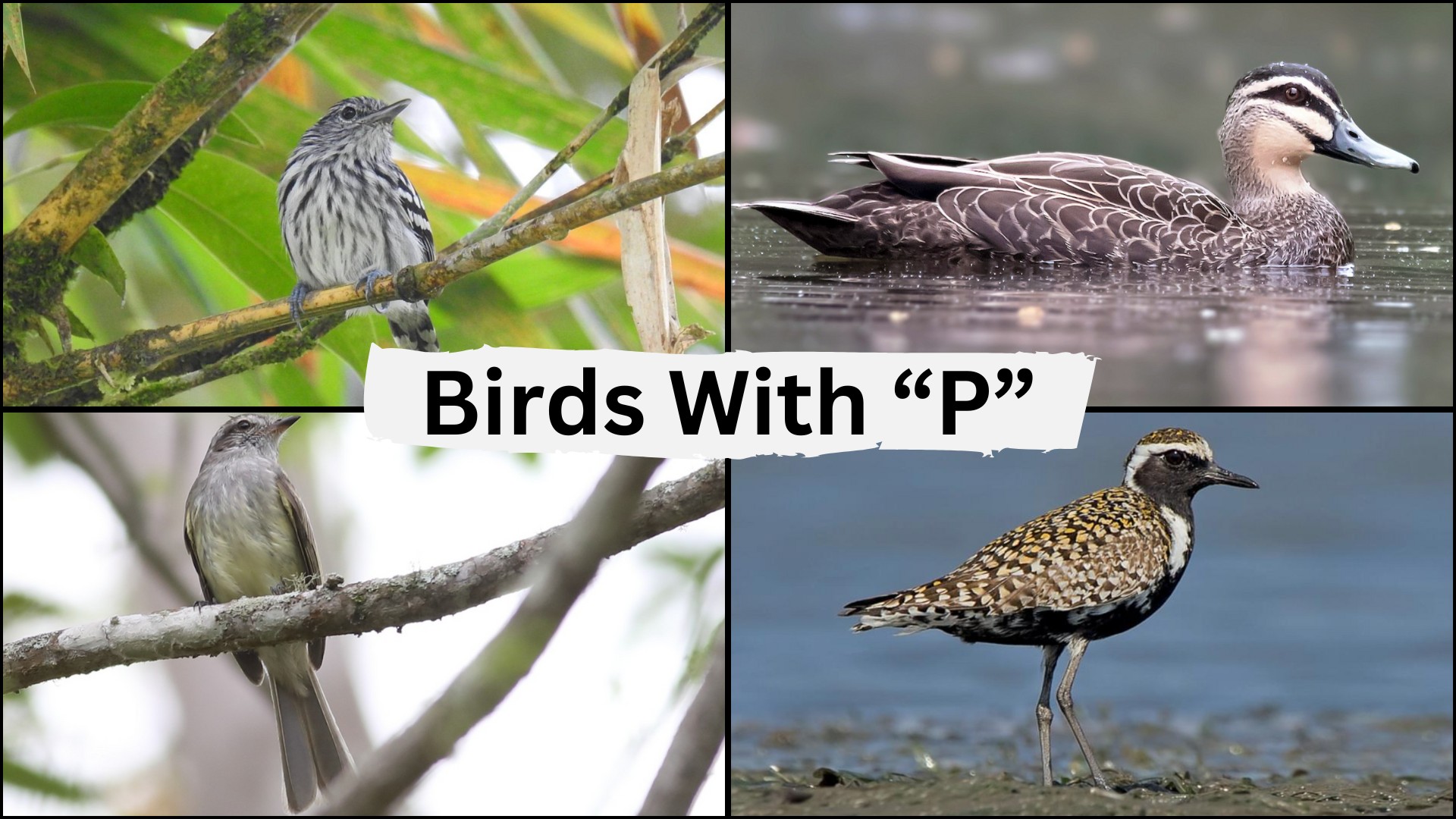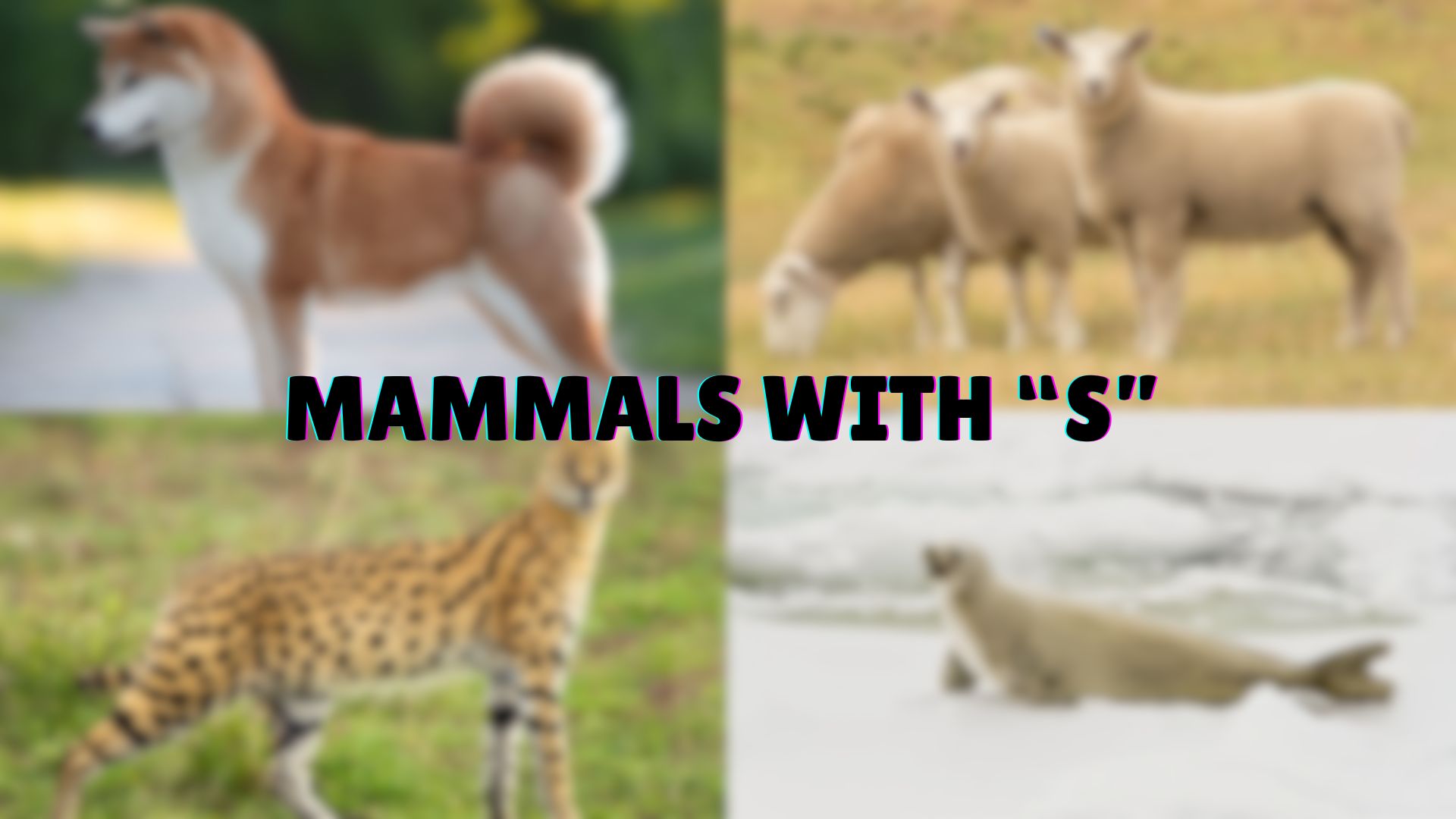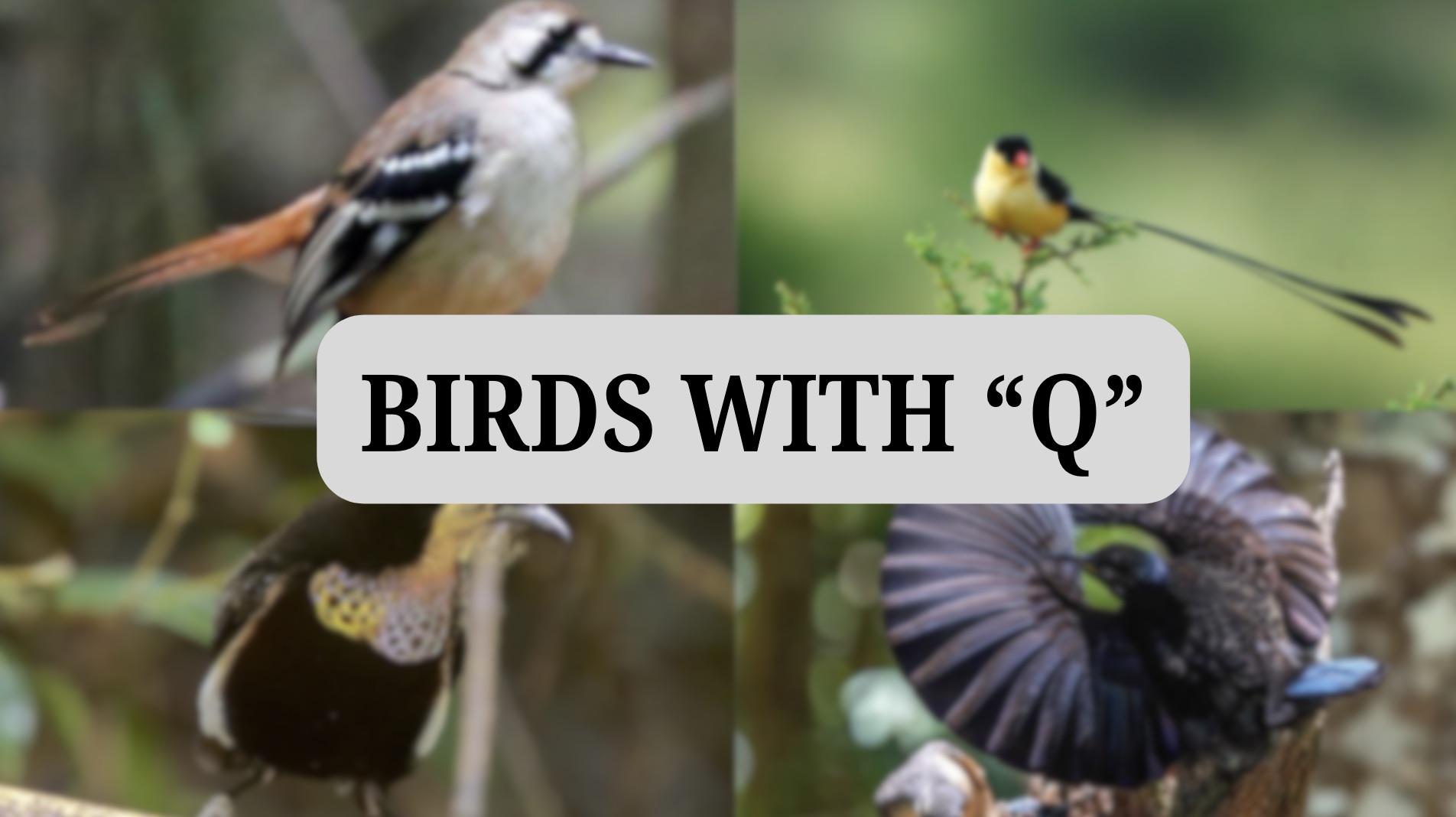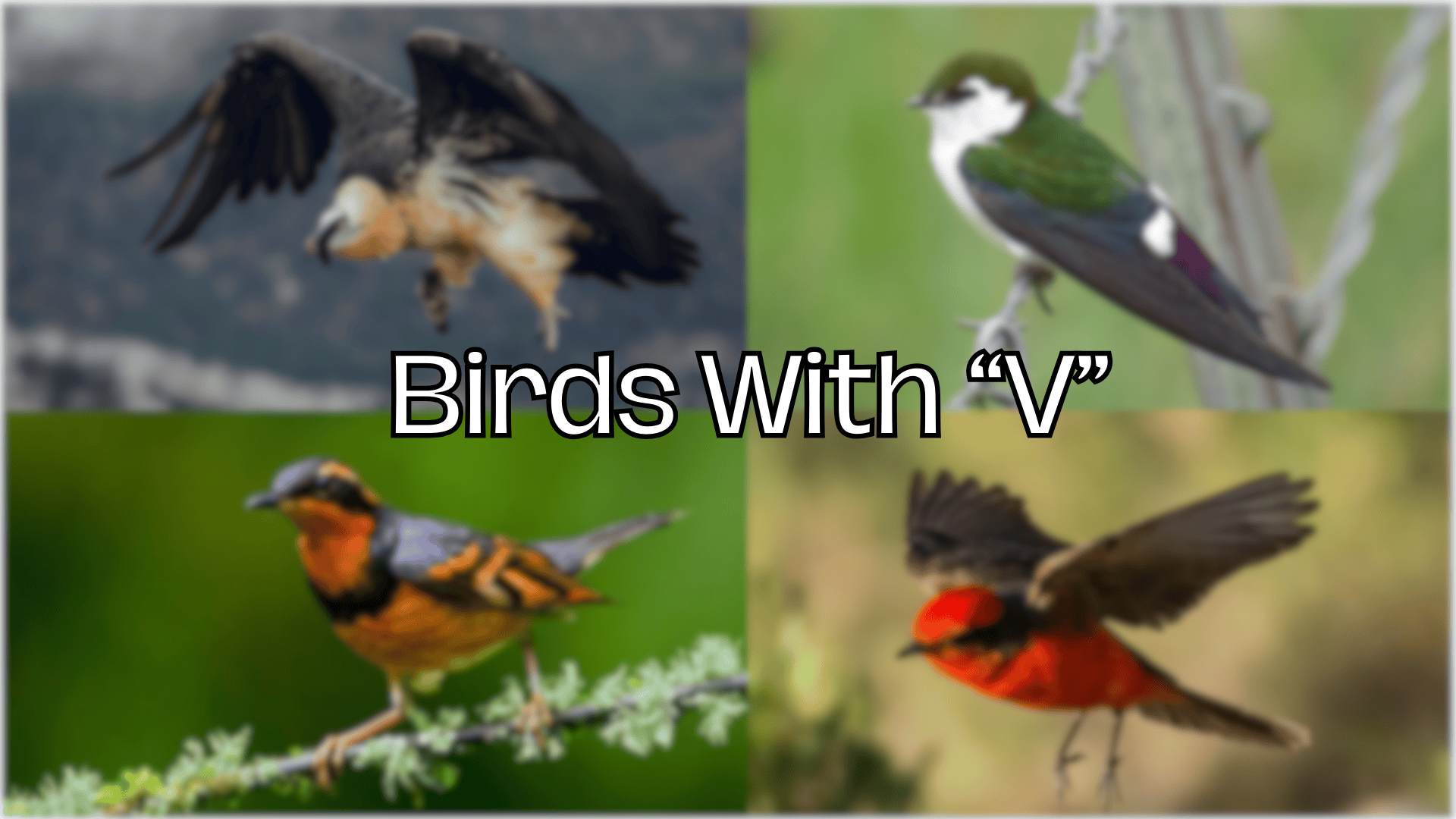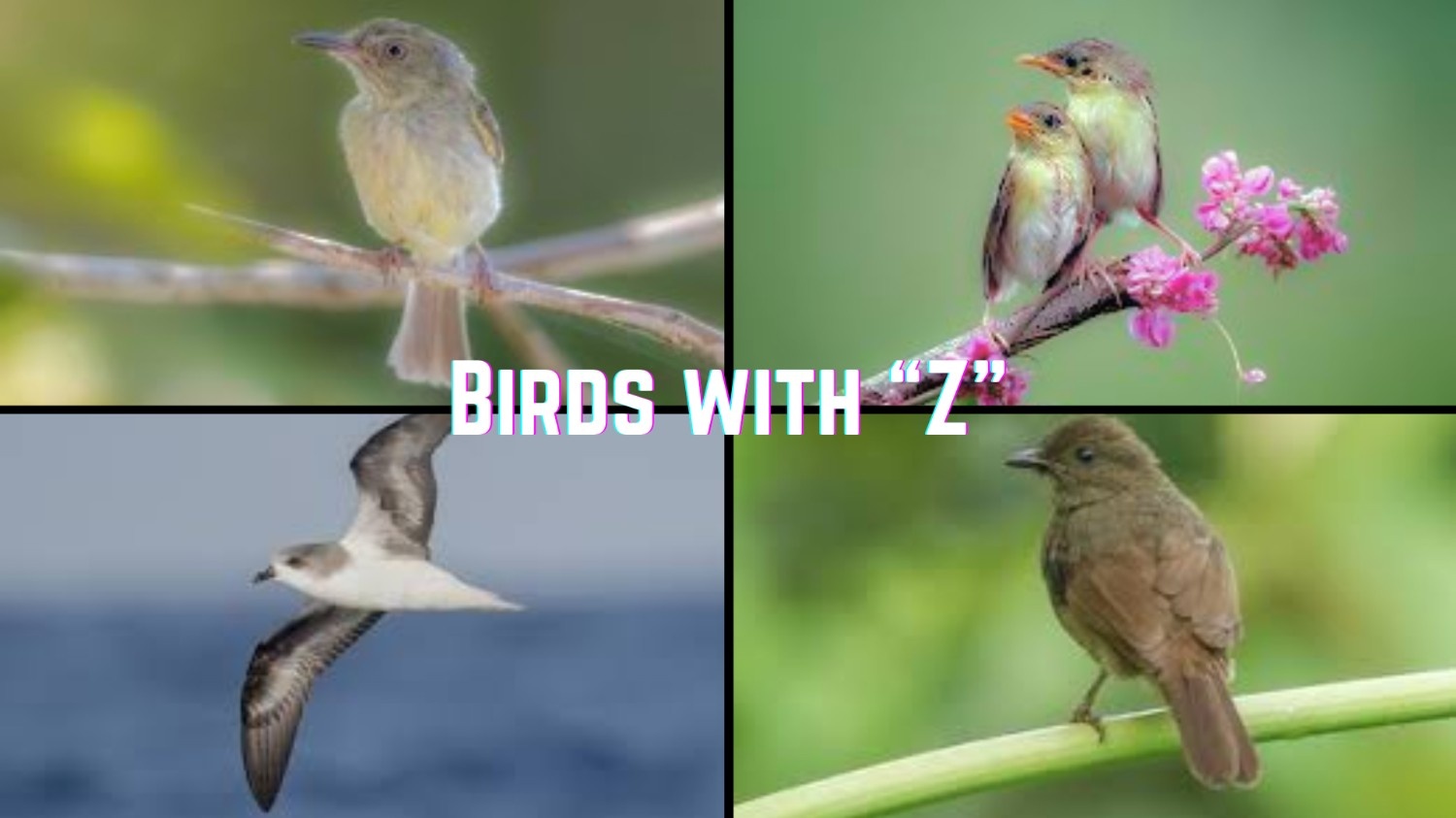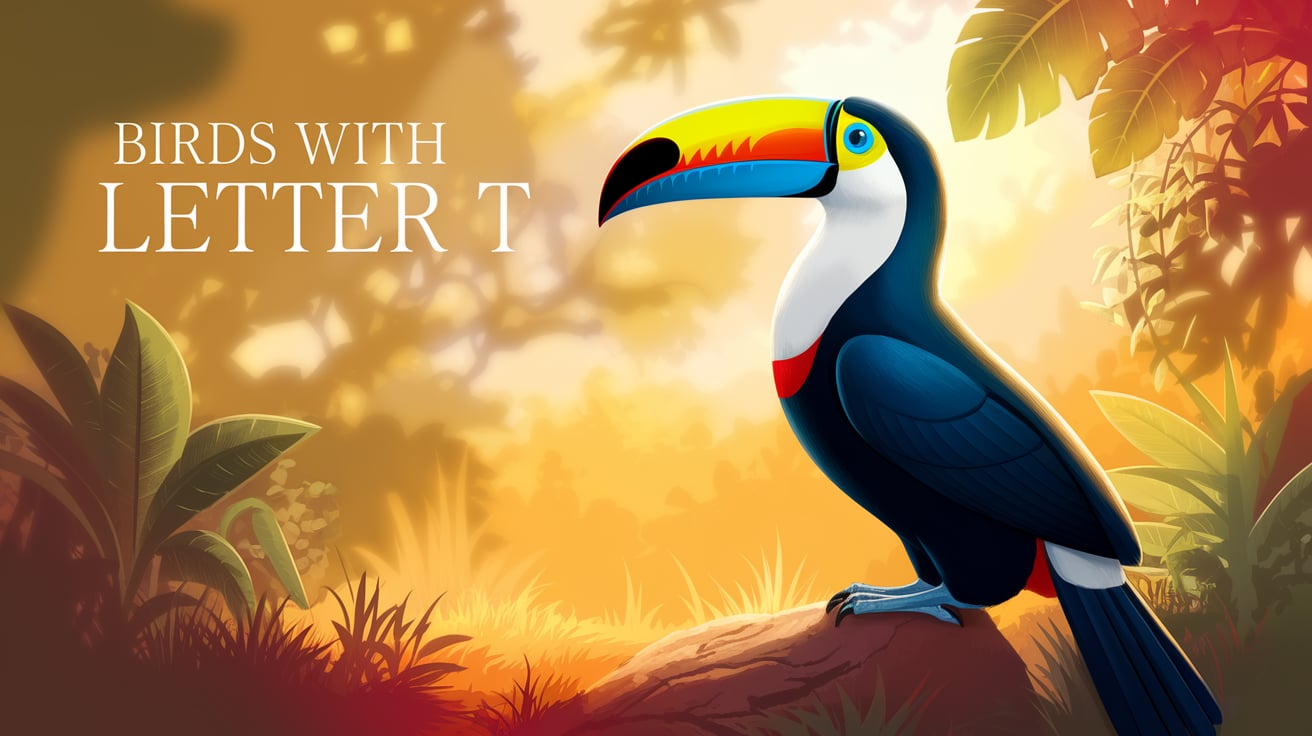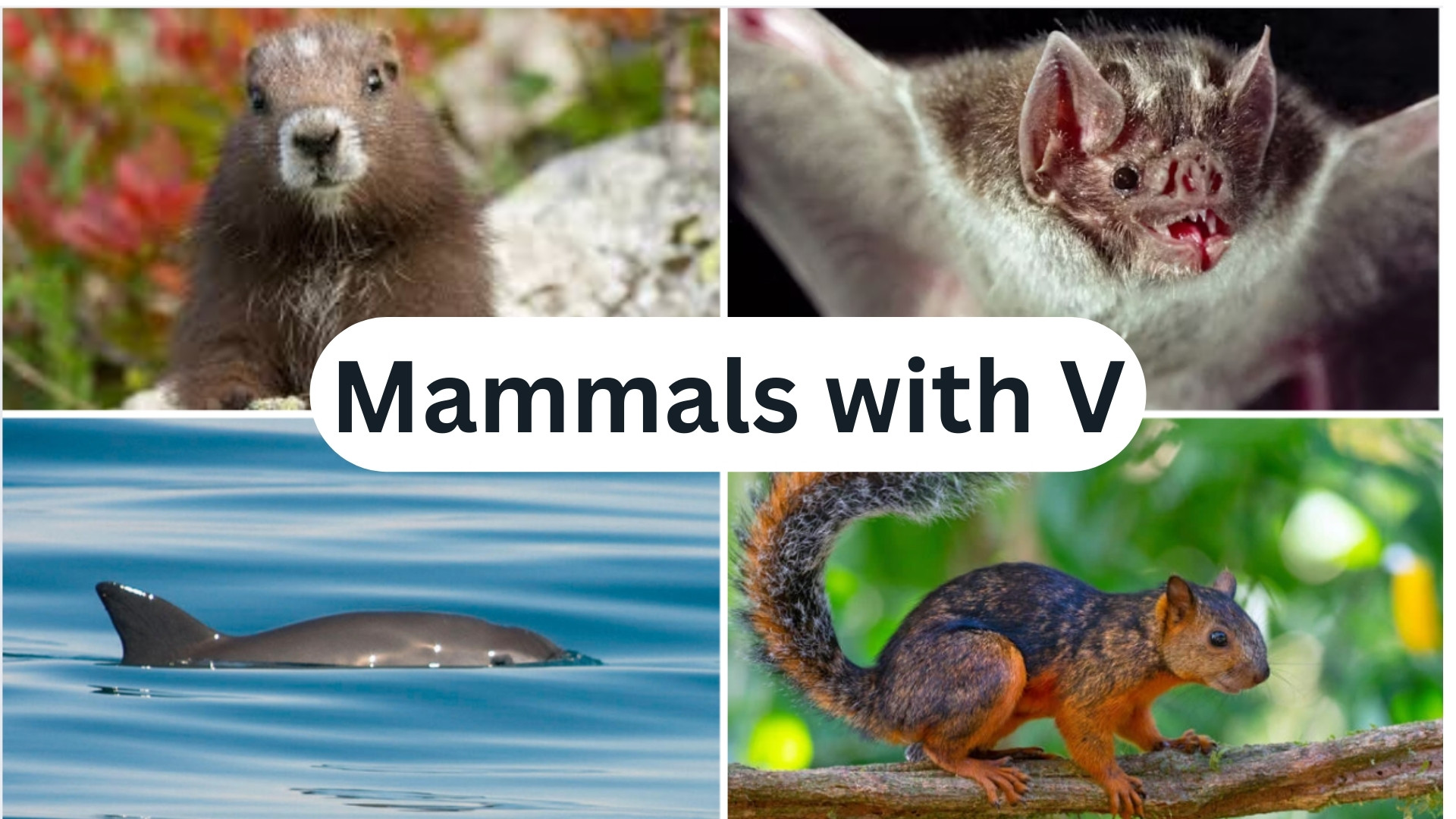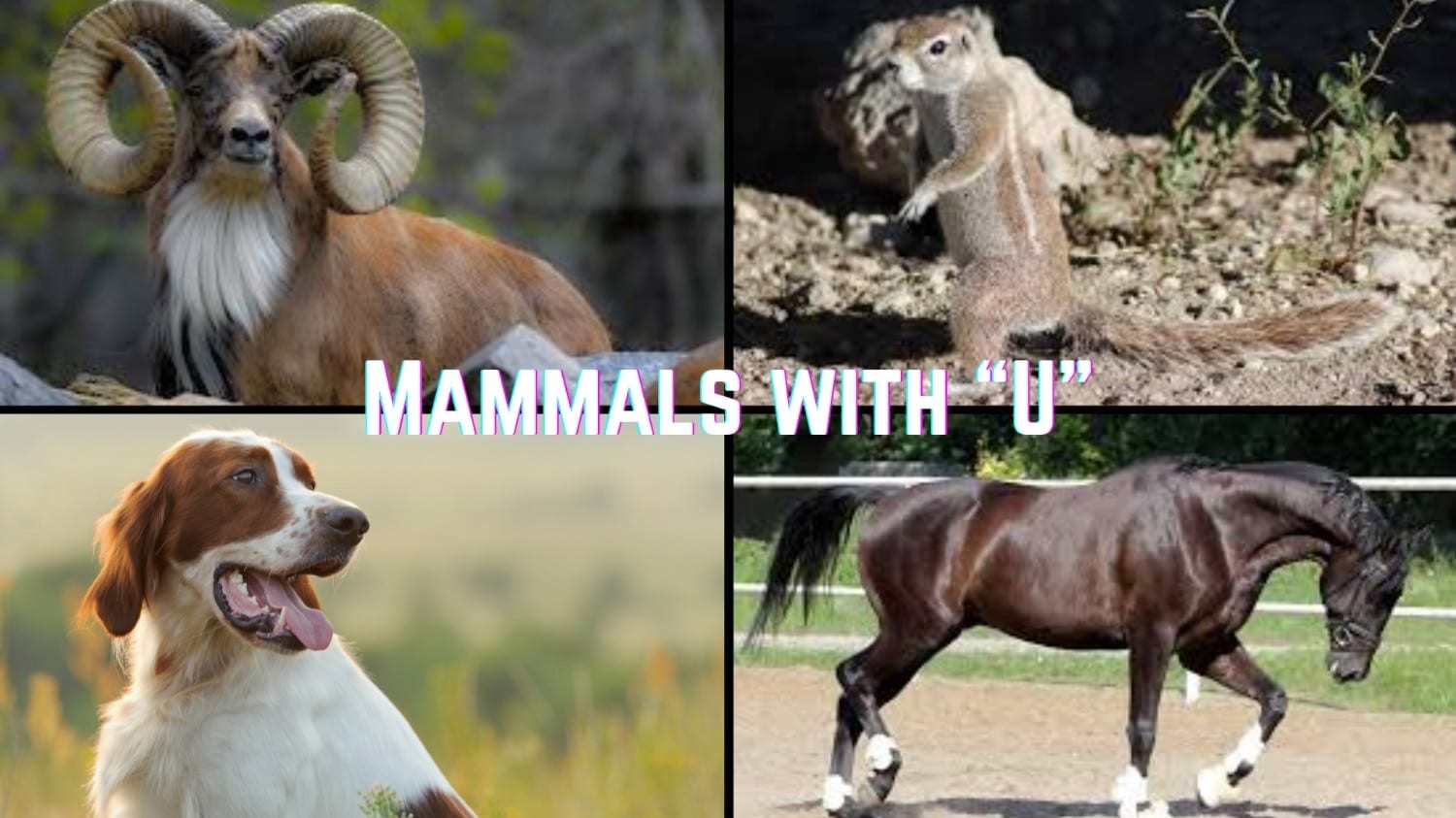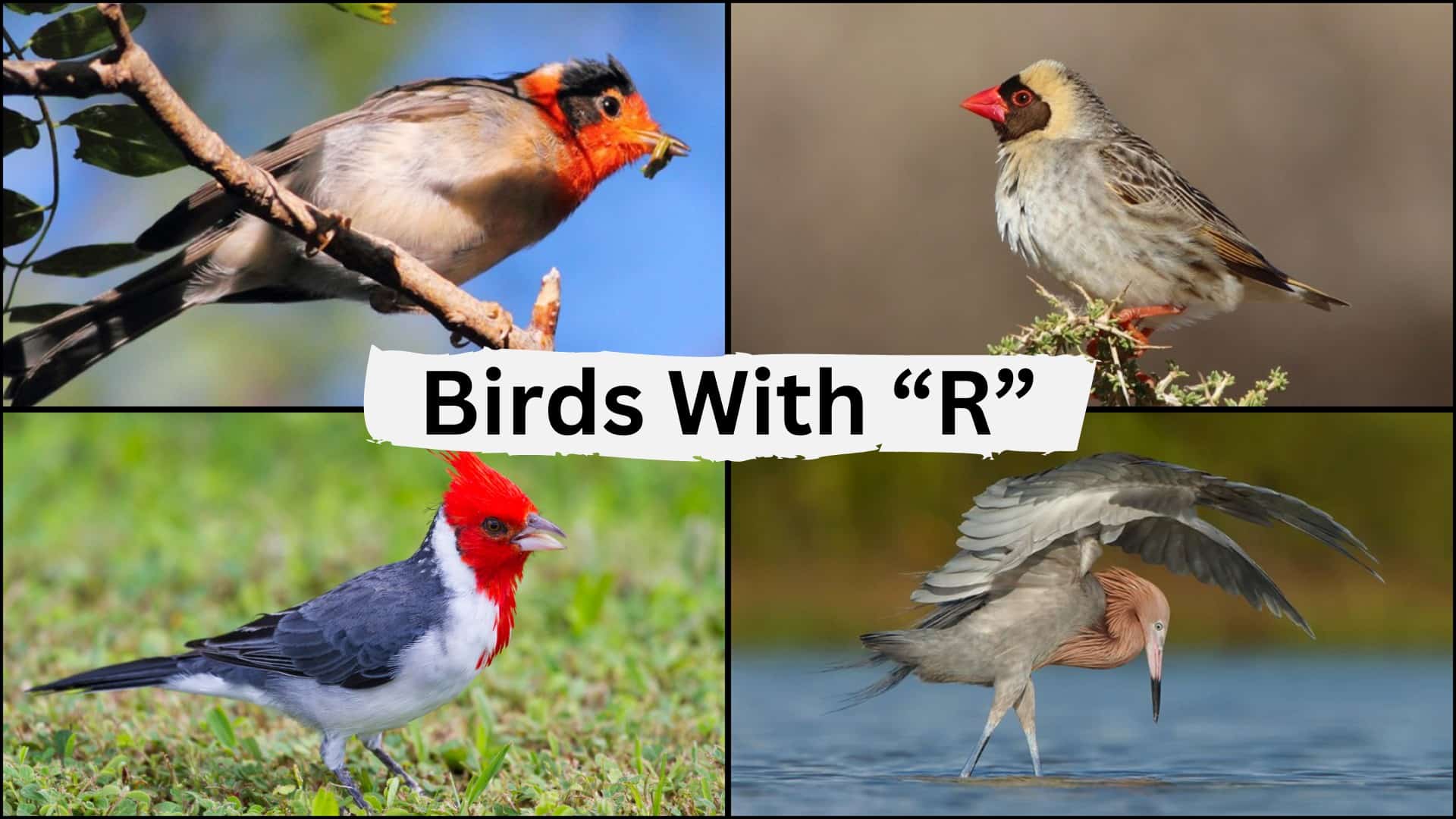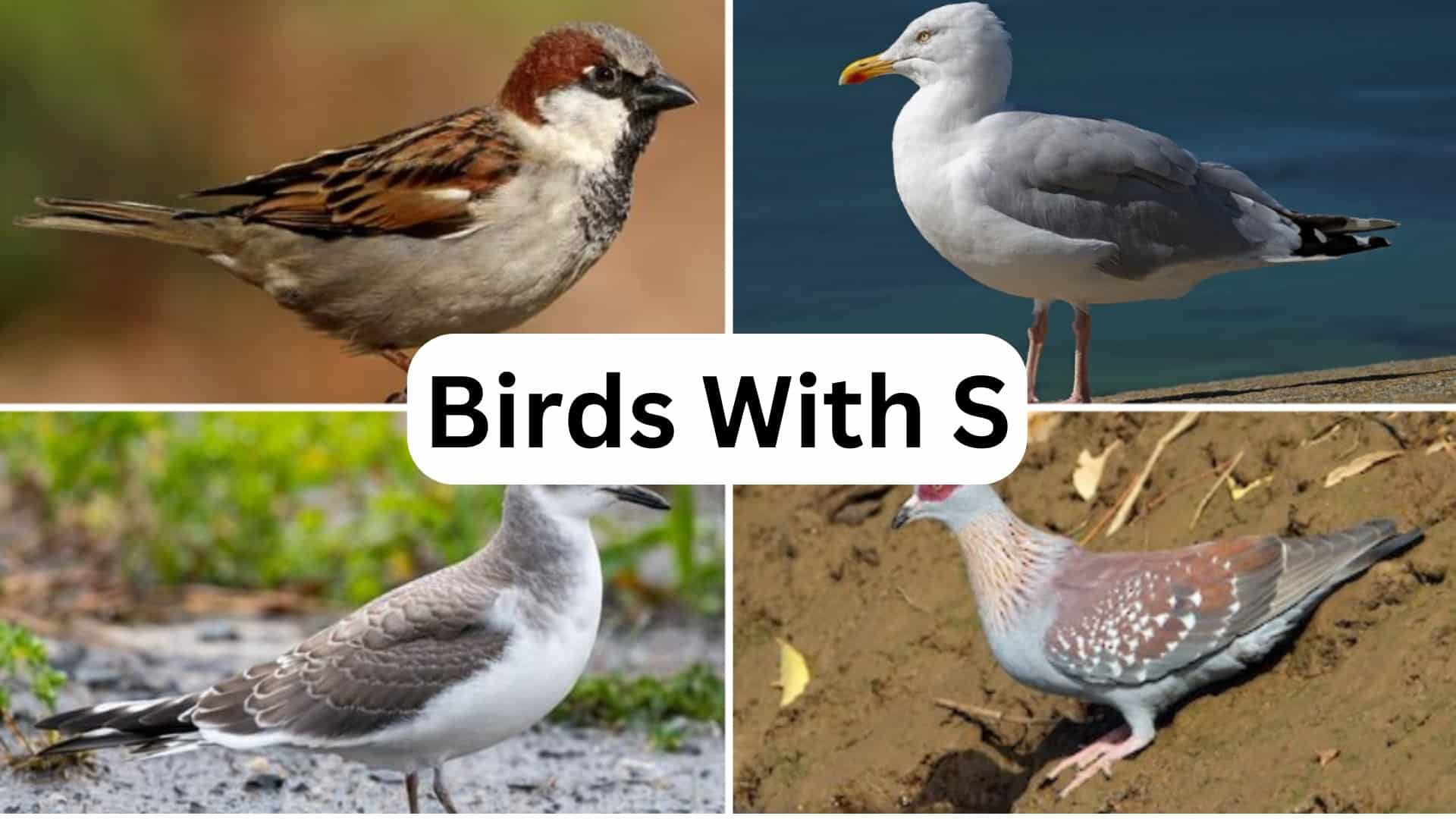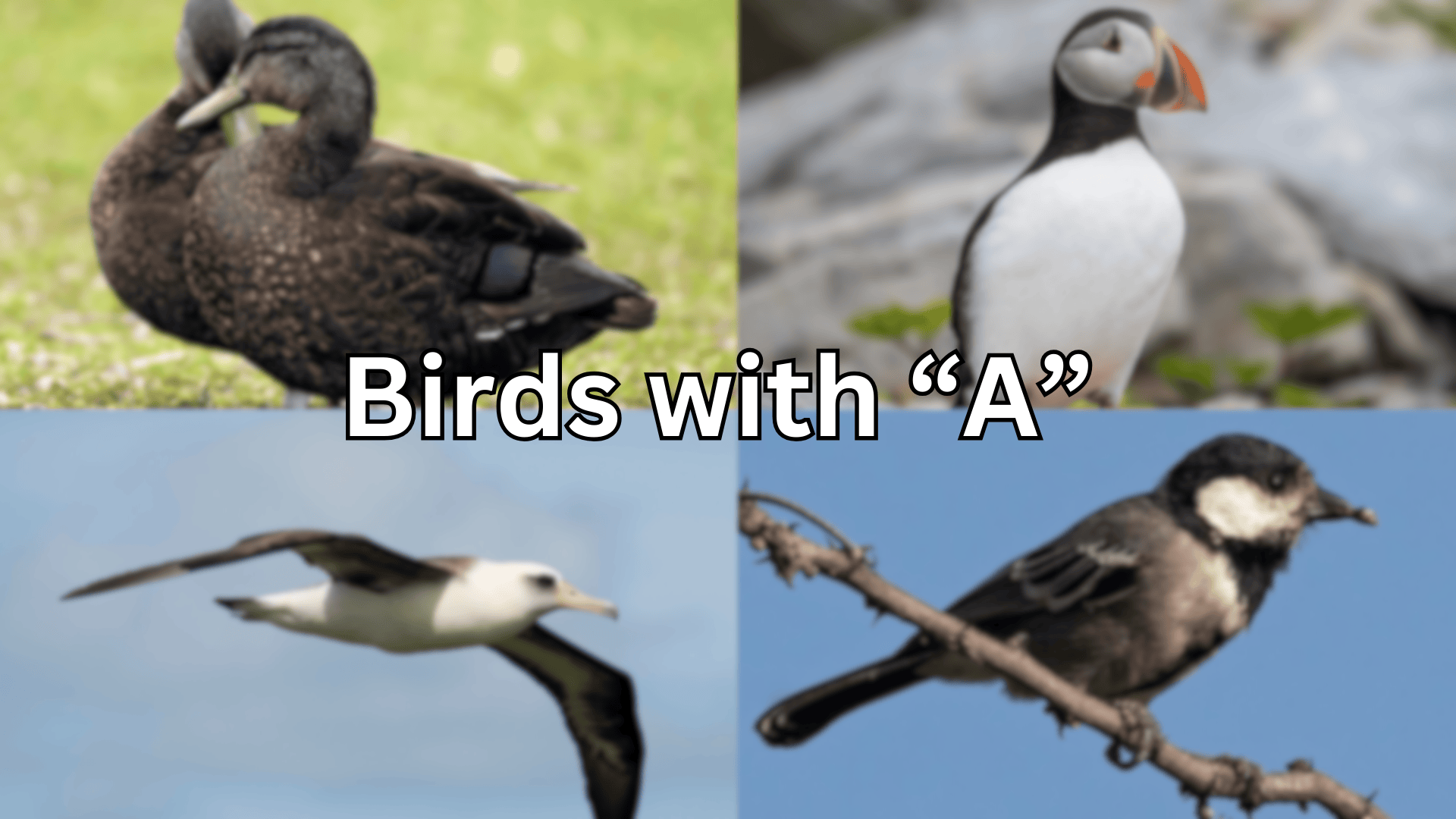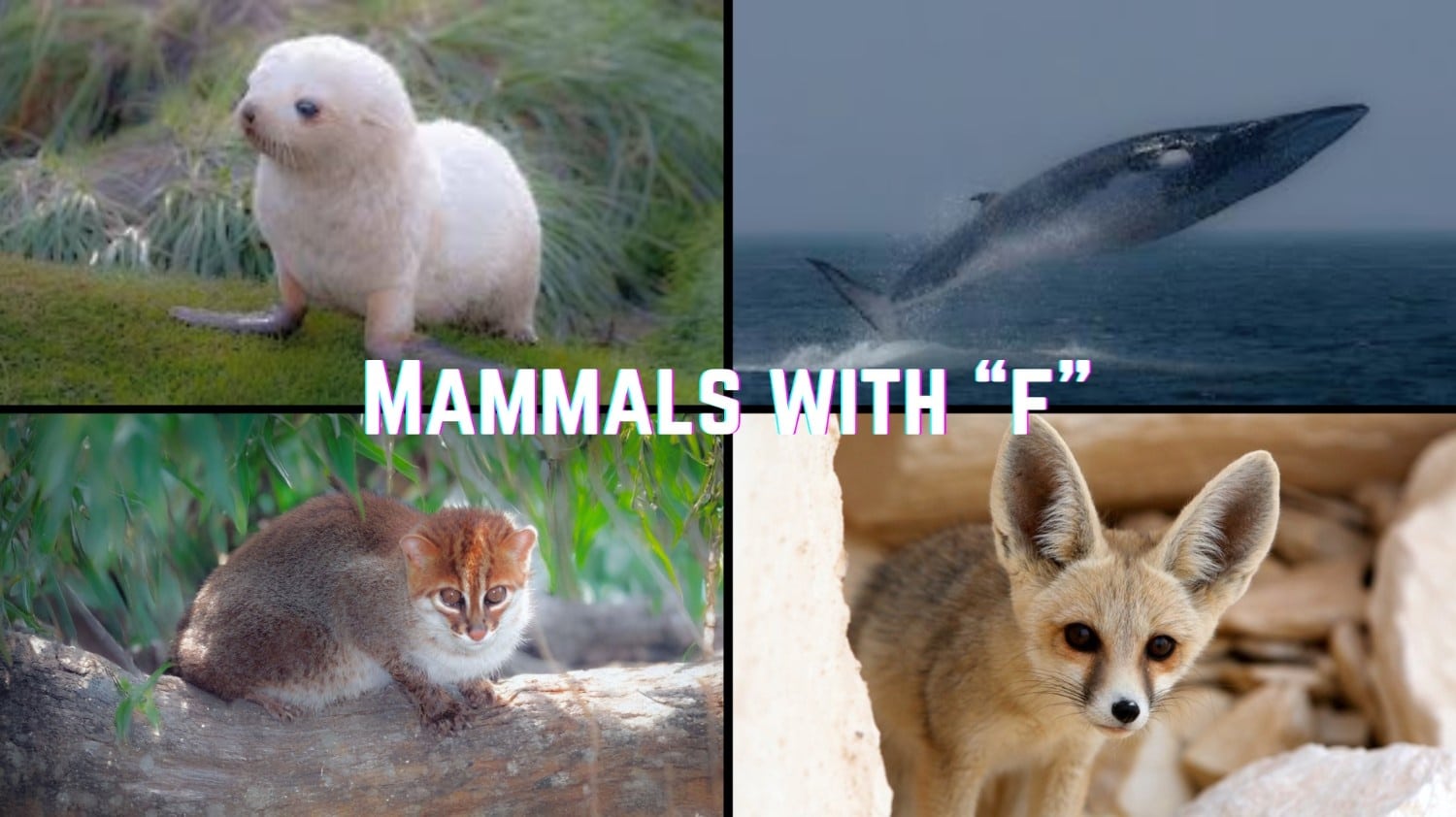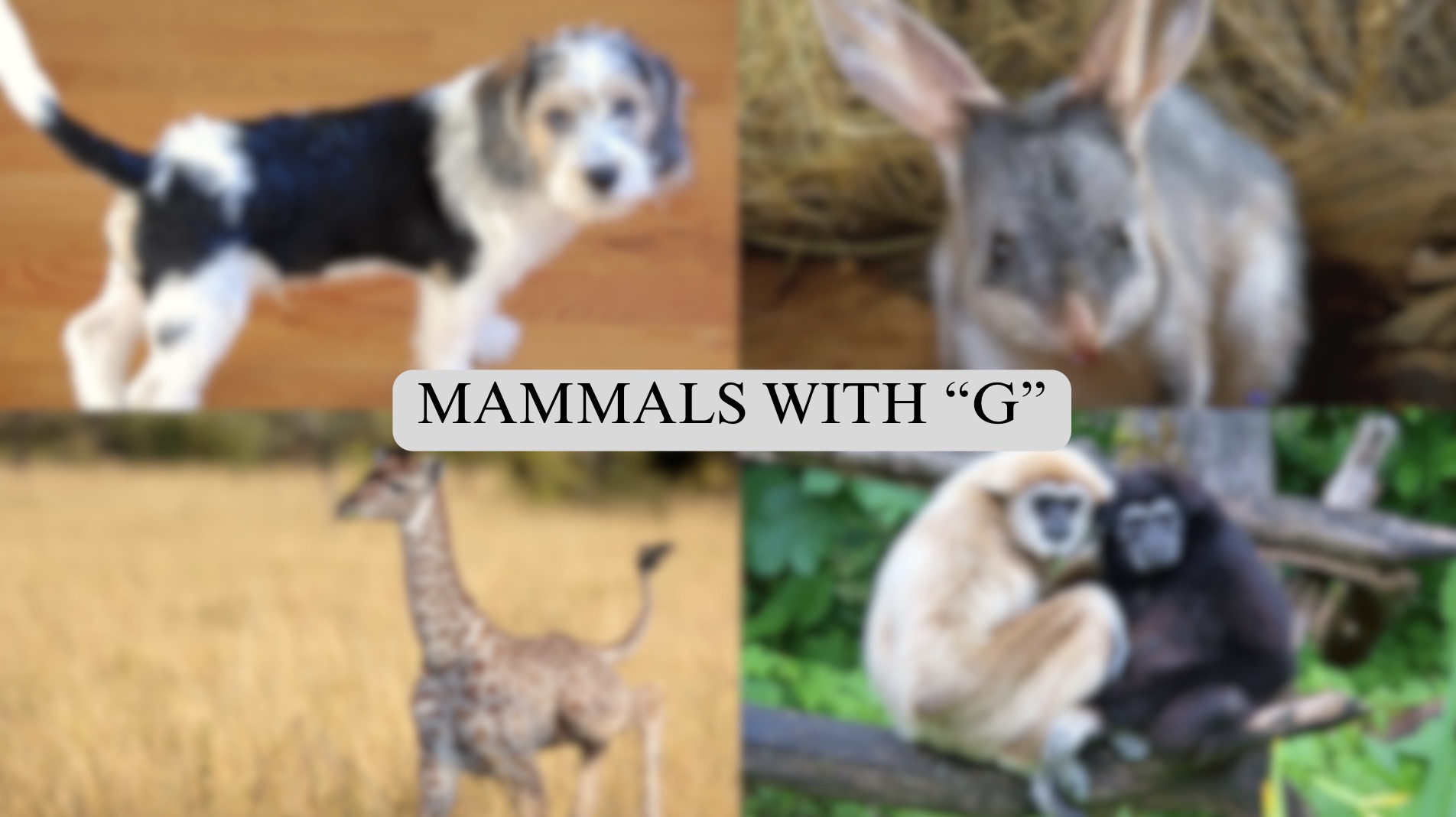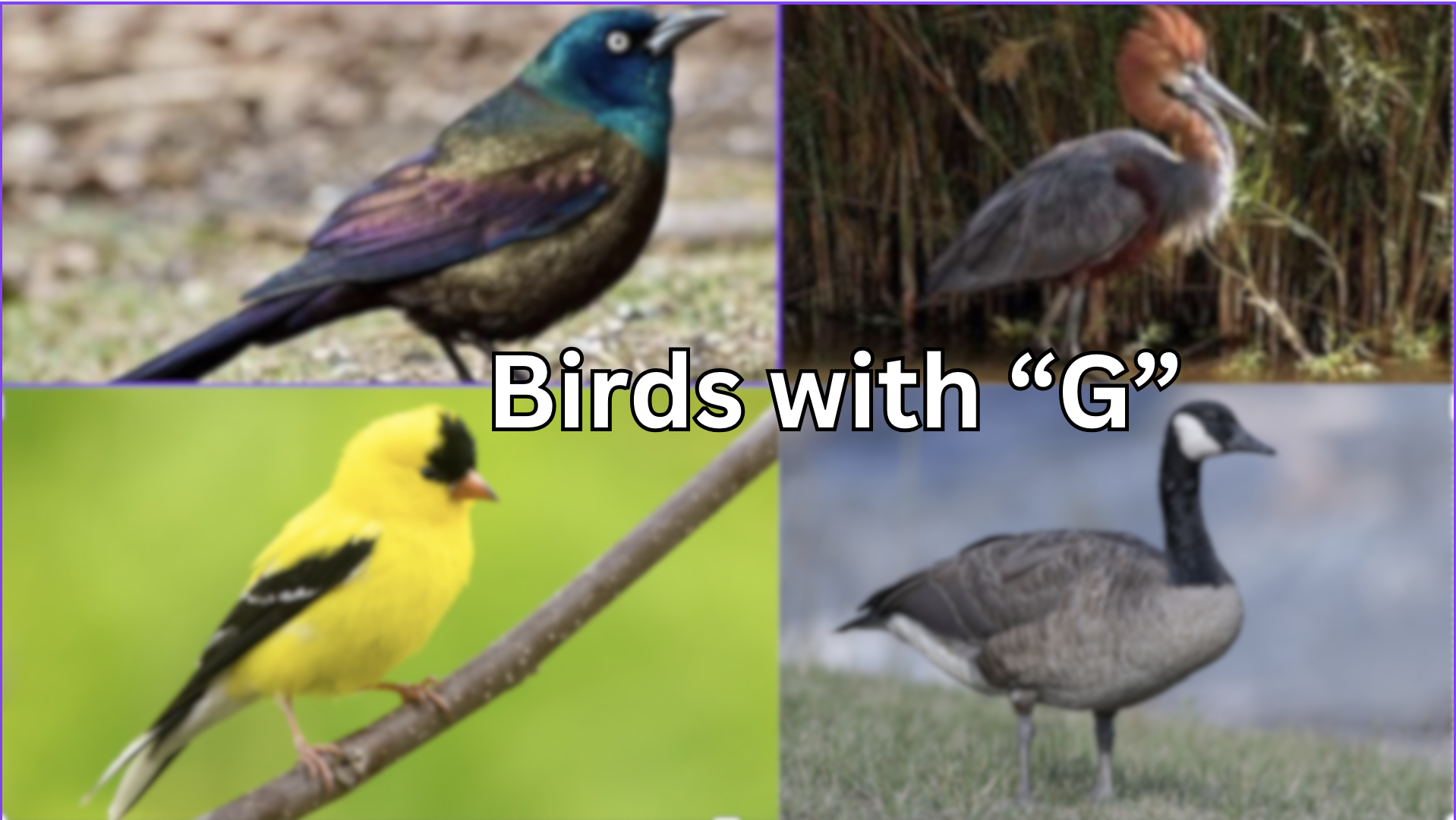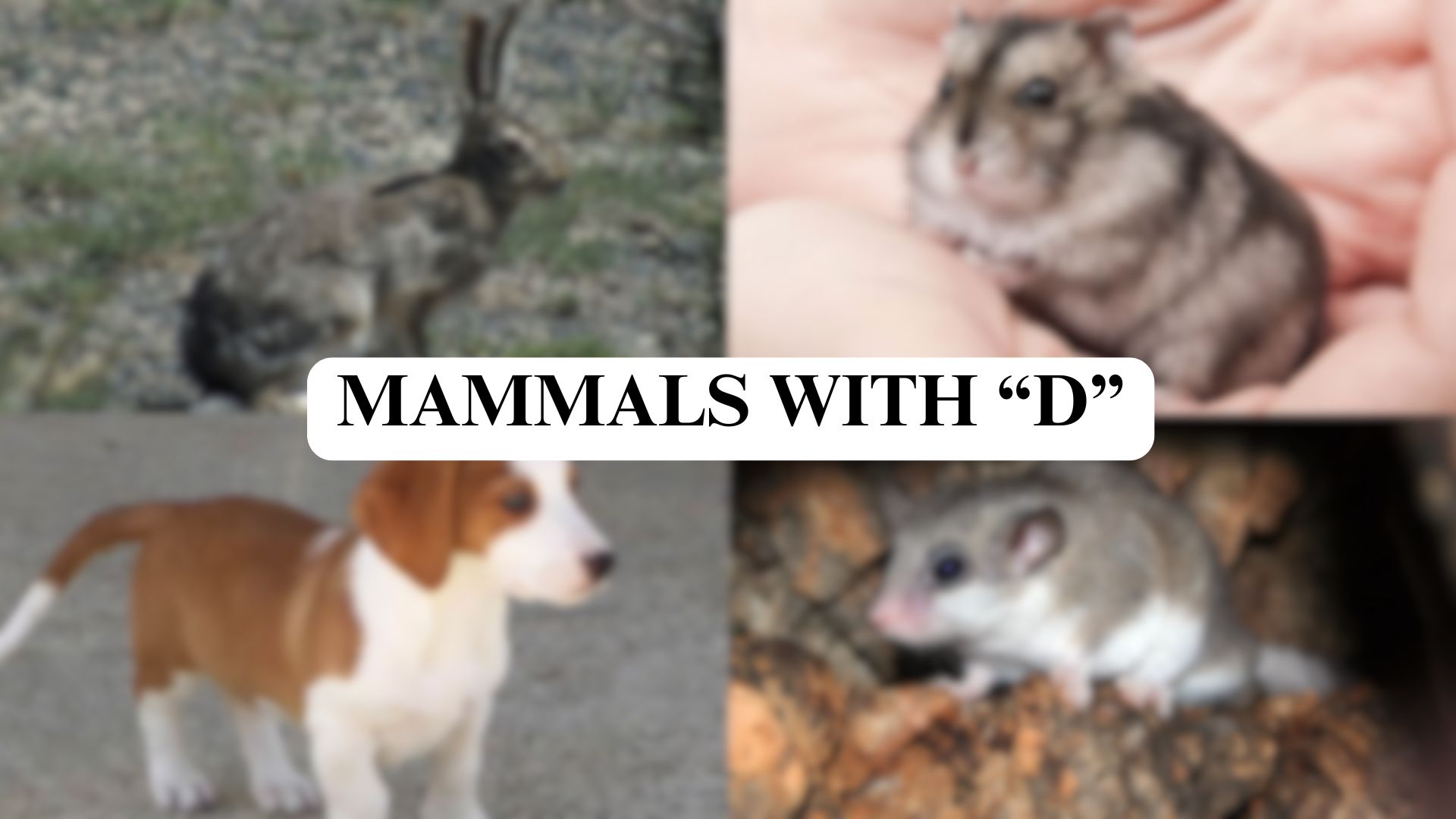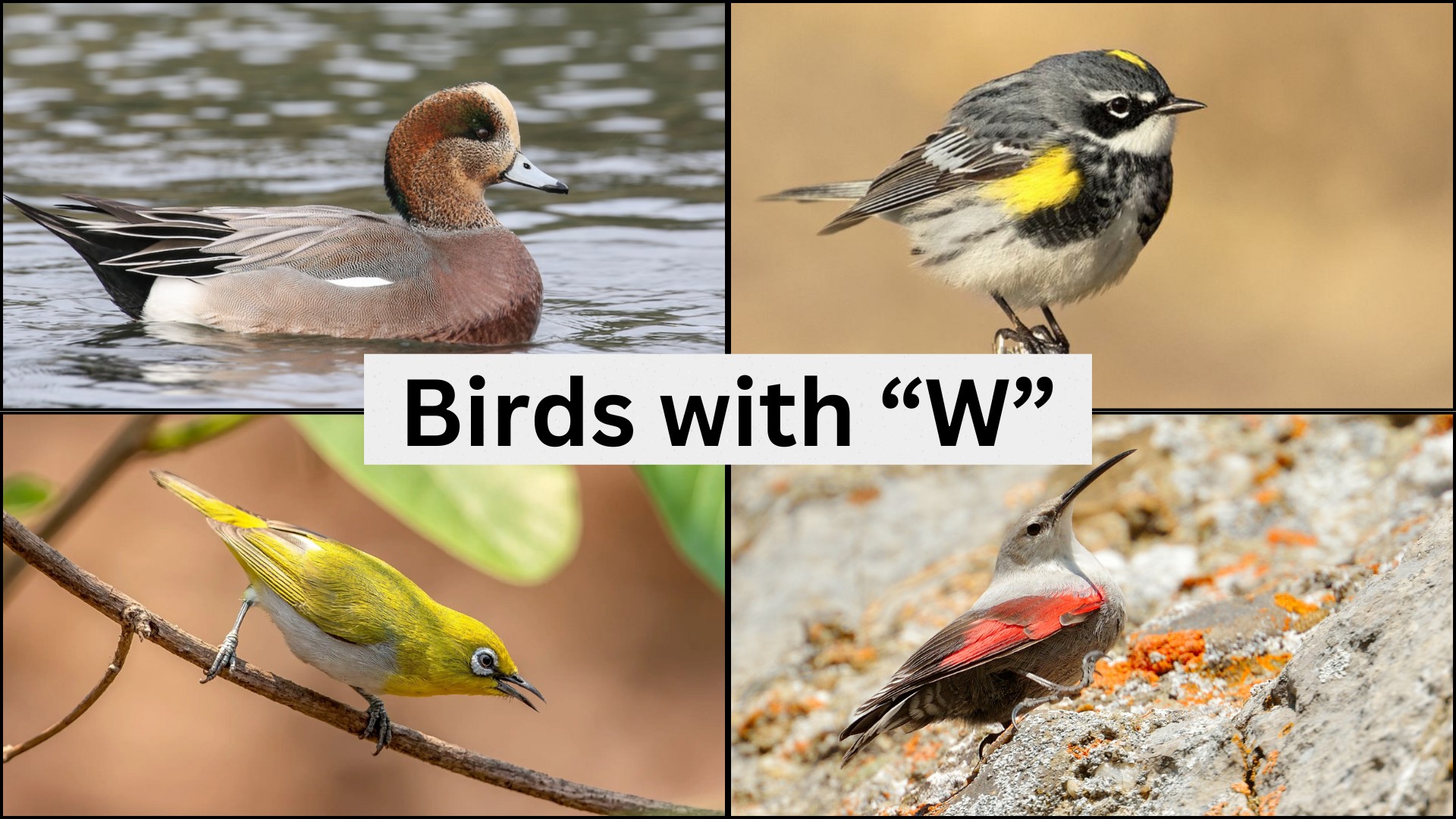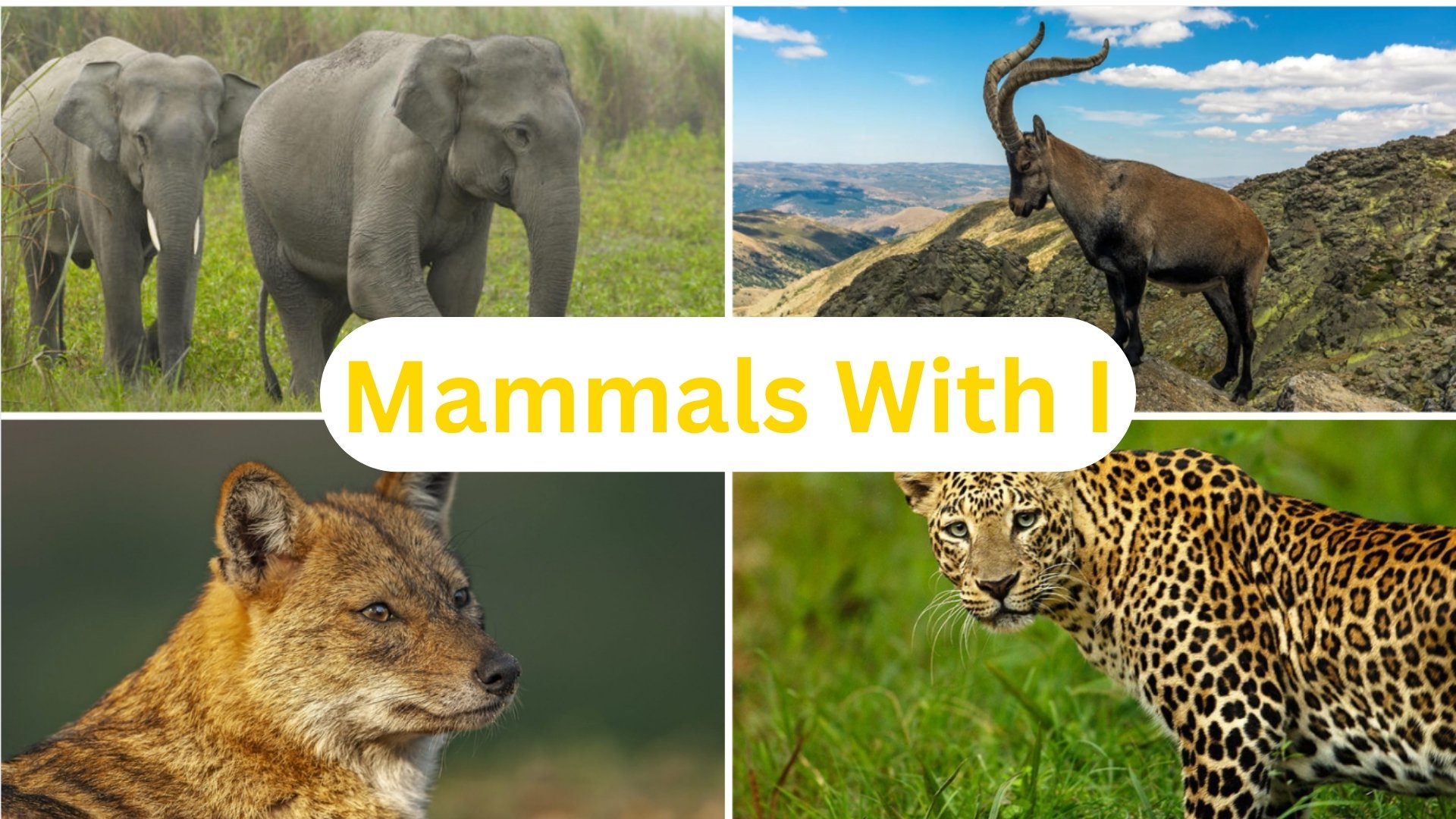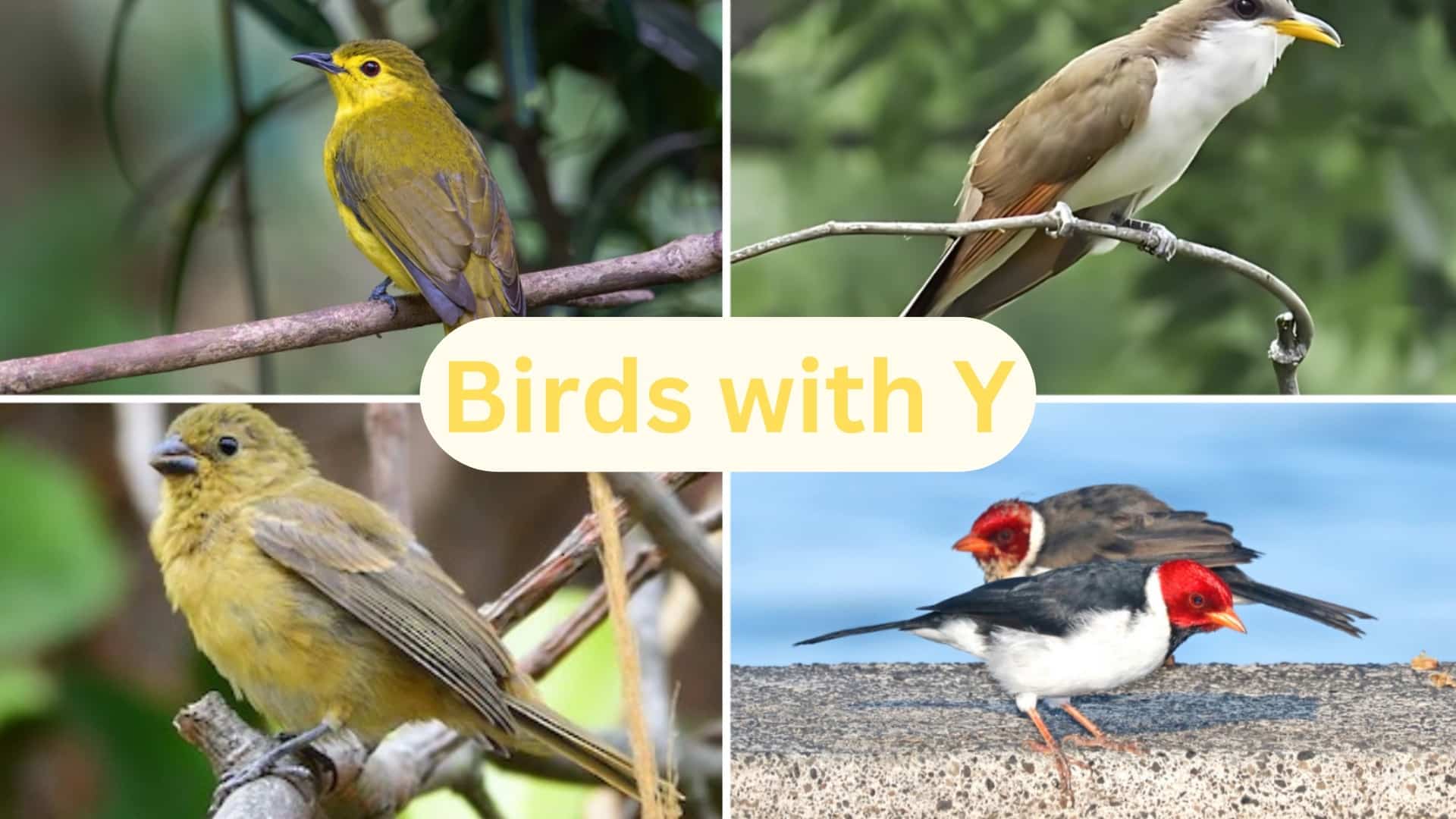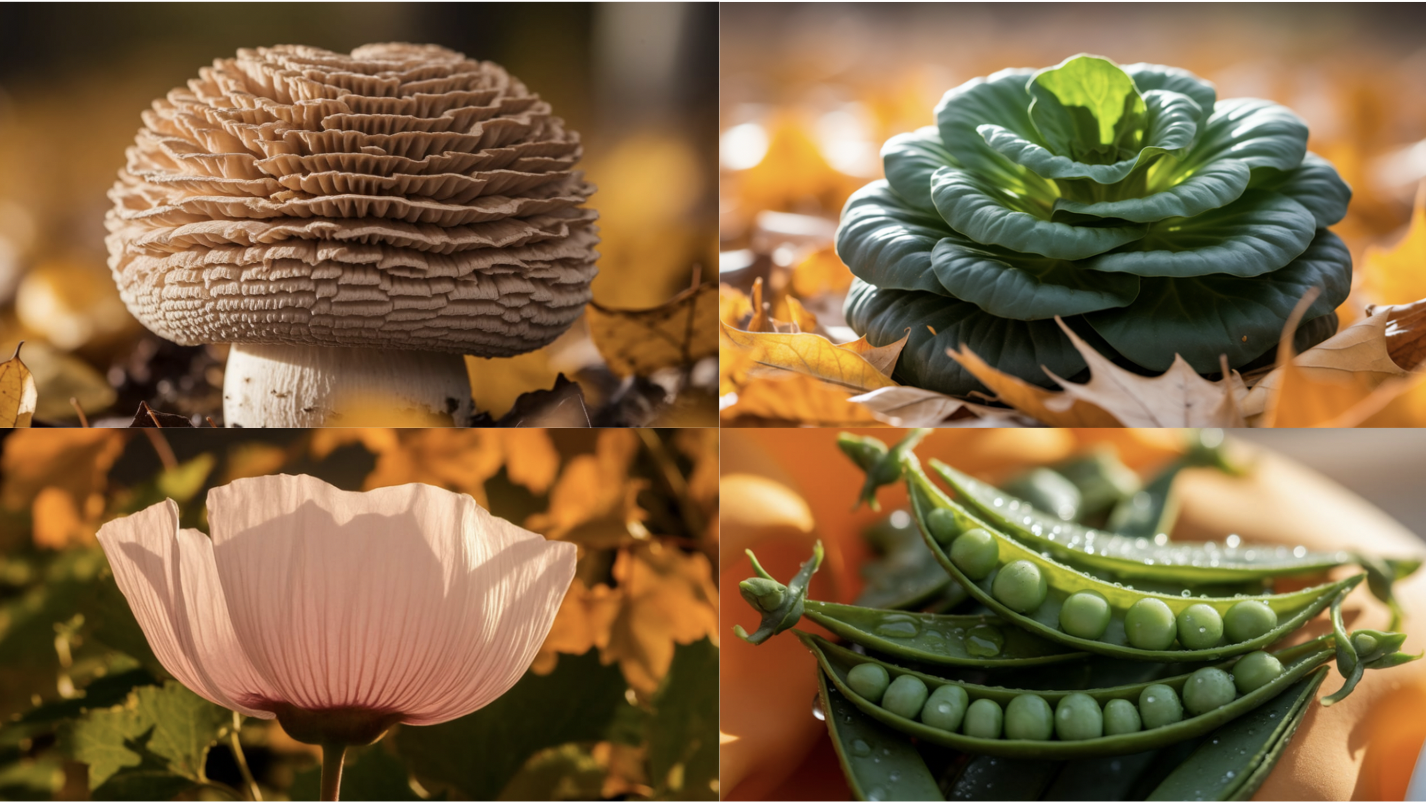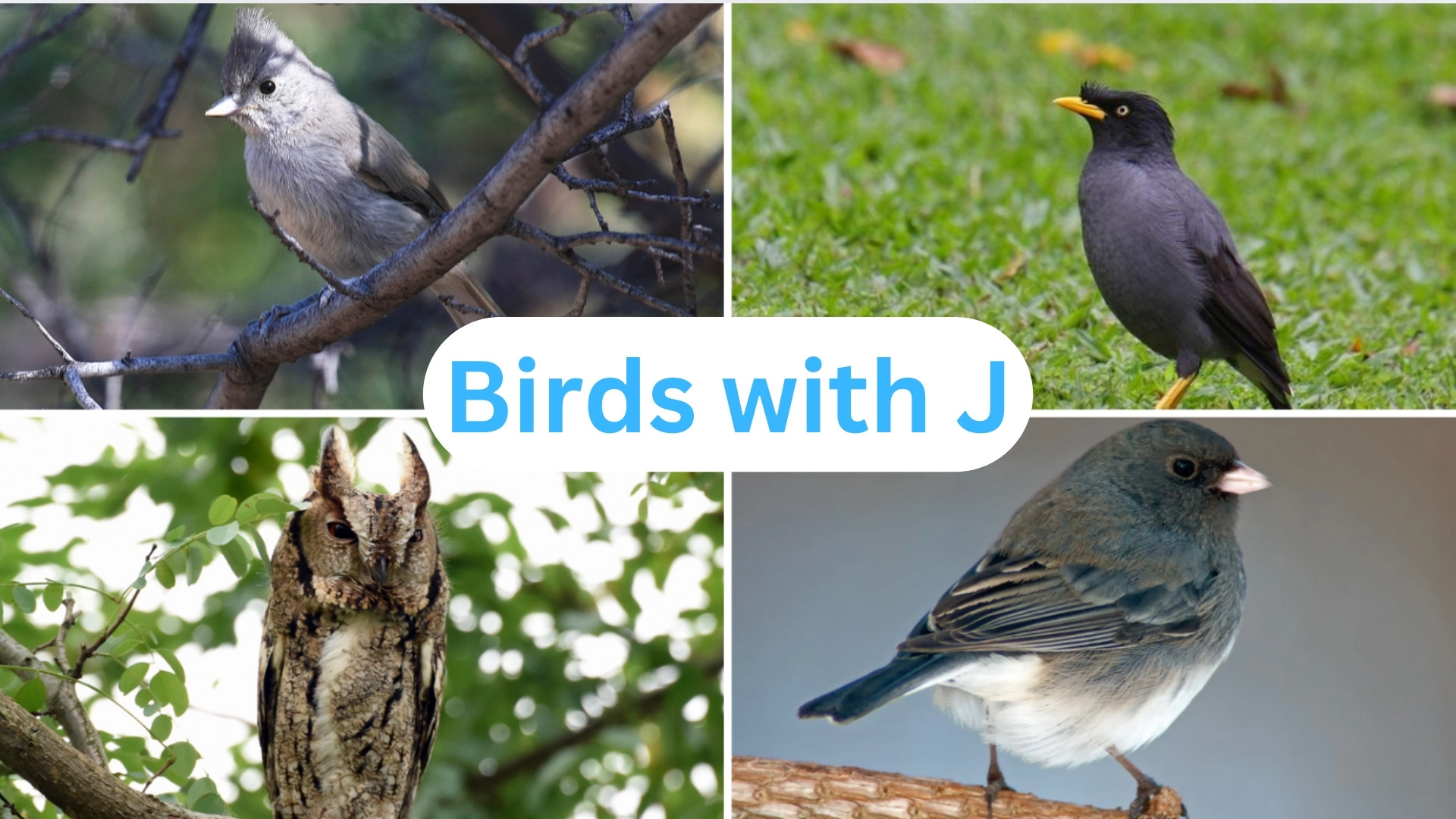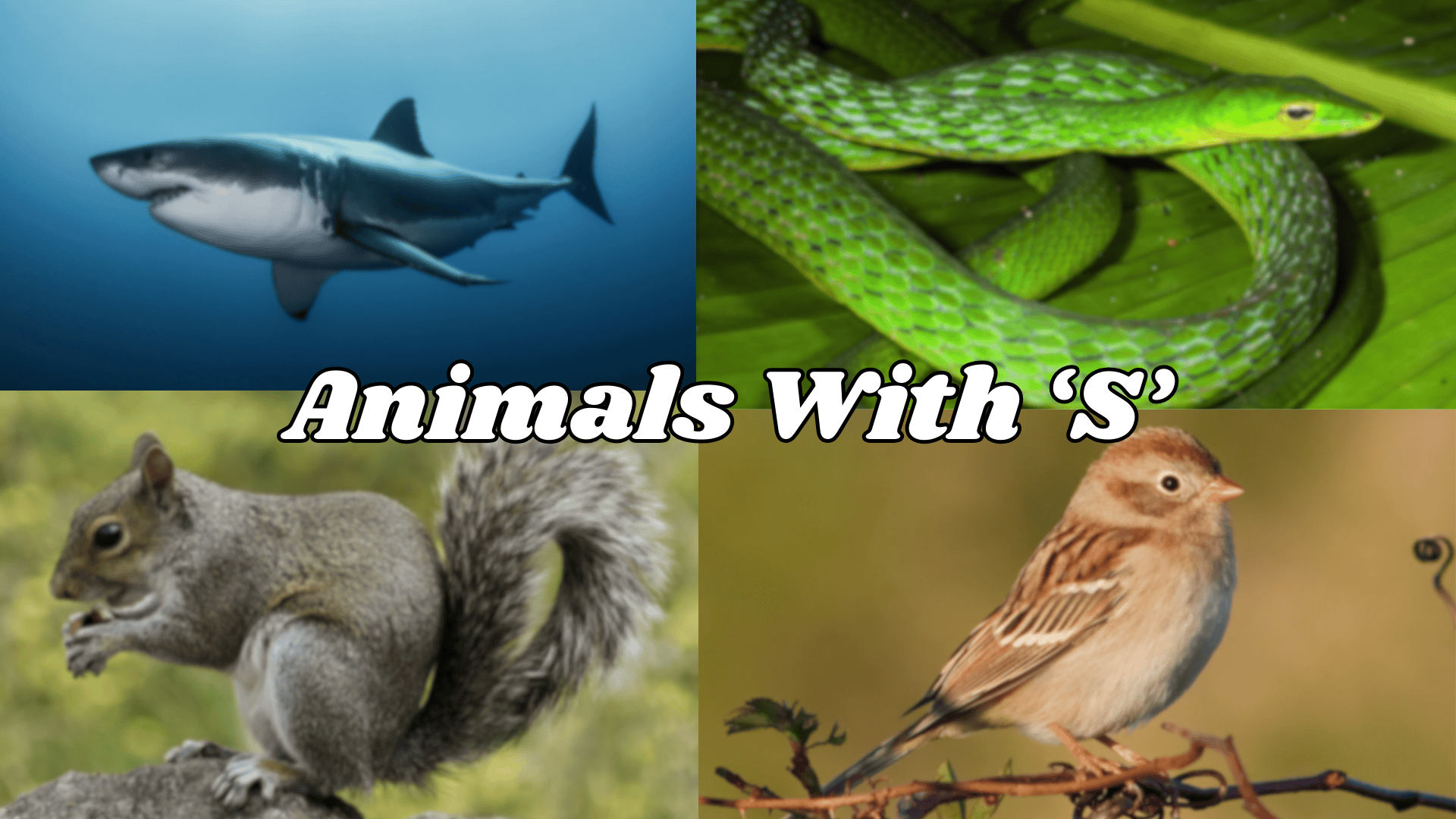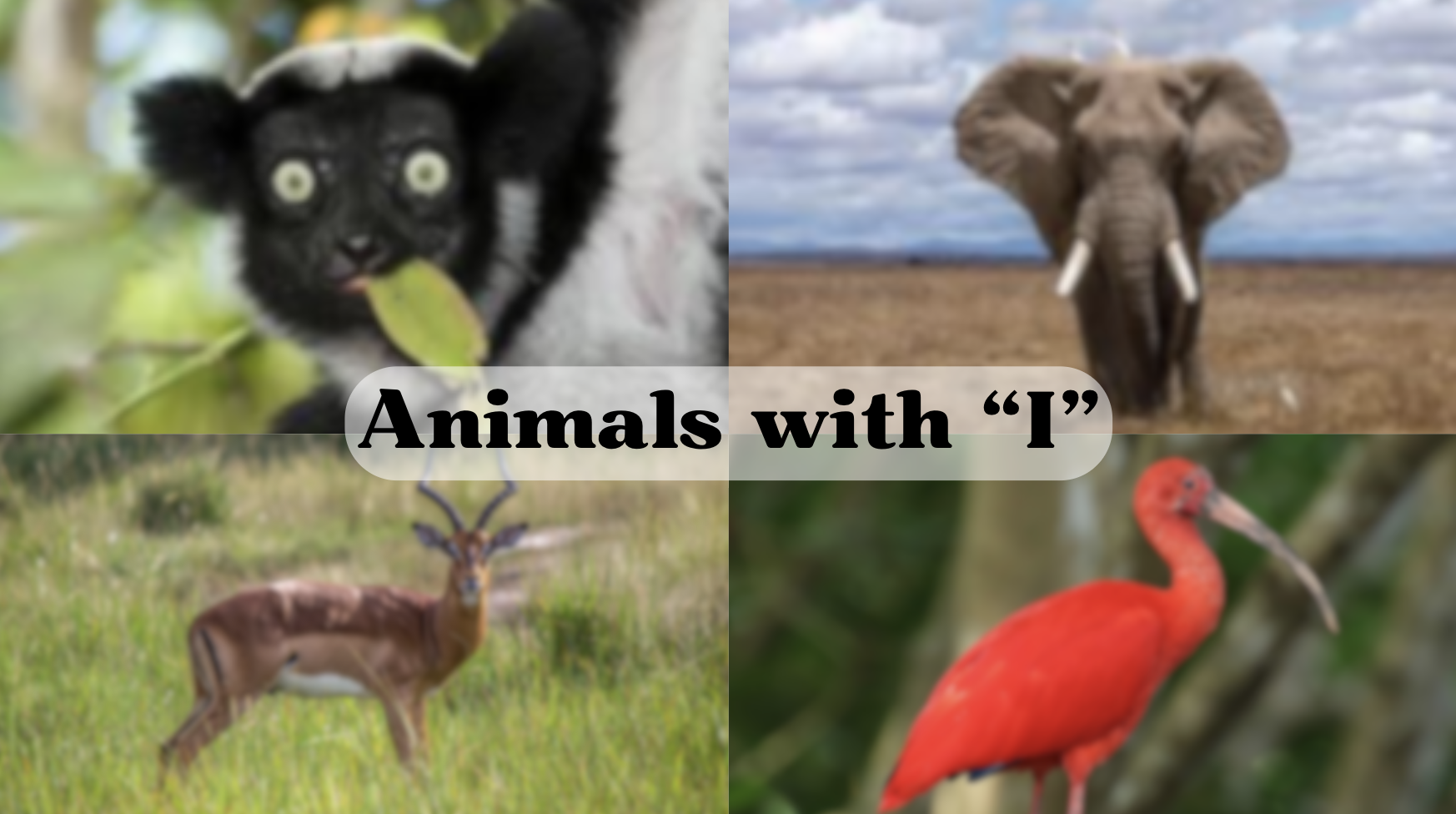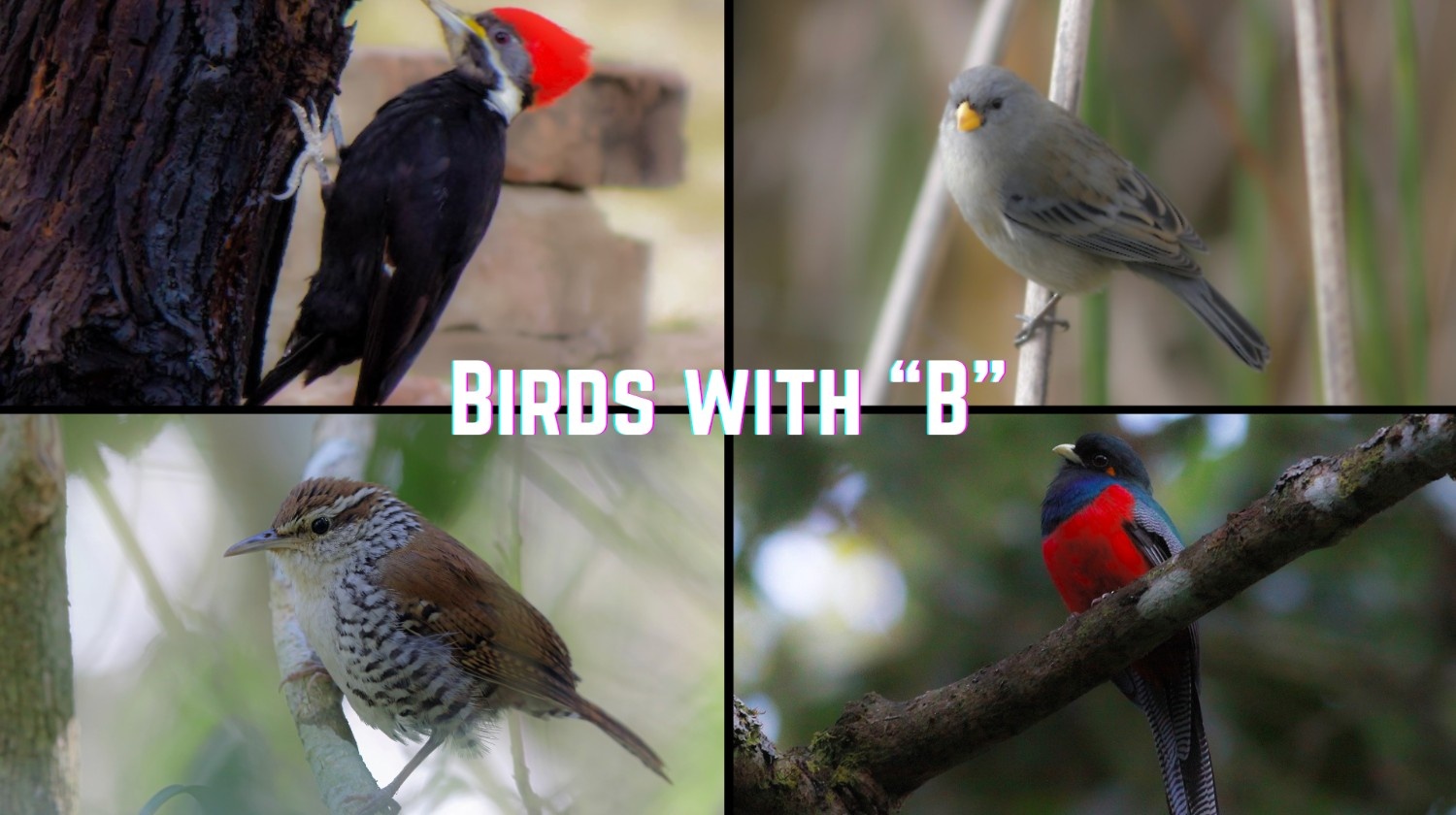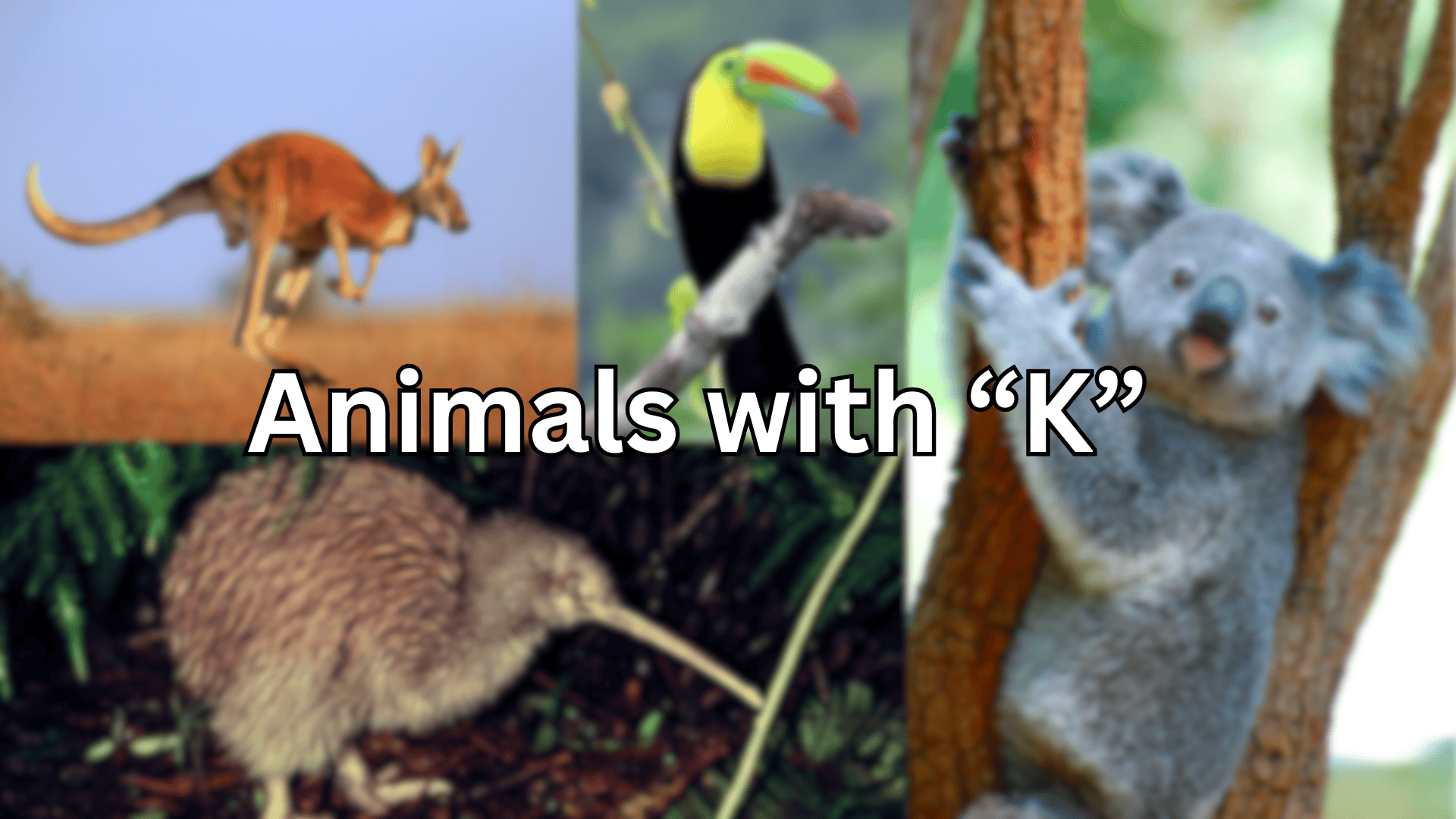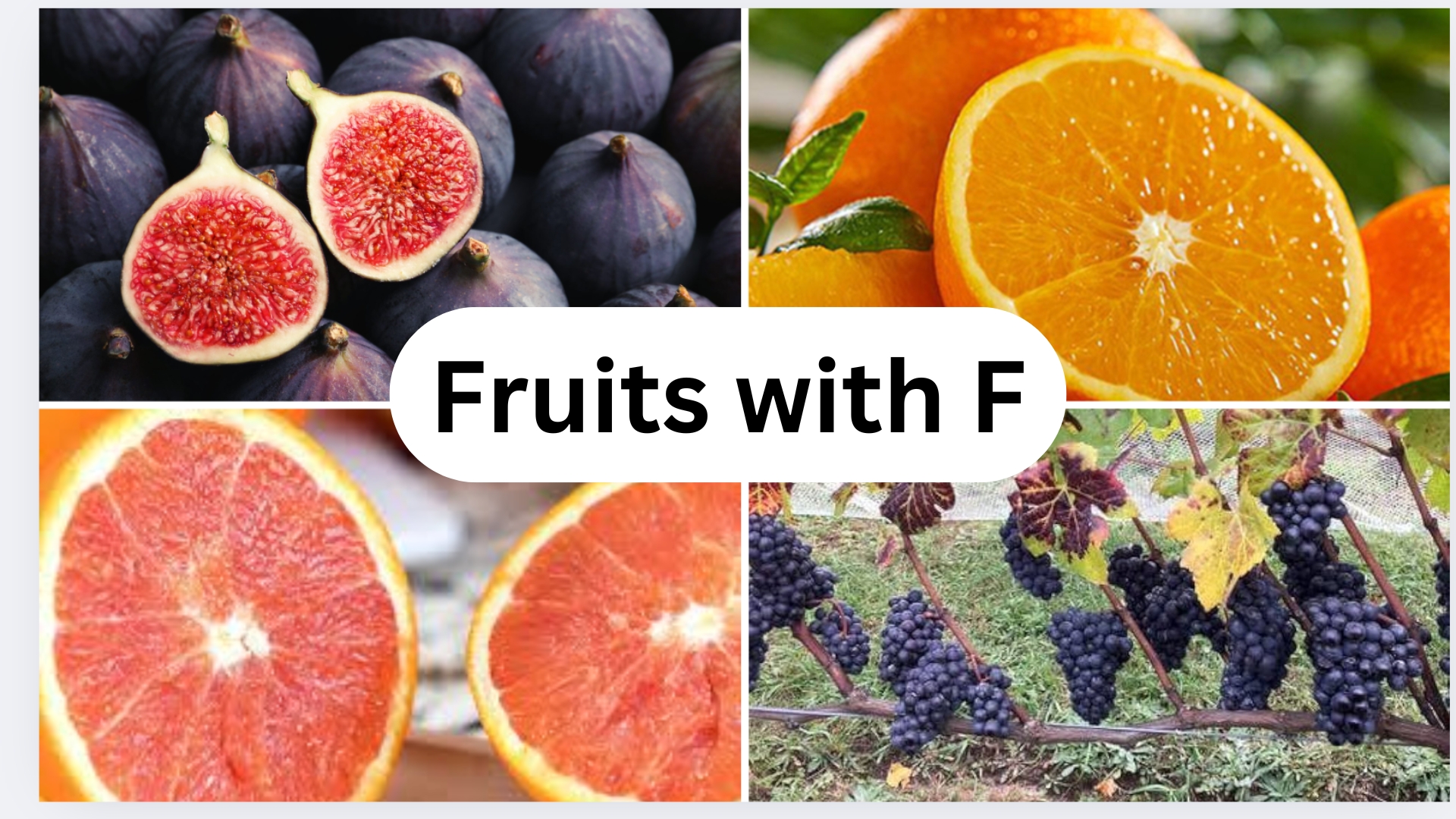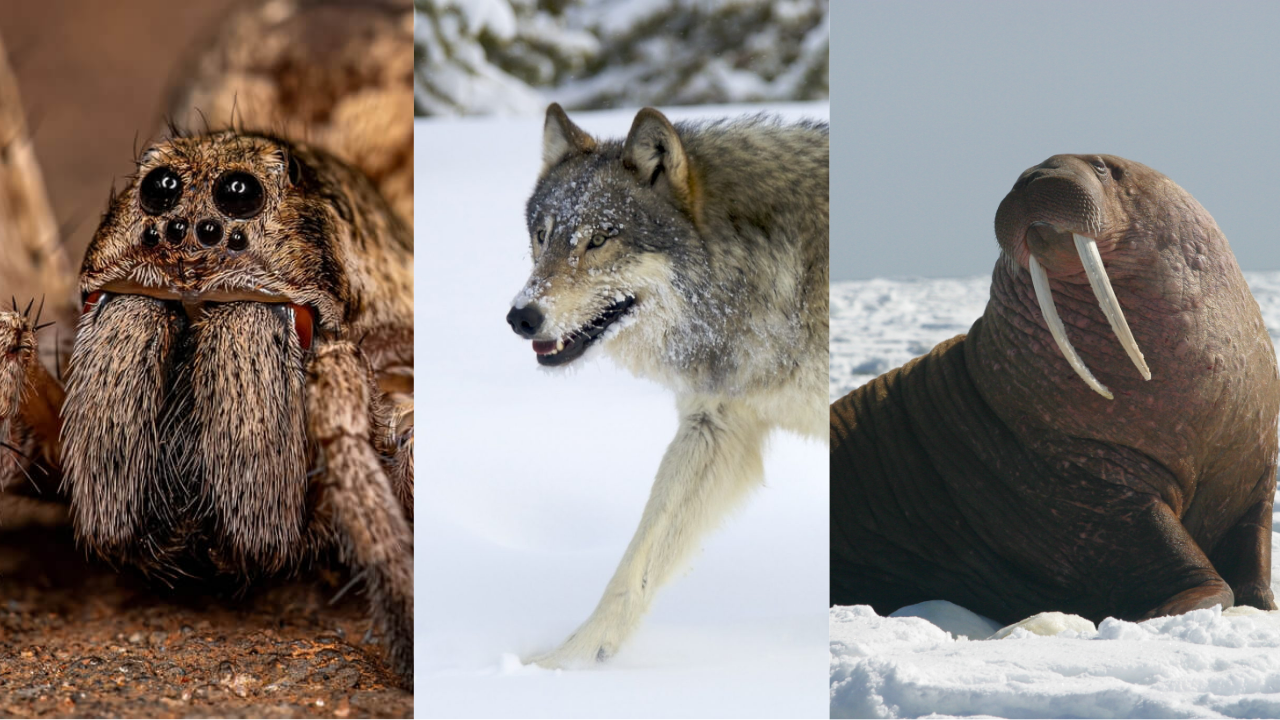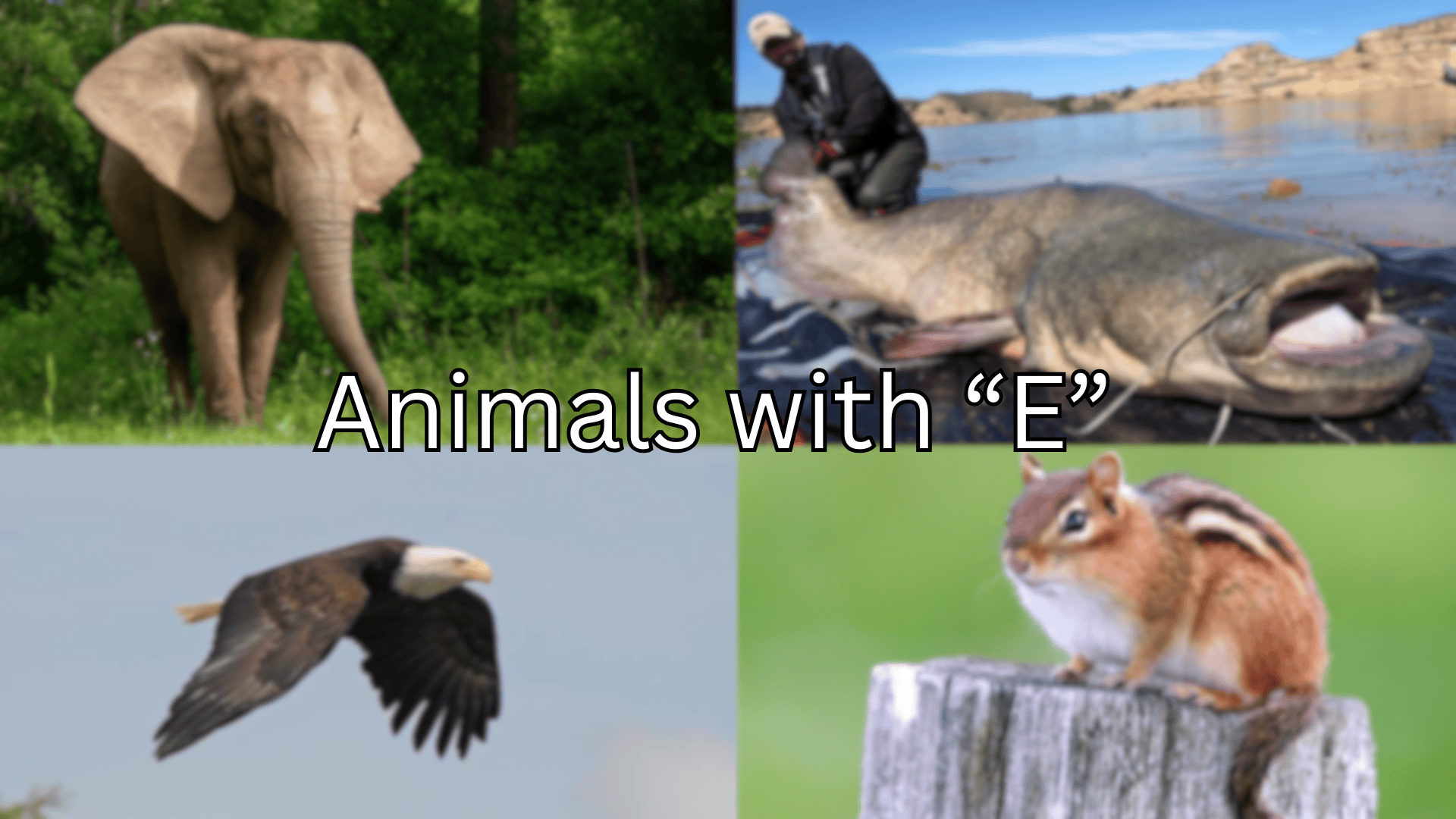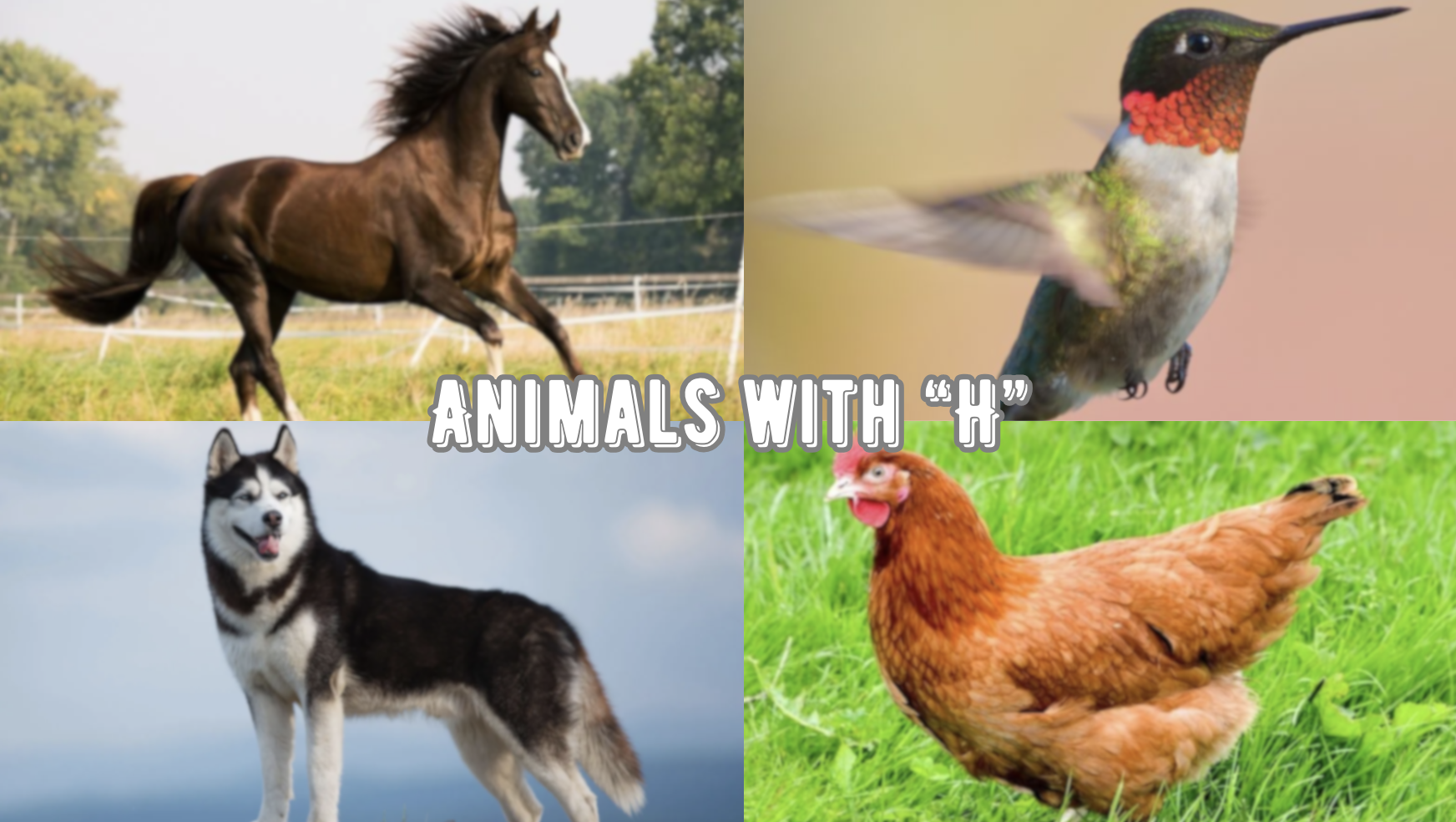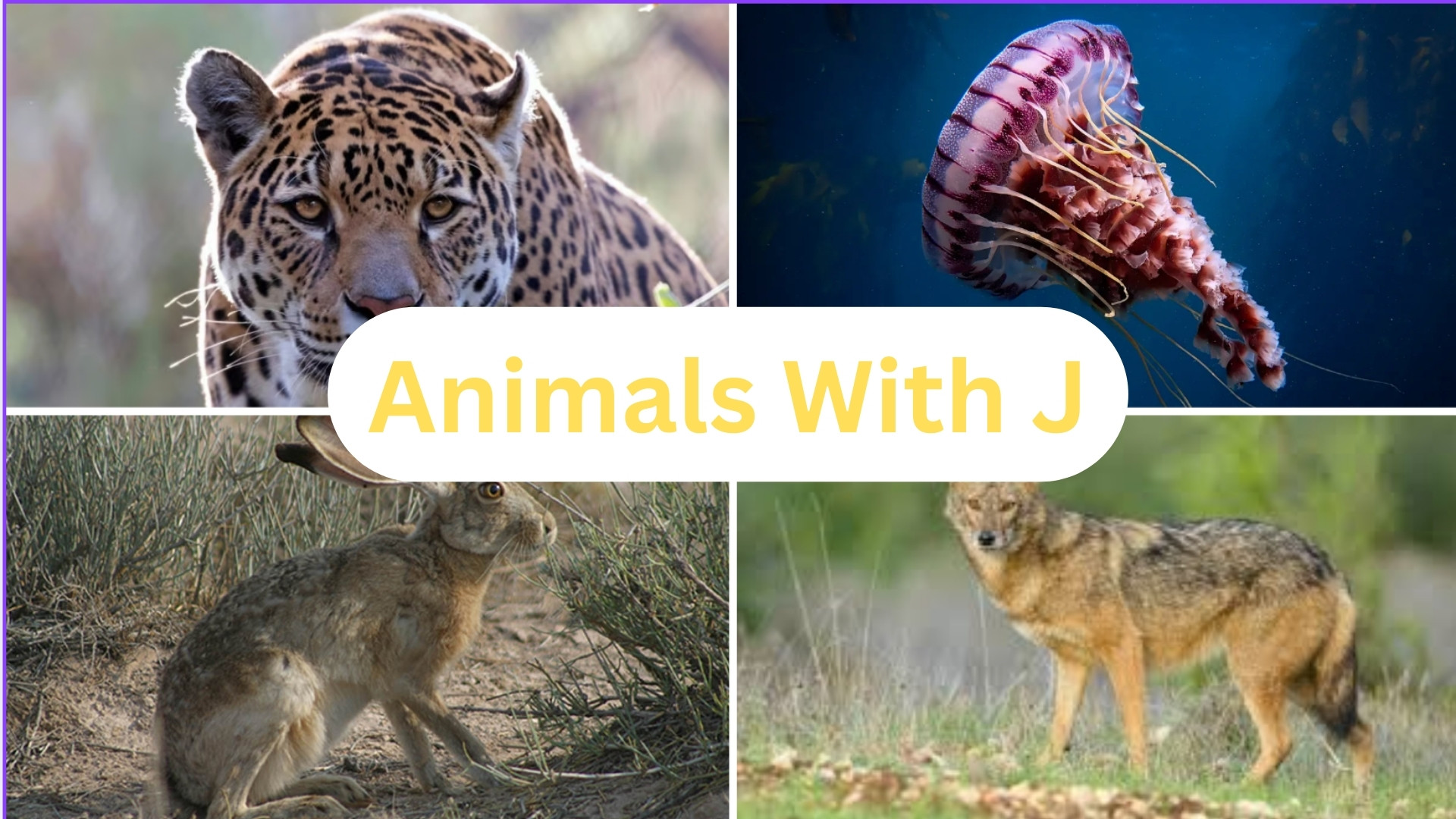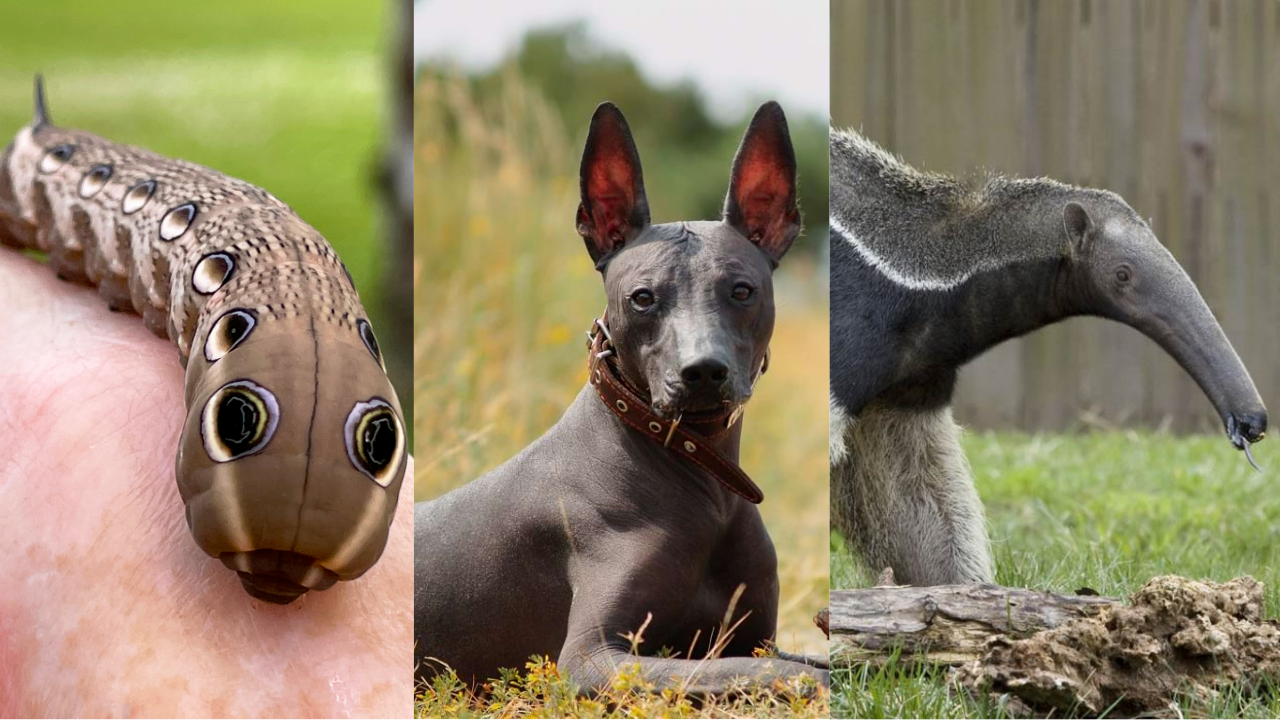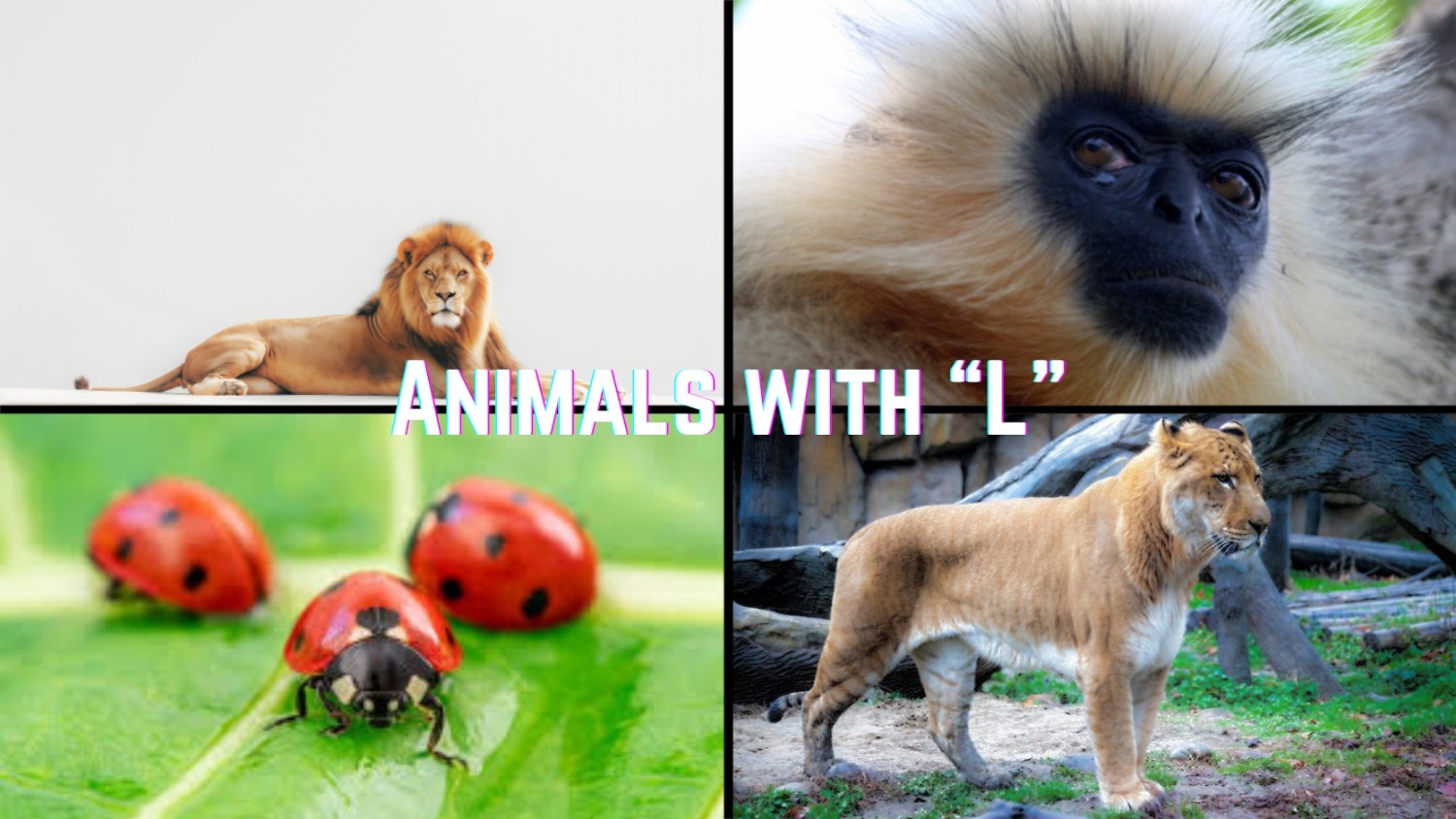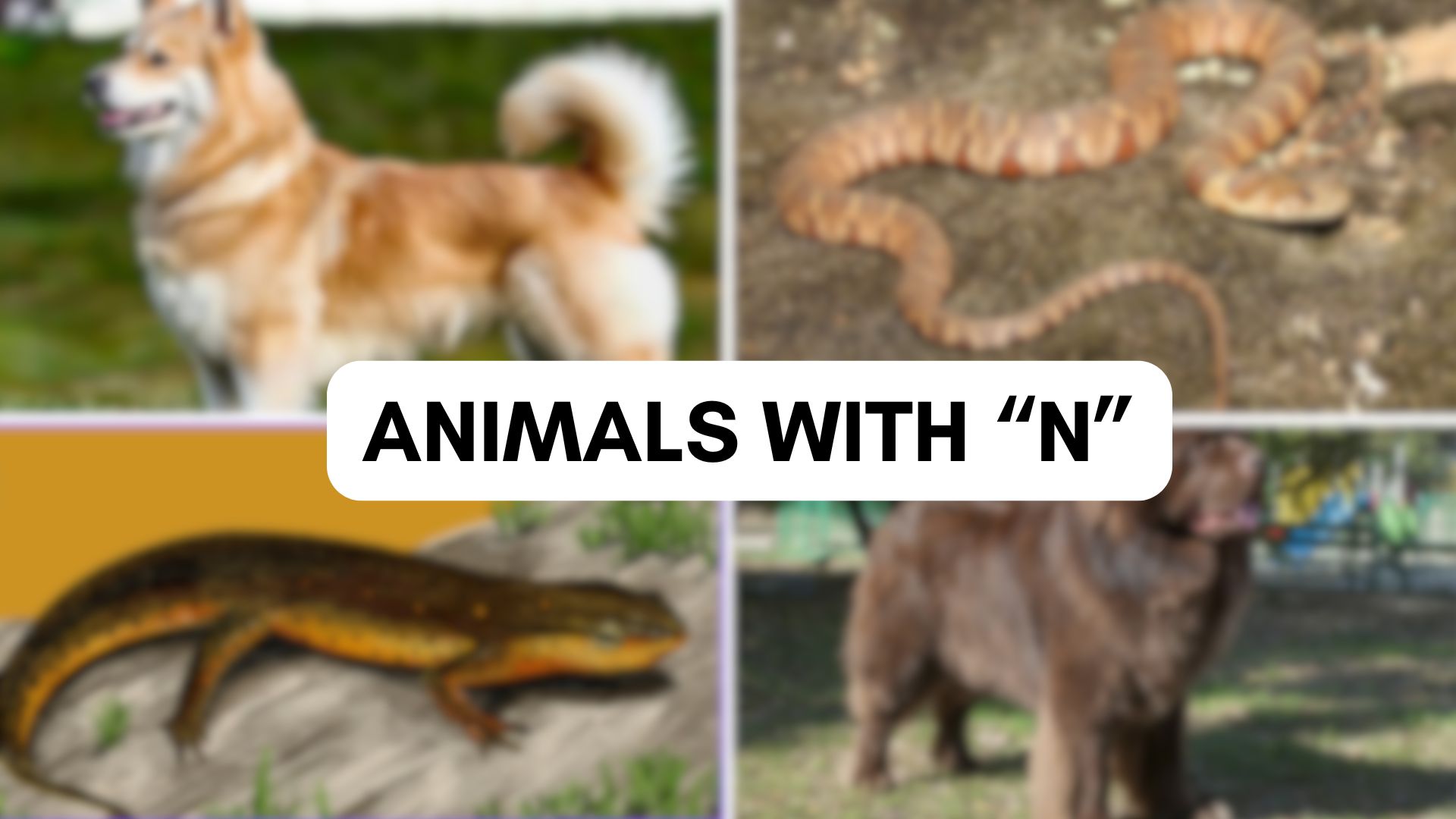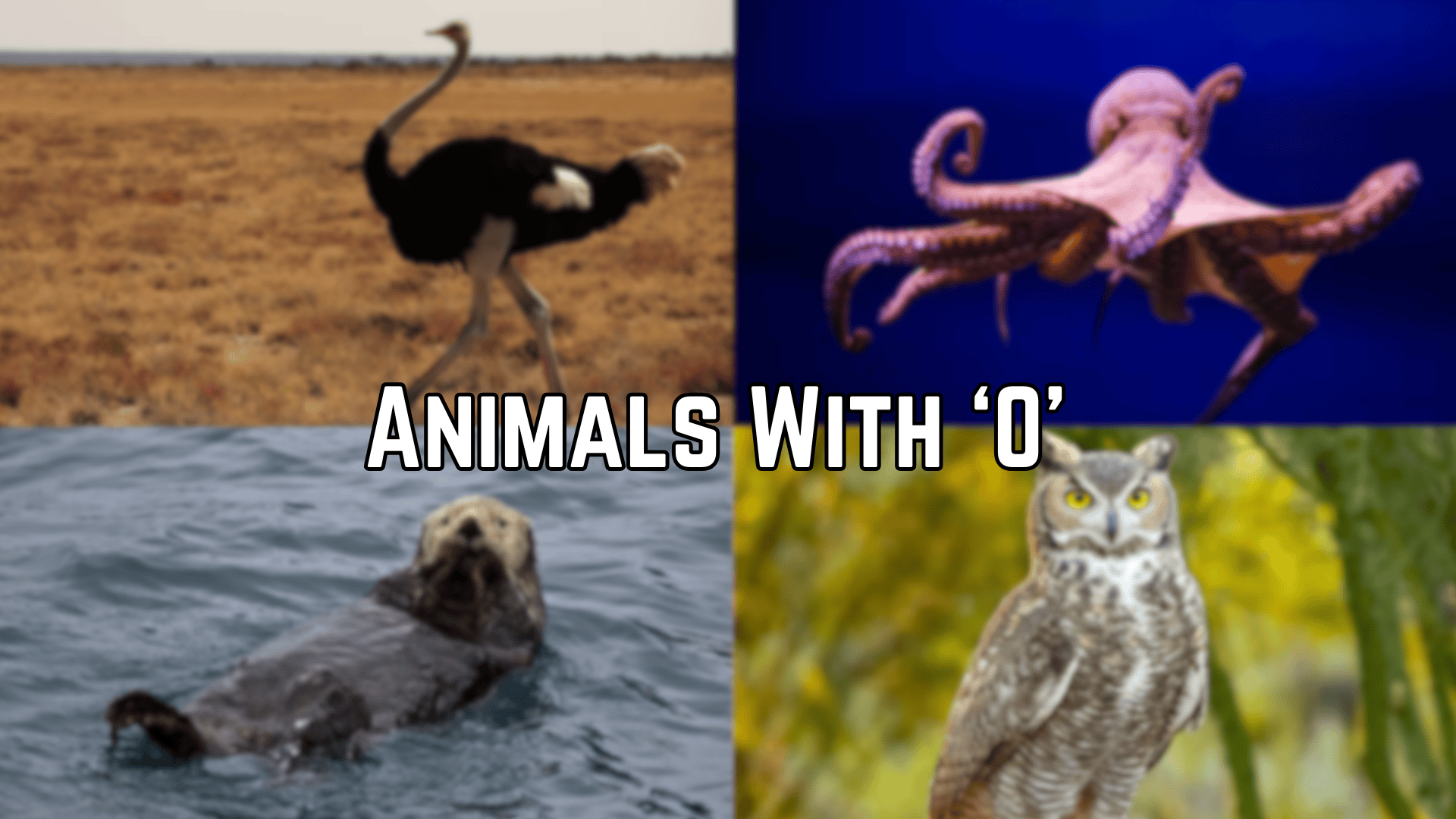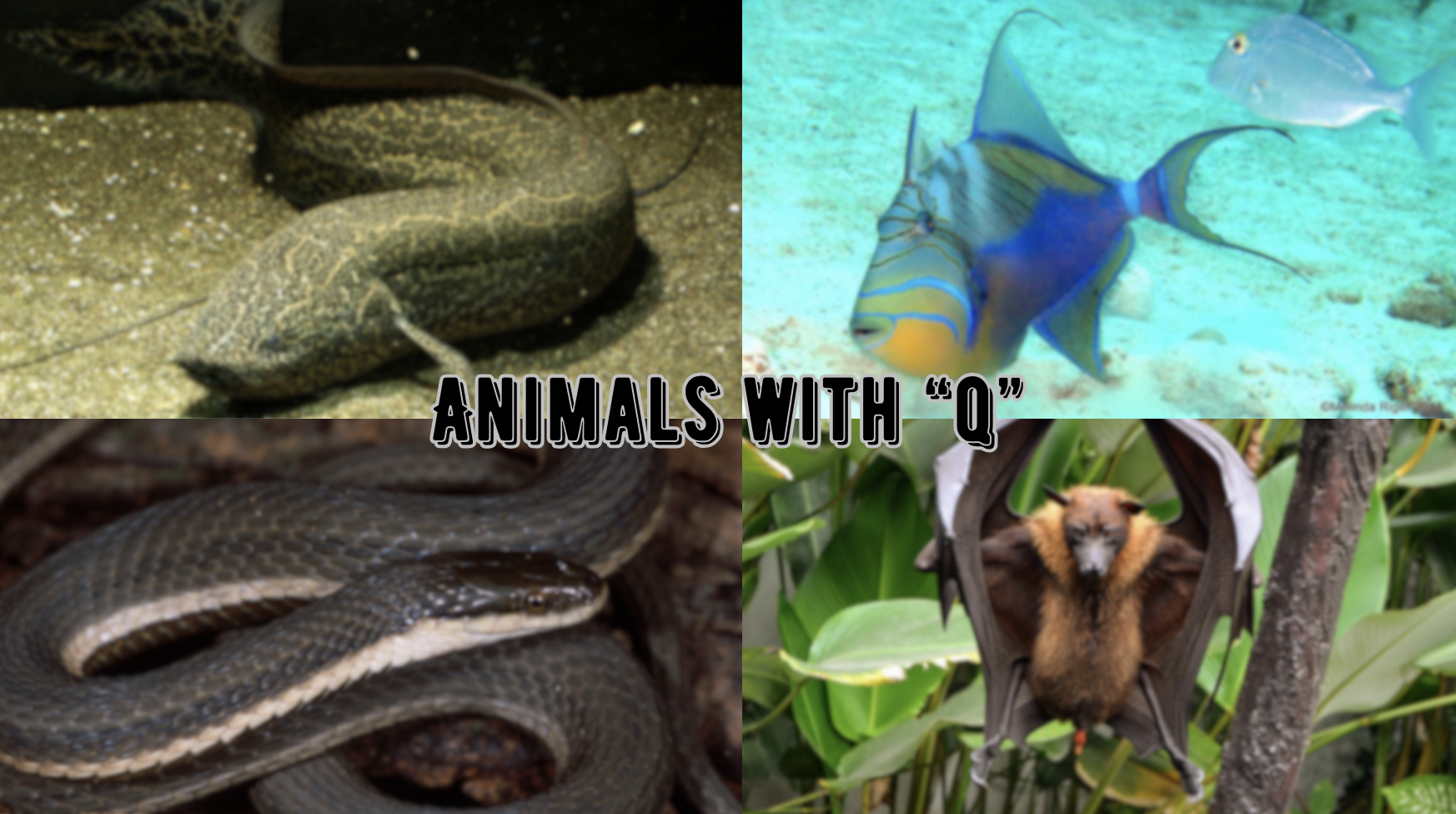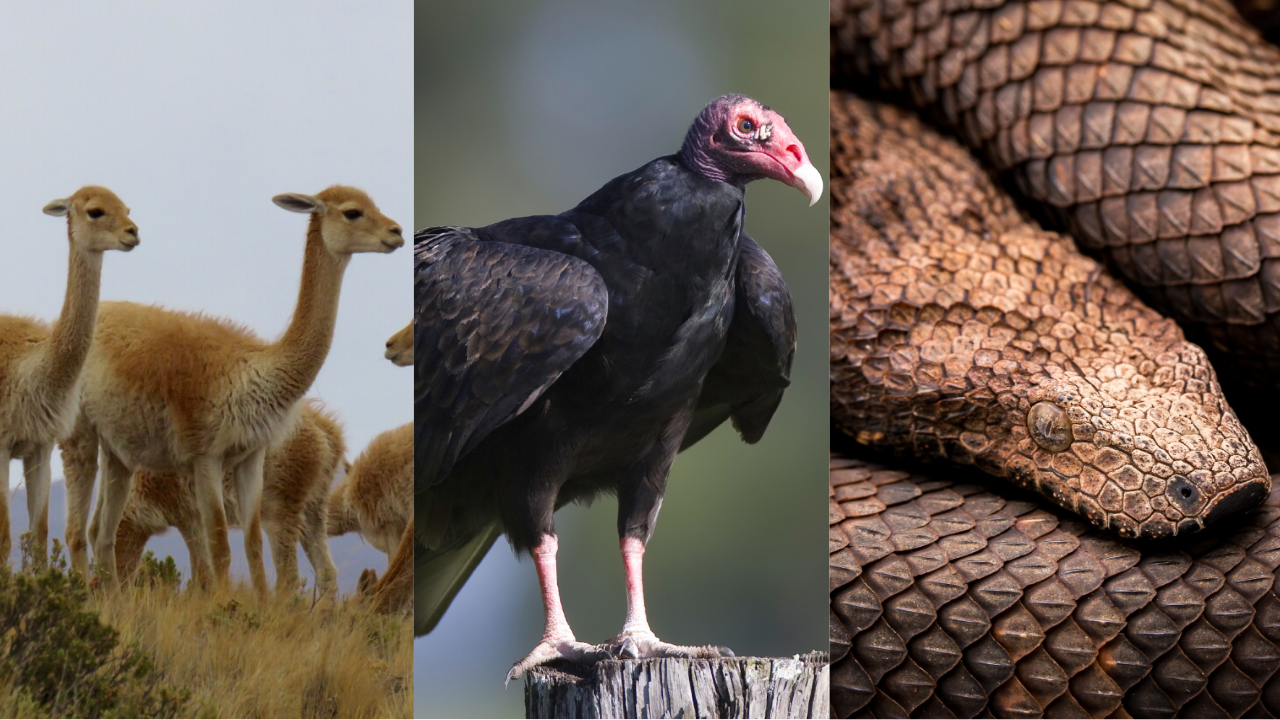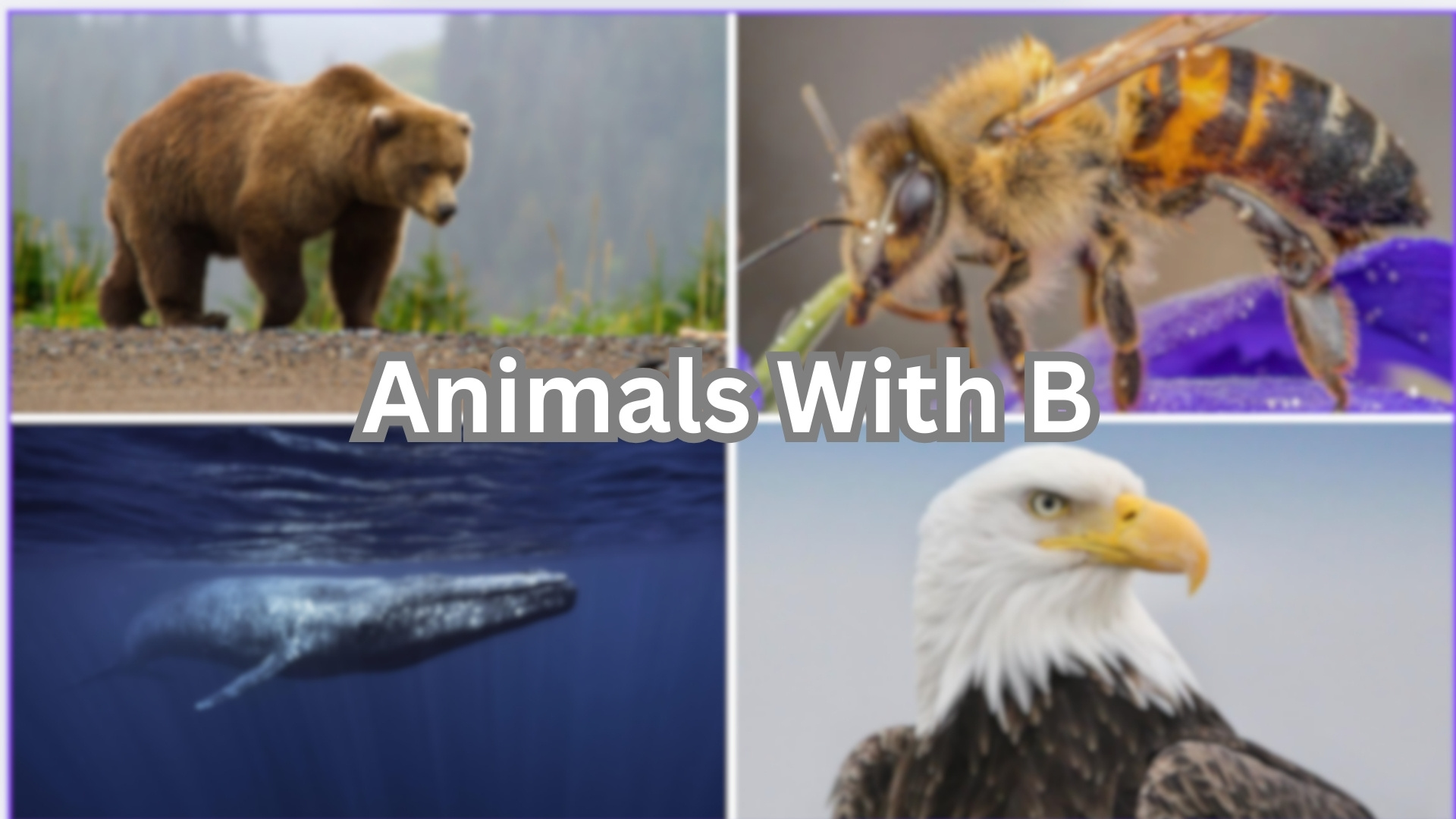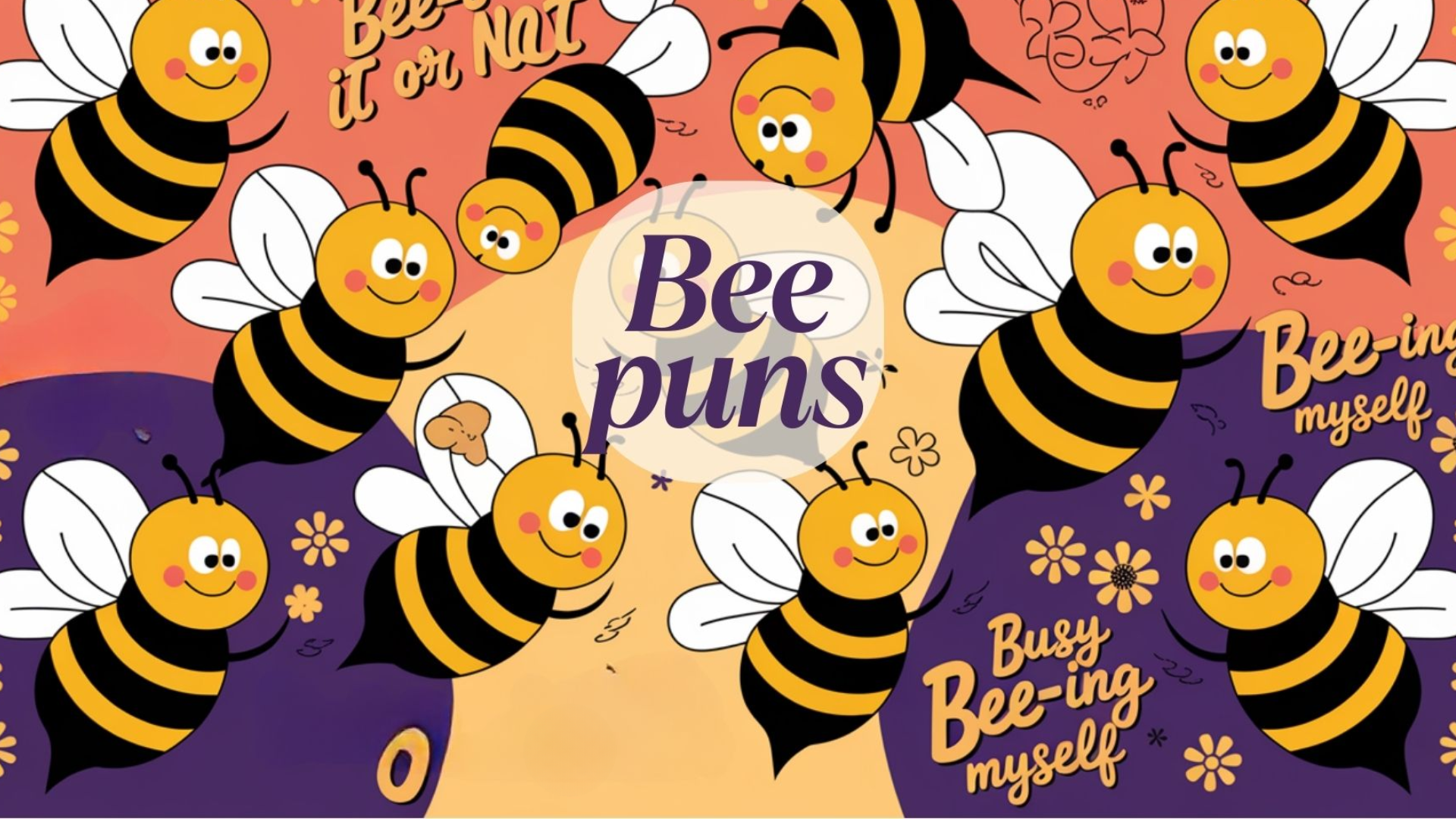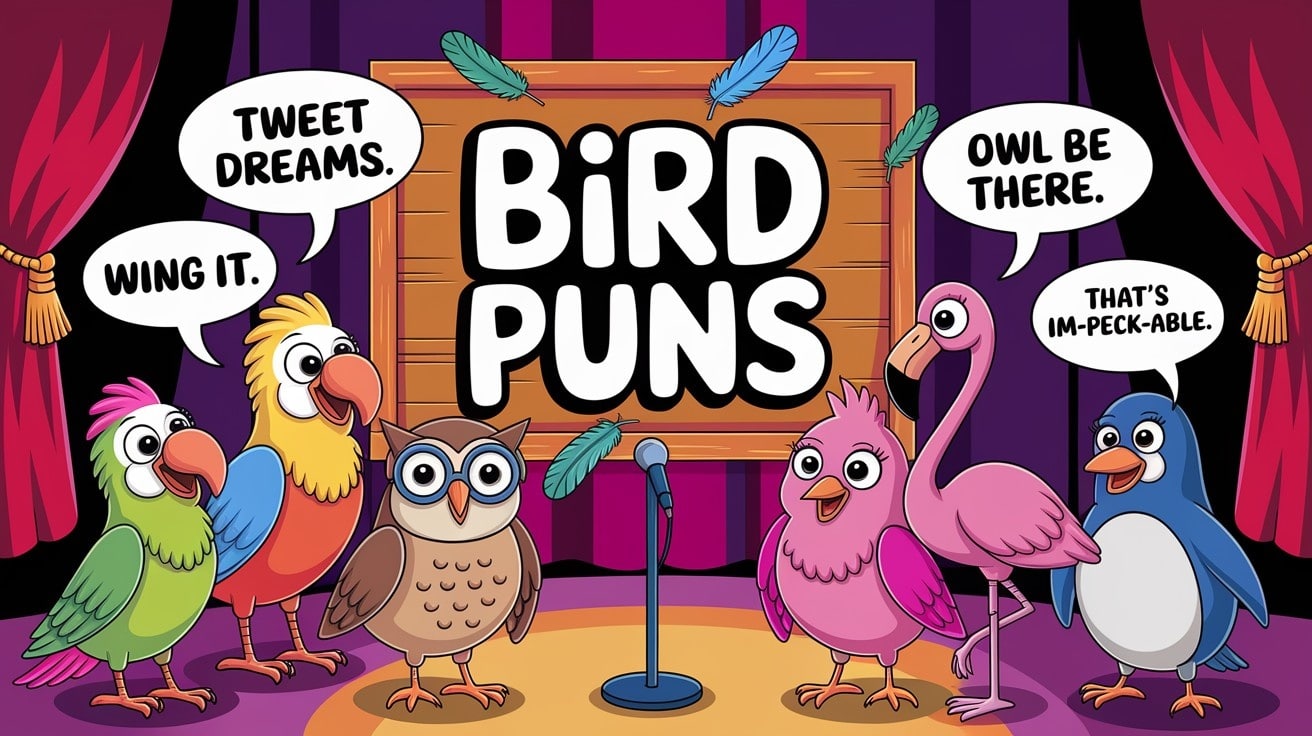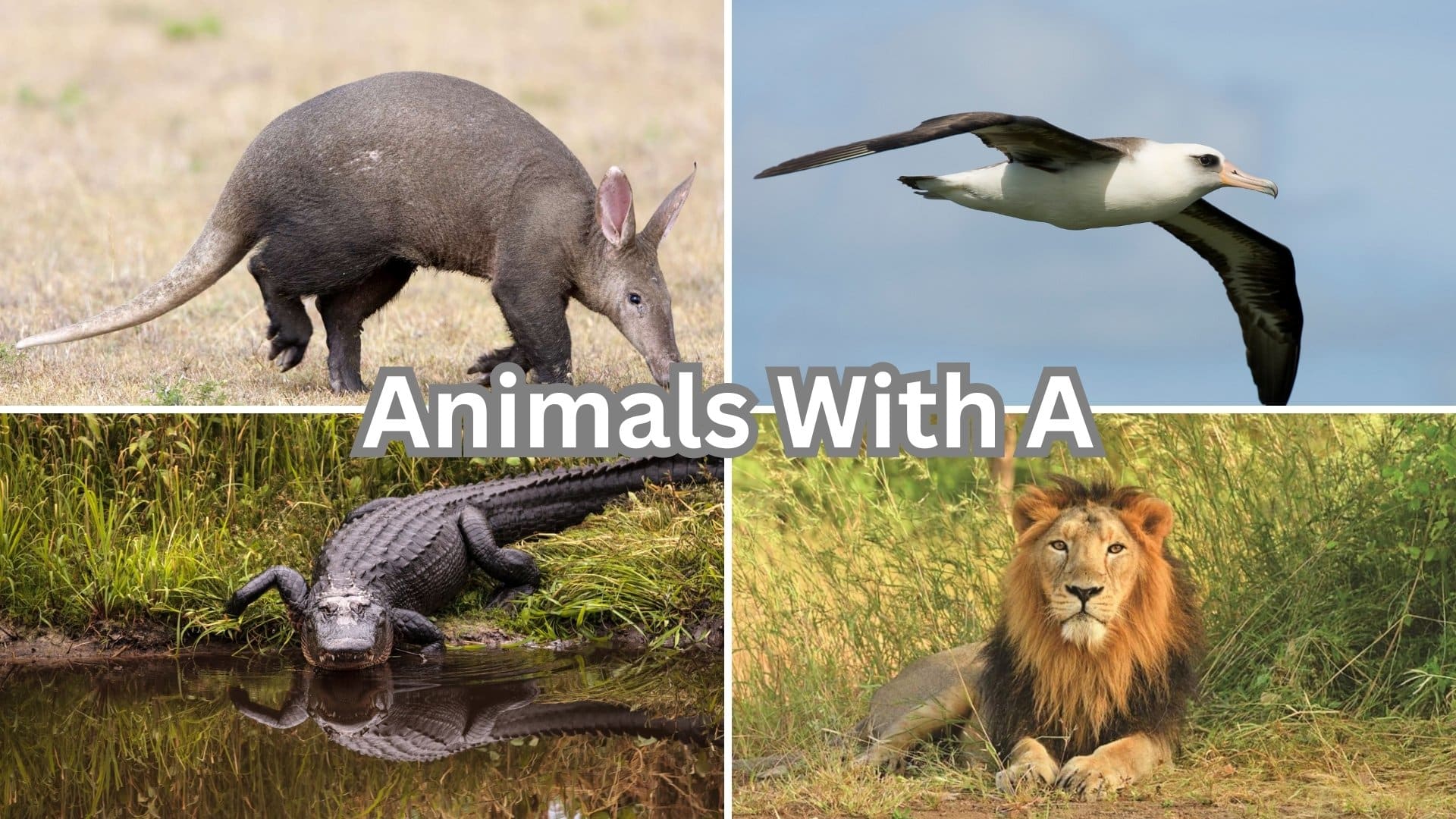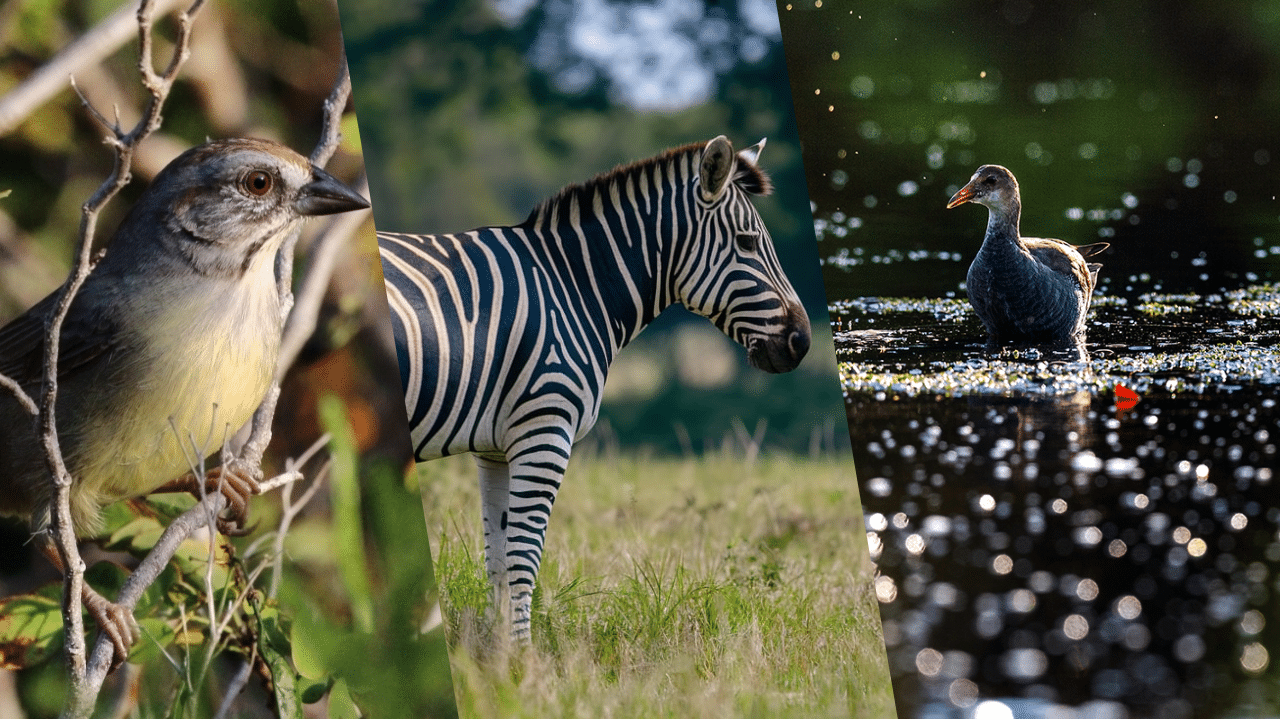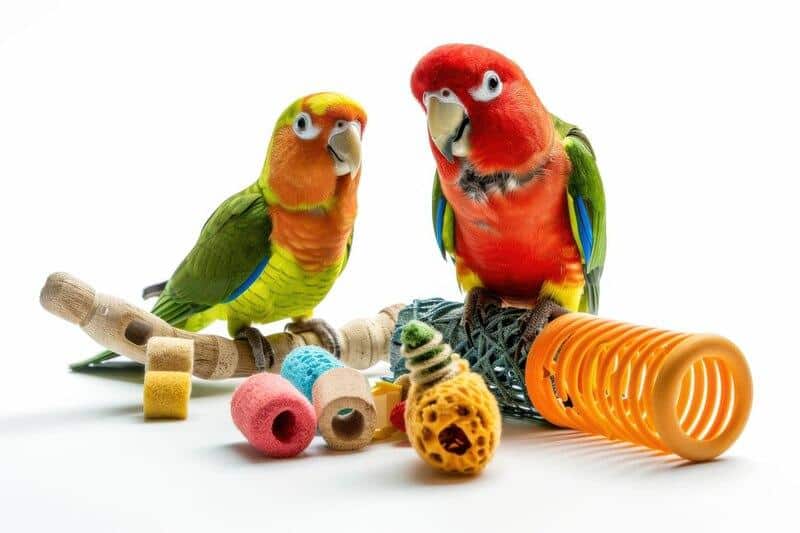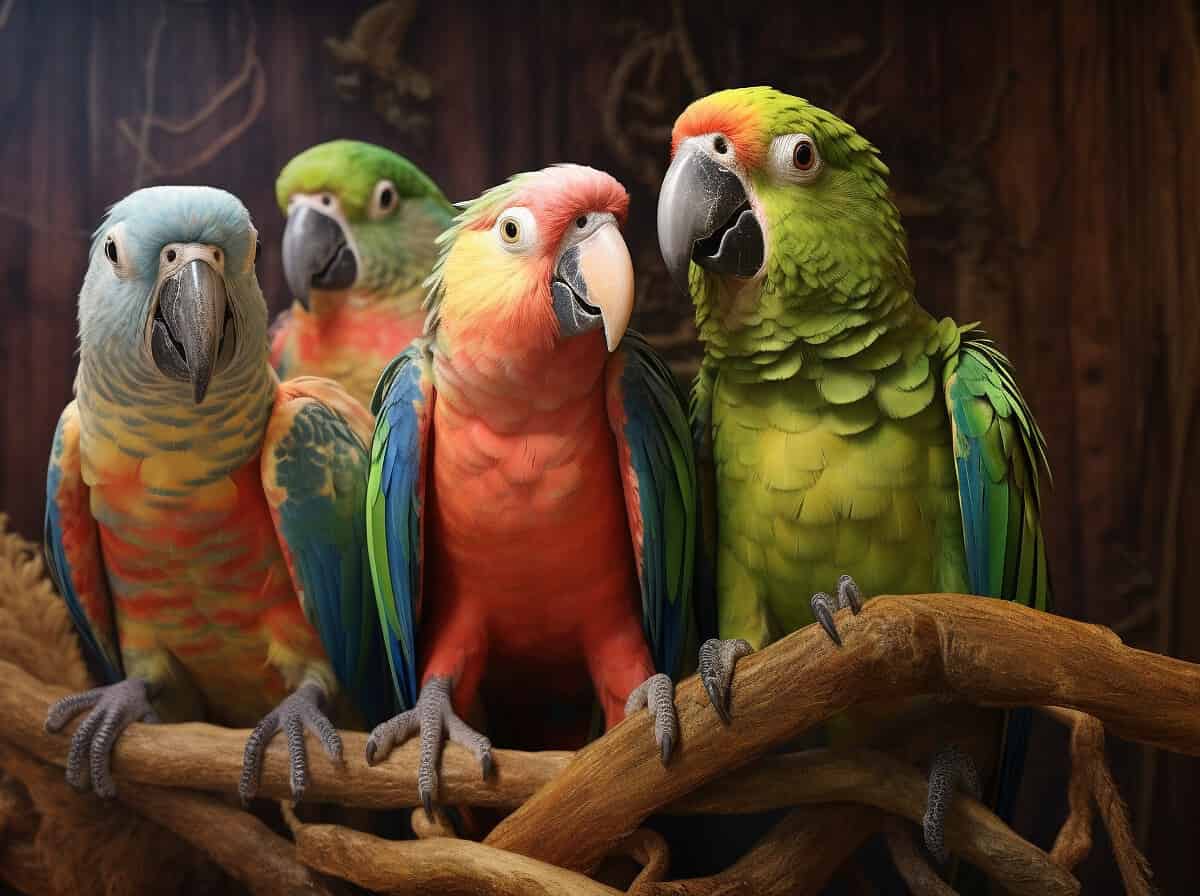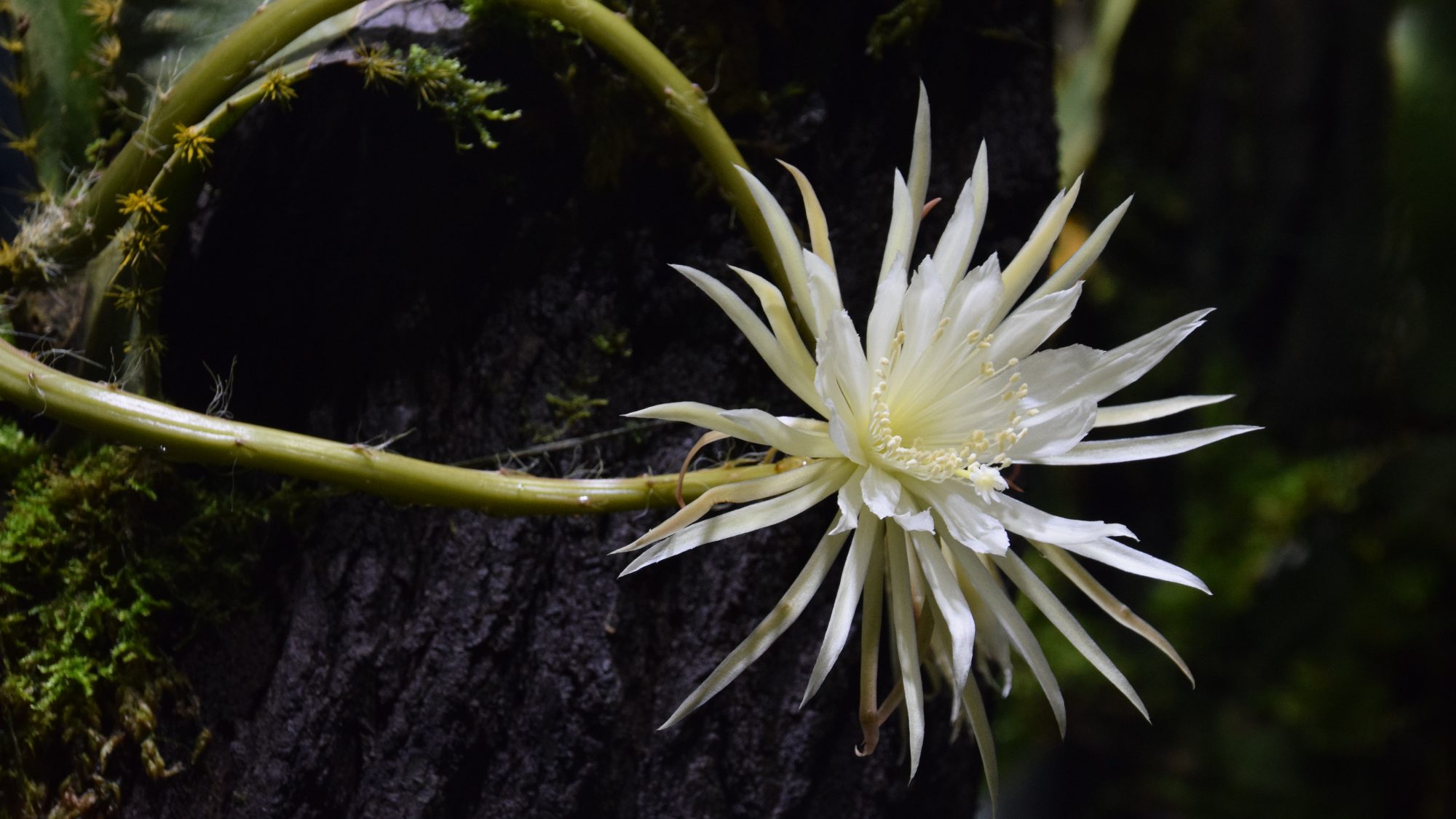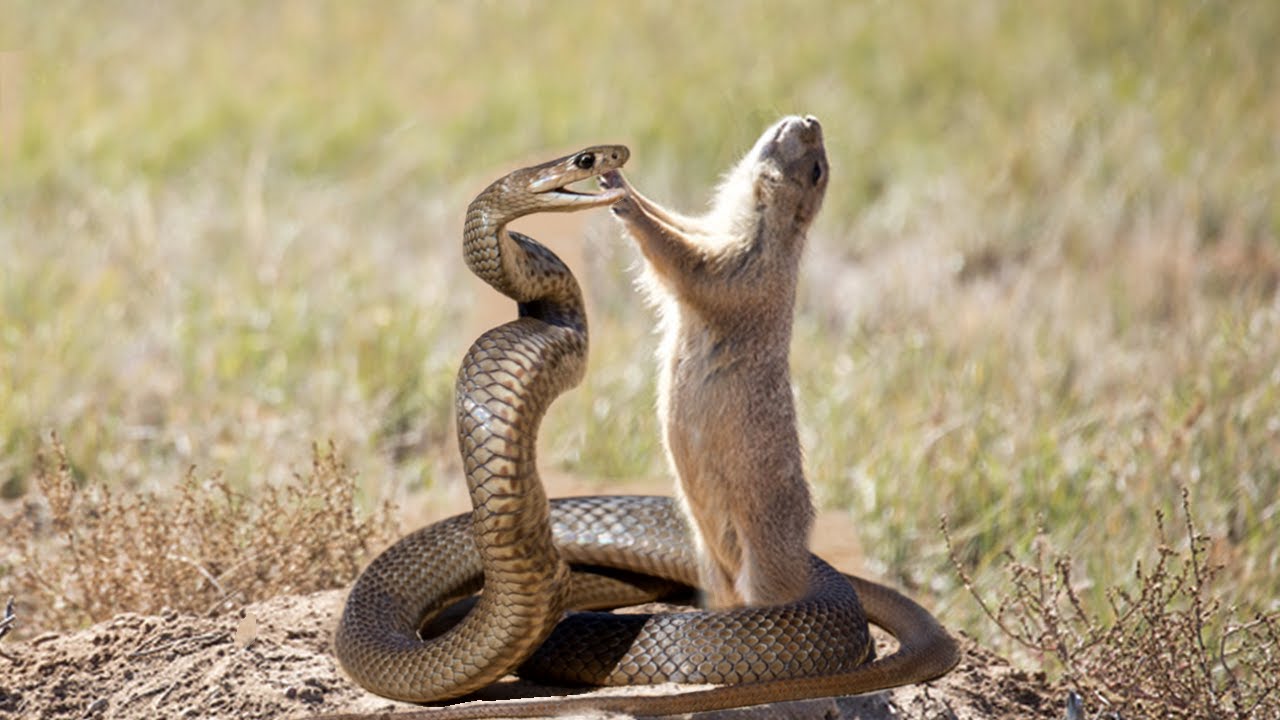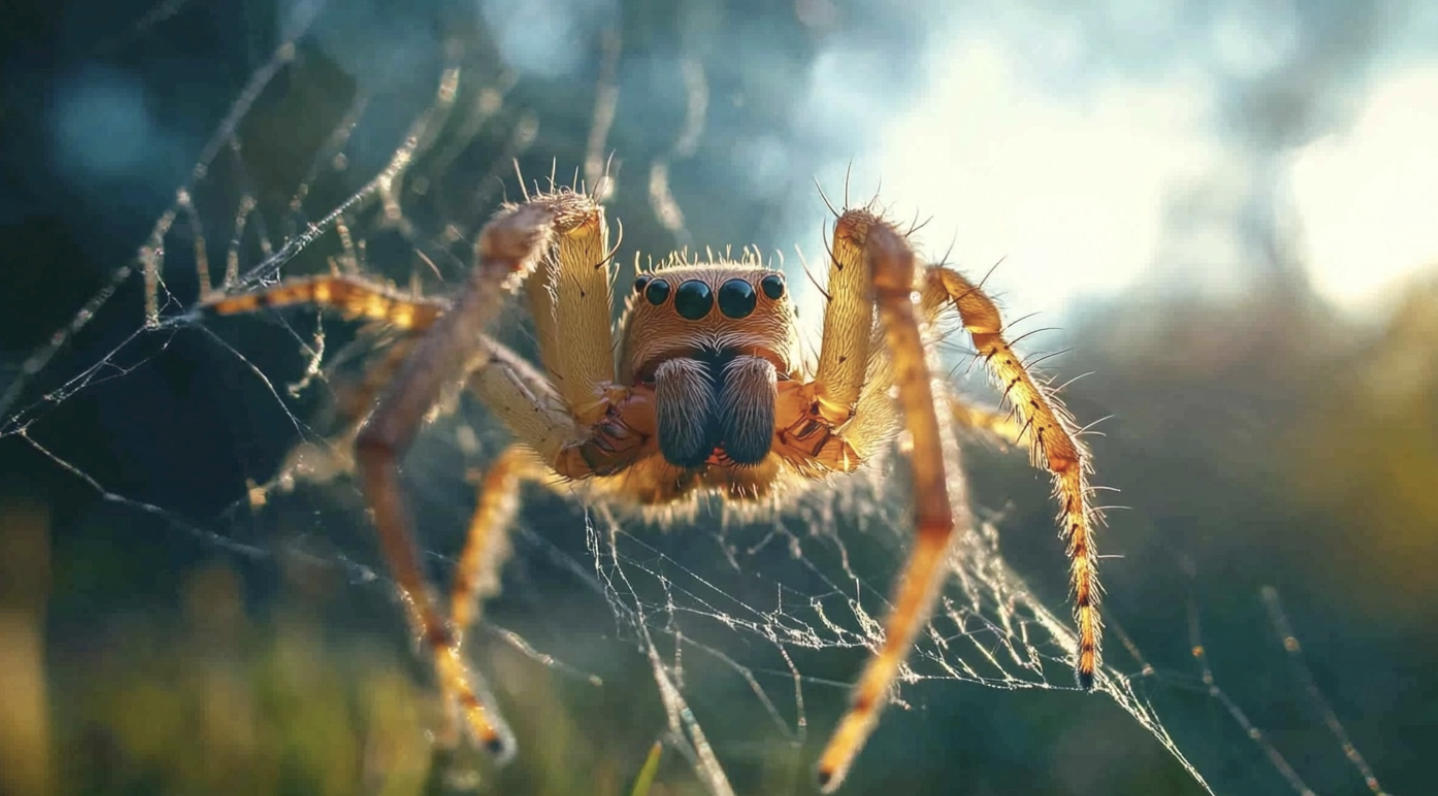
Ever wondered which feathered friends share your initials? The avian world offers a remarkable variety of species beginning with every letter—including the luxury “E” family.
From the Imperial Emperor Penguin of Antarctica to the Eastern Rosella of Australia, birds that start with “E” represent an astonishing diversity of adaptations, habitats, and behaviors.
These charming creatures have developed distinct characteristics that help them thrive in environments ranging from icy polar regions to tropical forests.
Were you aware that emperor Penguins can plunge deeper than any other bird? They can reach depths over 500 meters and hold their breath for more than 20 minutes!
If you’re a dedicated birder or simply curious about wildlife, you’ll find something charming about these remarkable “E” birds.
A Glamorous Look at Birds Starting with “E”
1. Emperor Penguin

The Emperor Penguin is the tallest and heaviest of all living penguin species. These flightless birds are known for enduring extreme cold during breeding season in Antarctica.
- Region of Habitat: Antarctica
- Scientific Name:Aptenodytes forsteri
- Feeding Habits: Primarily feed on fish, squid, and krill caught during deep dives.
- What Sound They Make: Produce trumpeting calls and hissing sounds for communication.
Fun Facts
Emperor Penguins can dive deeper than any other bird, reaching depths over 500 meters. They can hold their breath for more than 20 minutes.
Males keep eggs warm on their feet under a flap of skin for over two months without eating.
2. Emu
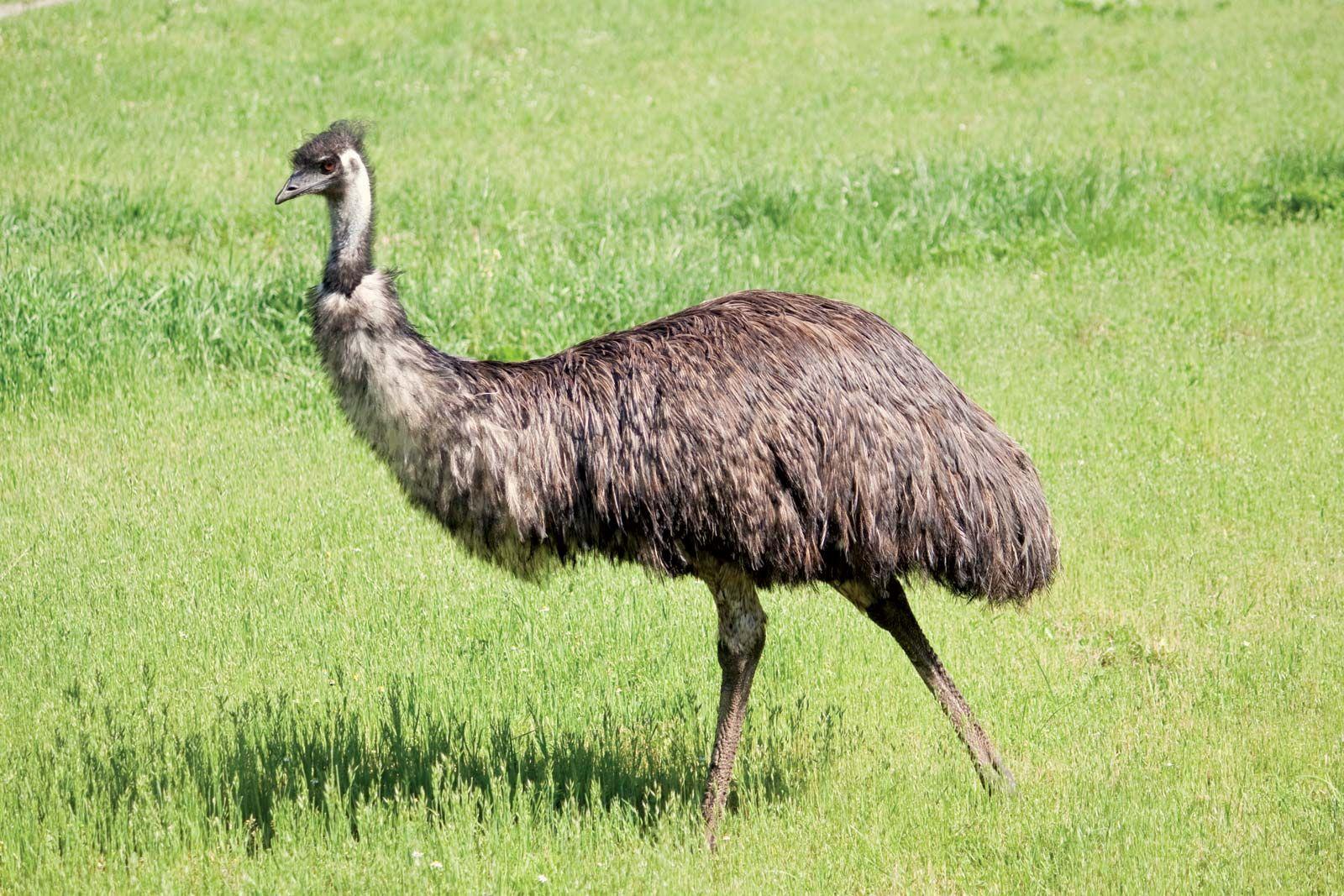
The Emu is the second-largest bird in the world and is native to Australia. Though it cannot fly, it is a fast runner and can sprint up to 50 km/h.
- Region of Habitat: Australia
- Scientific Name:Dromaius novaehollandiae
- Feeding Habits: Omnivorous; eats plants, insects, and small animals.
- What Sound They Make: Emitted deep booming, drumming, and grunting sounds.
Fun Facts
Emus have powerful legs and can travel great distances in search of food. They swallow pebbles to help grind food in their gizzard. Males take sole responsibility for incubating eggs and raising chicks.
3. Eastern Bluebird
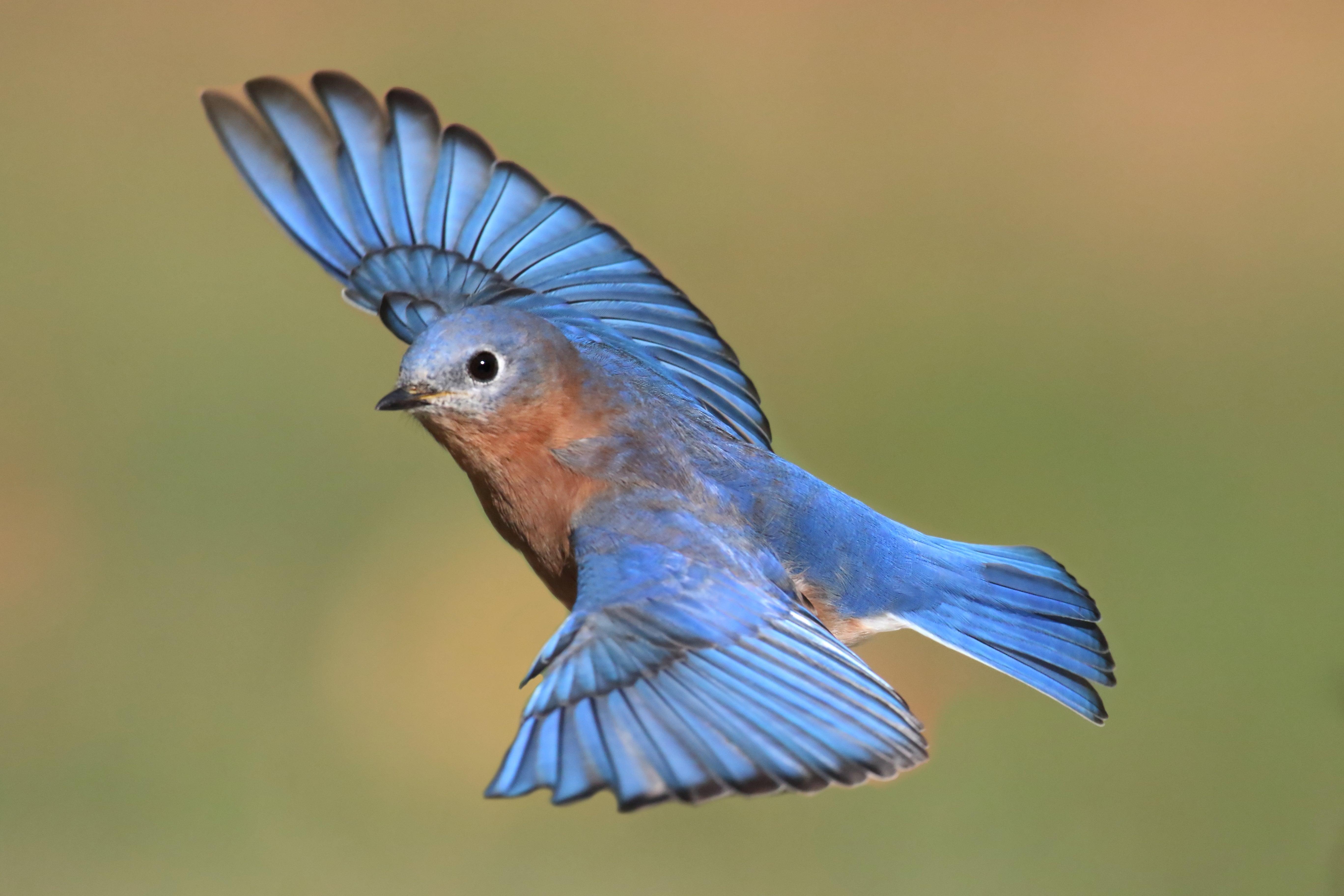
The Eastern Bluebird is a small thrush known for its bright blue back and reddish-orange chest. It’s a common sight in open woodlands and meadows.
- Region of Habitat: Eastern North America
- Scientific Name:Sialia sialis
- Feeding Habits: Insectivorous; feed on beetles, caterpillars, and grasshoppers, as well as berries.
- What Sound They Make: Soft warbling whistles and chirps.
Fun Facts
Eastern Bluebirds often reuse the same nesting sites year after year. They are highly territorial during breeding season, and people usually place nest boxes to help support their populations.
4. European Robin
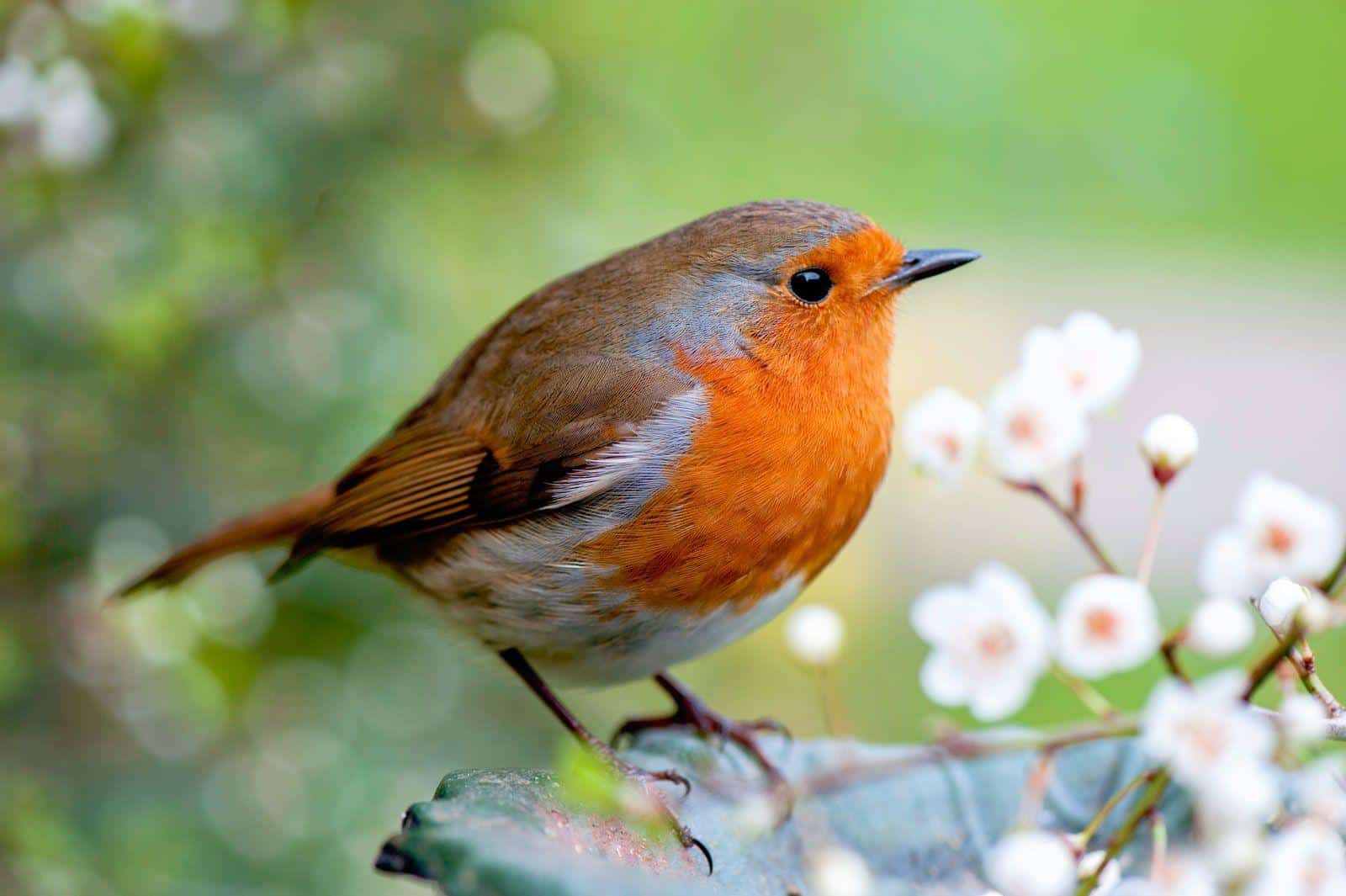
The European Robin is a small, round bird recognized by its orange-red face and chest. It is a familiar garden bird and is often seen during winter months.
- Region of Habitat: Europe, parts of Western Asia, and North Africa
- Scientific Name:Erithacus rubecula
- Feeding Habits: Eats insects, spiders, fruits, and seeds.
- What Sound They Make: Melodious warbling and ticking call.
Fun Facts
European Robins are known to sing even in winter, a rare behavior among songbirds. Males and females sing to defend their territories. They’re often featured on Christmas cards in the UK.
5. Eurasian Eagle Owl
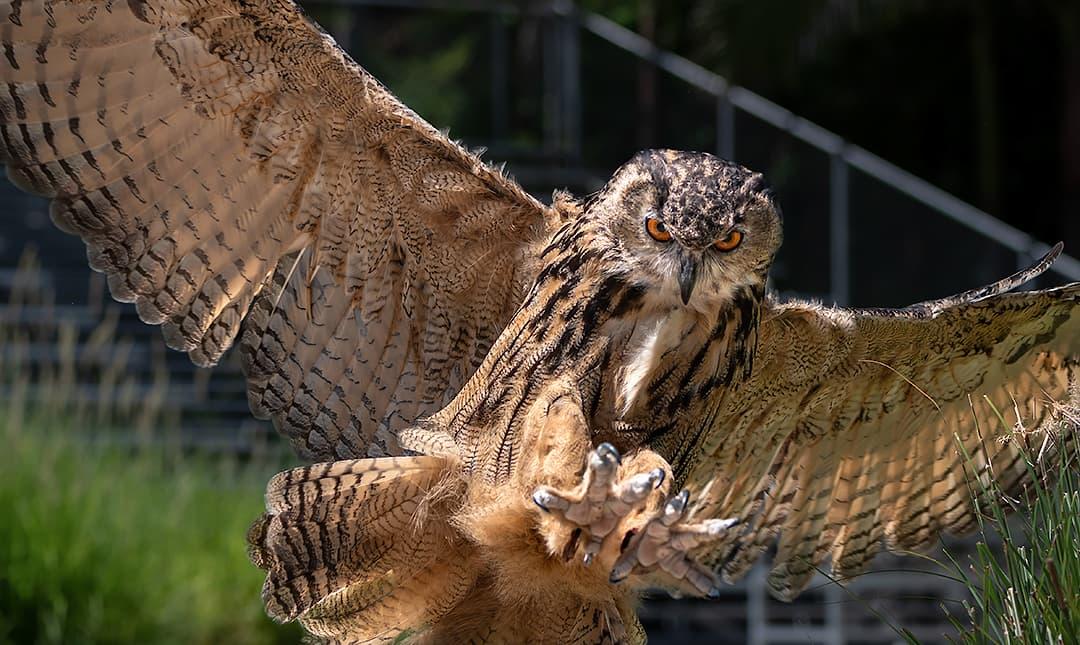
This large and powerful owl has striking orange eyes and prominent ear tufts. It’s one of the largest owl species in the world.
- Region of Habitat: Europe, Asia, and parts of North Africa
- Scientific Name:Bubo bubo
- Feeding Habits: Carnivorous; preys on small mammals, birds, and reptiles.
- What Sound They Make: Deep booming hoots.
Fun Facts
Eurasian Eagle-owls can take down prey much larger than themselves. Their wingspan reaches over 6 feet. Their vision is extremely sharp in low light, aiding in night hunting.
6. Eurasian Magpie
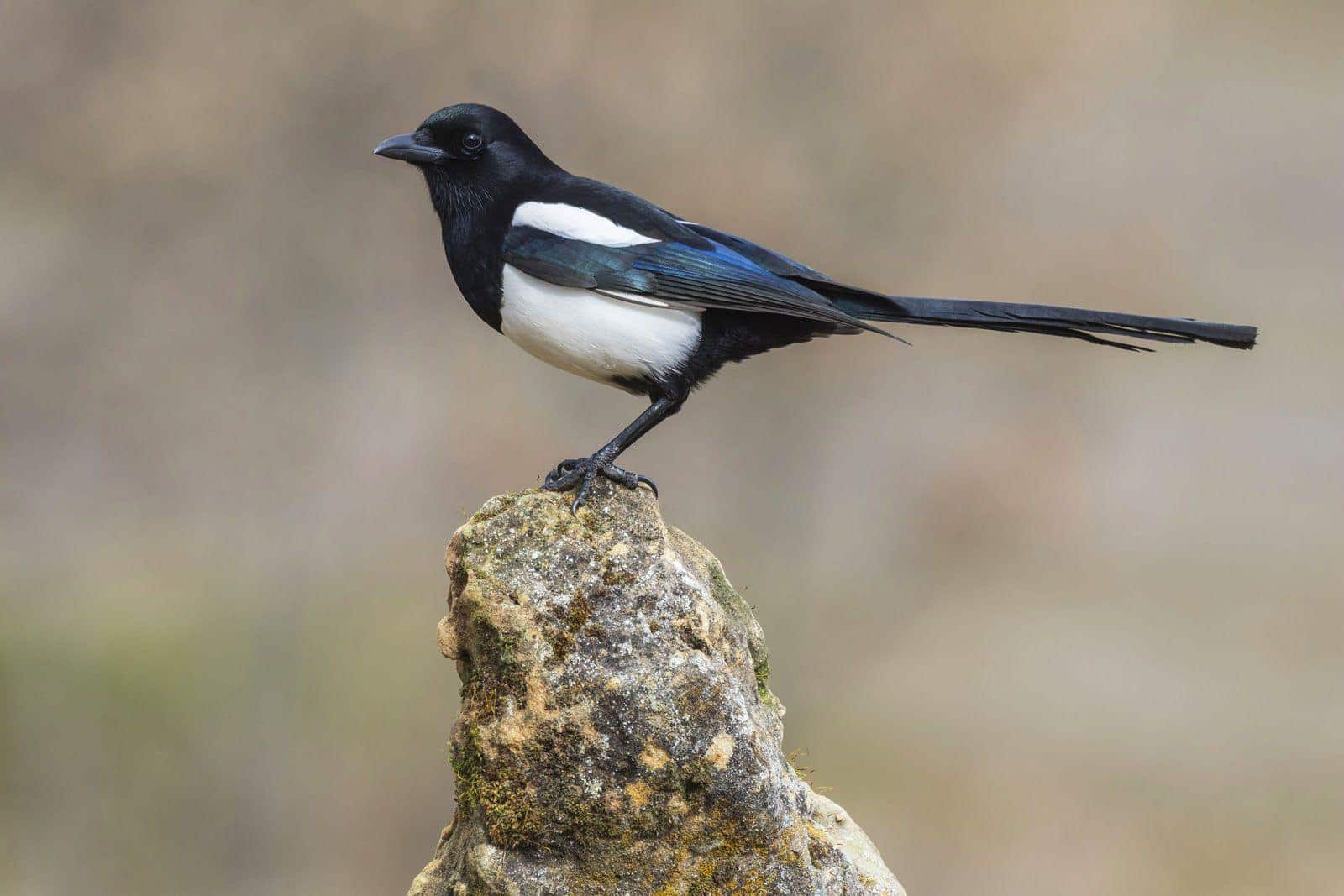
The Eurasian Magpie is a highly intelligent black and white bird known for its long tail and iridescent feathers. It belongs to the crow family and is often found near human habitation.
- Region of Habitat: Europe, North Africa, and much of Asia
- Scientific Name:Pica pica
- Feeding Habits: Omnivorous; feeds on insects, small animals, seeds, carrion, and food scraps.
- What Sound They Make: Harsh chattering and metallic “chak-chak” sounds.
Fun Facts
Eurasian Magpies are one of the few non-mammal species that can recognize themselves in mirrors. They build large domed nests with side entrances. In folklore, they’re often associated with omens and superstitions.
7. Eurasian Collared Dove
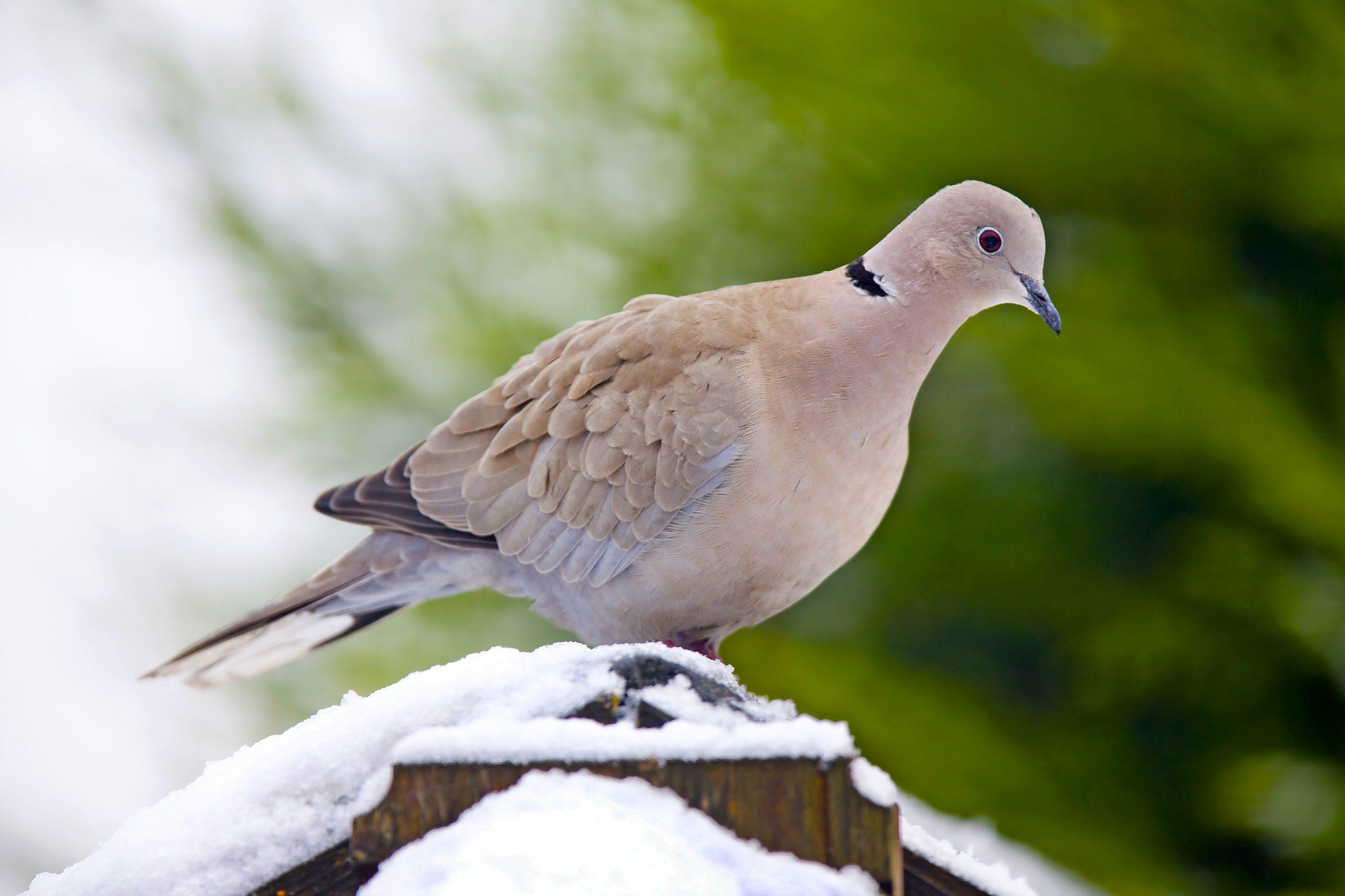
This pale gray dove with a black half-ring on its neck has spread rapidly worldwide in recent decades. It is a familiar bird in urban and rural areas alike.
- Region of Habitat: Originally Asia and Europe; now widespread across North America
- Scientific Name:Streptopelia decaocto
- Feeding Habits: Primarily eats seeds and grains, often found at bird feeders.
- What Sound They Make: Repetitive three-part cooing sound.
Fun Facts
Eurasian Collared Doves were introduced to the Bahamas in the 1970s and quickly spread across North America. They’re known for nesting in odd places, like hanging flower pots or gutters. They can breed nearly year-round.
8. Eclectus Parrot
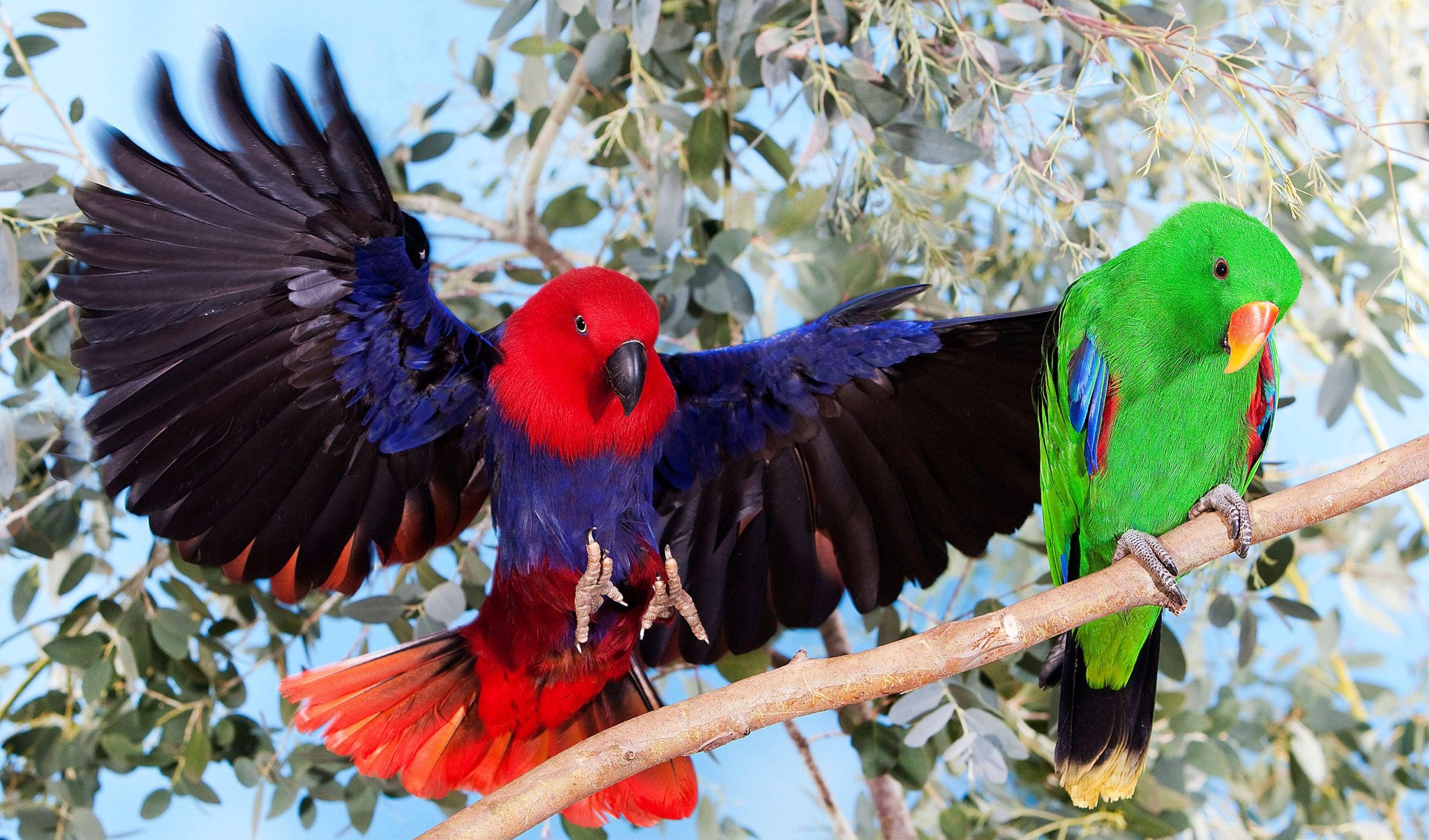
The Eclectus Parrot is famous for its extreme sexual dimorphism—males are bright green, and females are red and purple. They are calm and intelligent parrots.
- Region of Habitat: New Guinea, northeastern Australia, and nearby islands
- Scientific Name:Eclectus roratus
- Feeding Habits: Frugivorous; eats fruits, nuts, seeds, and blossoms.
- What Sound They Make: Whistles, squawks, and human-like mimicry.
Fun Facts
Eclectus Parrots have one of the most extreme color differences between sexes in the bird world. Females guard the nest aggressively, while multiple males may bring them food. Their feathers are uniquely hair-like in texture.
9. Egyptian Vulture
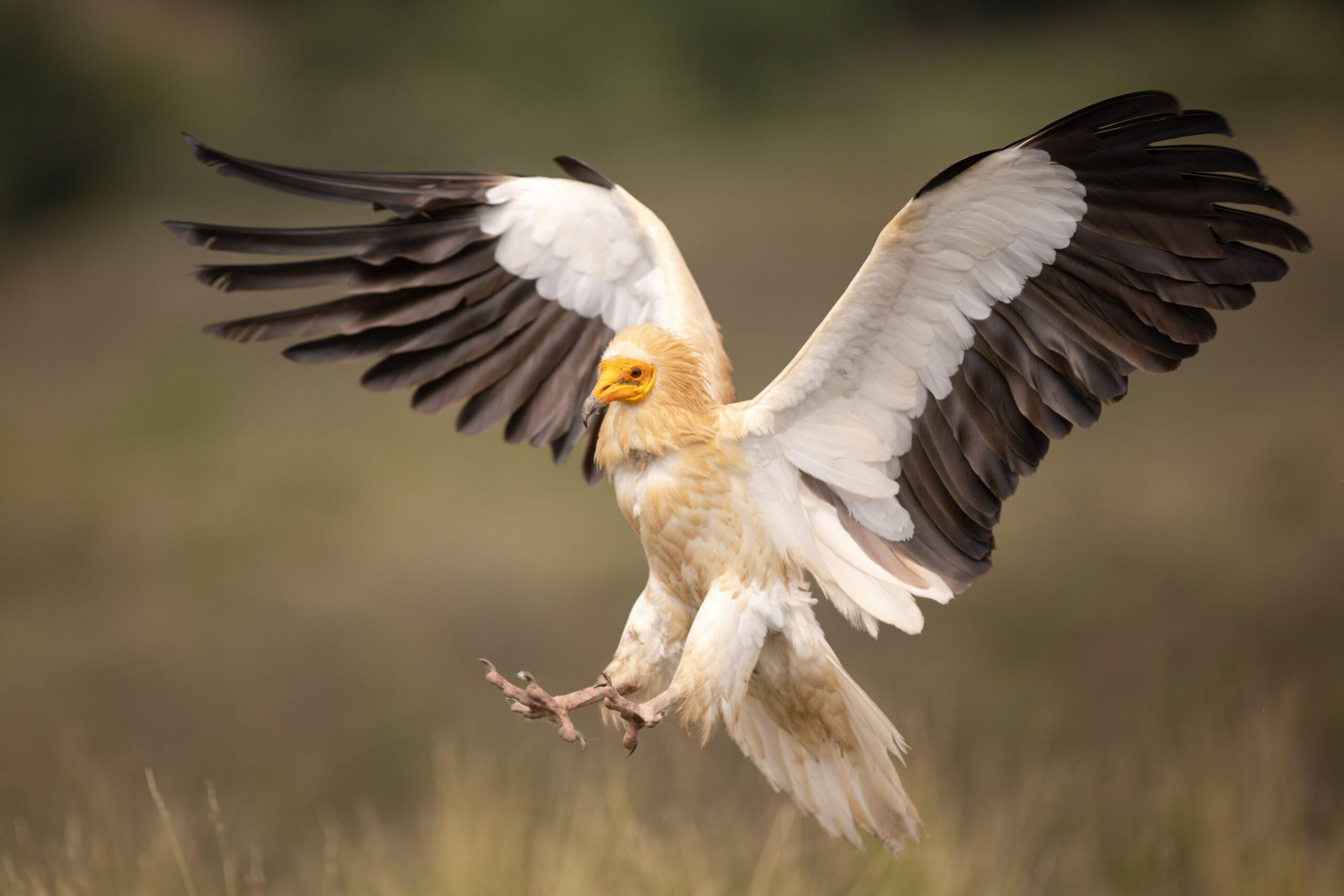
This medium-sized vulture is easily identified by its white feathers, yellow face, and wedge-shaped tail. It’s known for using tools to break open eggs.
- Region of Habitat: Southern Europe, Africa, and parts of Asia
- Scientific Name:Neophron percnopterus
- Feeding Habits: Scavenger; feeds on carrion, feces, and sometimes small animals.
- What Sound They Make: Hissing and screeching sounds.
Fun Facts
Egyptian Vultures are among the few birds known to use tools—they drop stones on ostrich eggs to crack them open.
They’re revered in some cultures and appear in ancient Egyptian art. However, their numbers are declining due to poisoning and habitat loss.
10. Elf Owl
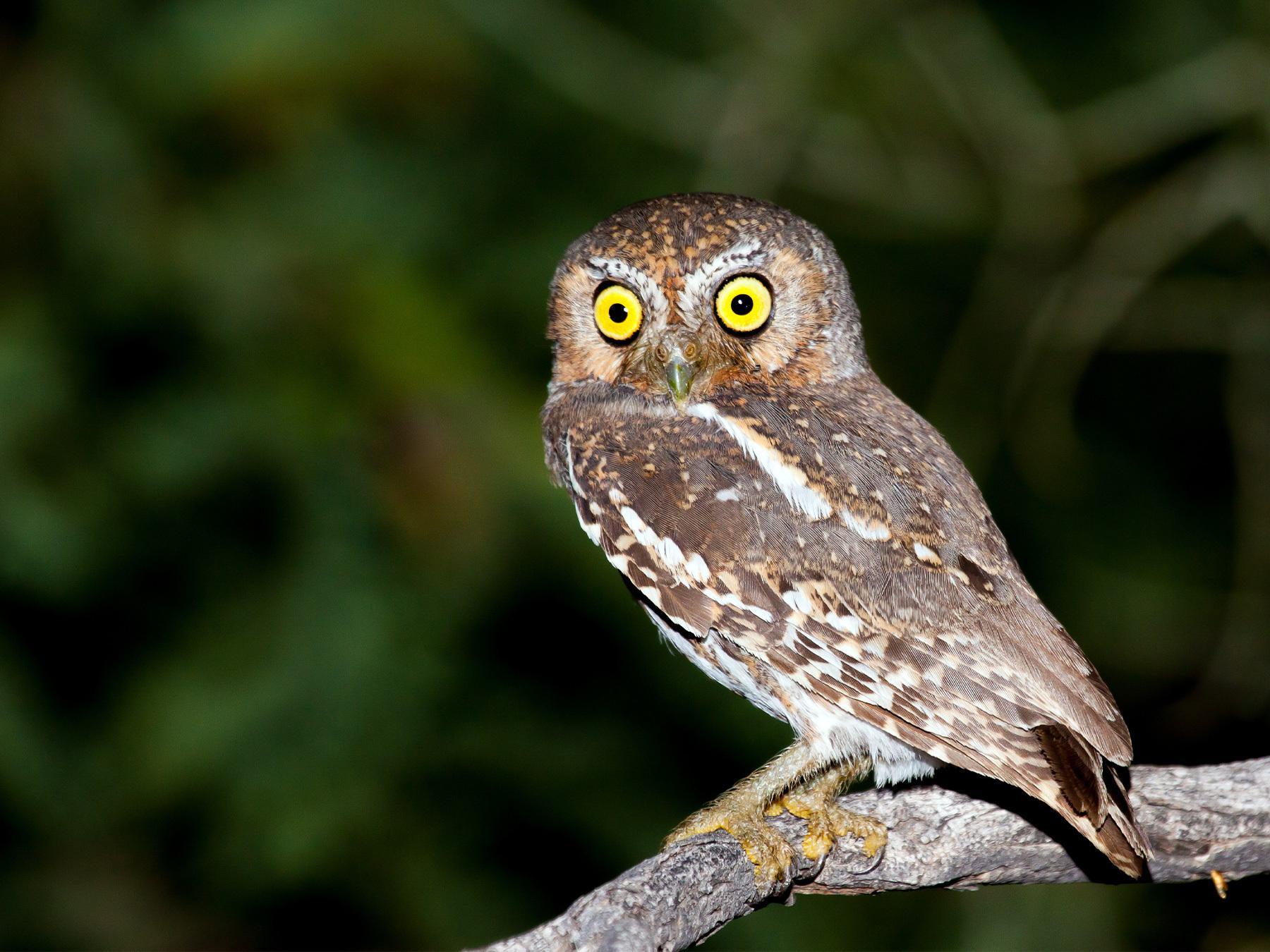
The Elf Owl is the world’s smallest owl, about the size of a sparrow. Despite its size, it’s a fierce insect hunter.
- Region of Habitat: Southwestern United States, Mexico
- Scientific Name:Micrathene whitneyi
- Feeding Habits: Insectivorous; eats beetles, moths, and other insects.
- What Sound They Make: High-pitched whinnying and yelping sounds.
Fun Facts
Elf Owls nest in old woodpecker holes in saguaro cacti or trees. They’re migratory and fly to Mexico in the winter. Their tiny size helps them go unnoticed by predators.
11. Eastern Screech Owl
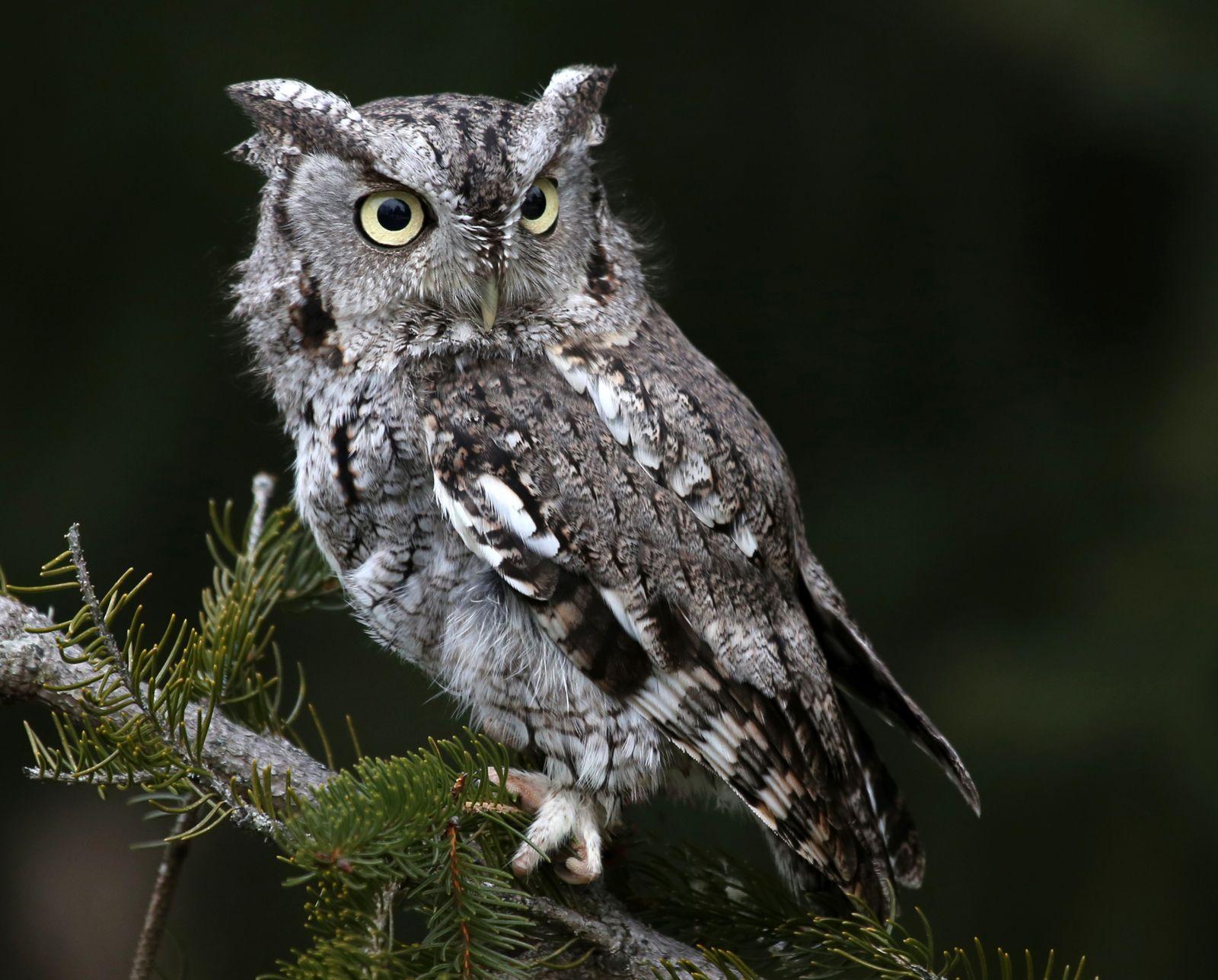
This small, stocky owl, with its gray or reddish-brown feathers, blends perfectly into tree bark. It is a nocturnal hunter that relies on stealth.
- Region of Habitat: Eastern North America
- Scientific Name:Megascops asio
- Feeding Habits: Carnivorous; preys on insects, small mammals, and reptiles.
- What Sound They Make: Trilling or descending whinny-like calls.
Fun Facts
Eastern Screech Owls can live in both wooded and suburban areas. Despite their name, owls don’t screech. Some people install owl boxes to attract them and use them as natural pest control.
12. Eurasian Jay
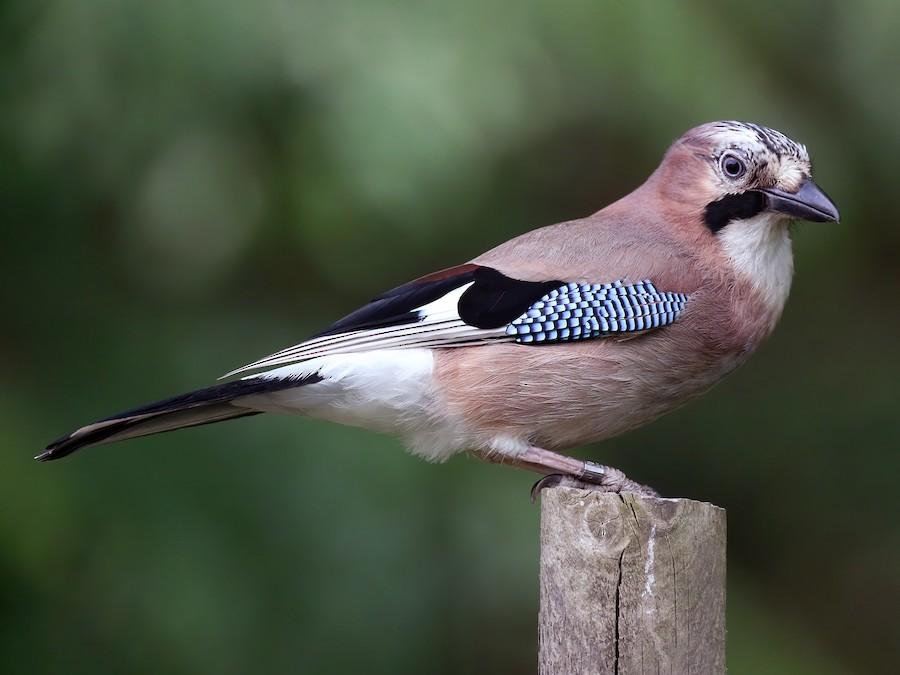
The Eurasian Jay is a colorful crow family member with pinkish body feathers and bright blue wing patches. It’s known for its secretive behavior and loud calls.
- Region of Habitat: Europe and parts of Asia
- Scientific Name:Garrulus glandarius
- Feeding Habits: Omnivorous; feeds on acorns, insects, and small animals.
- What Sound They Make: Harsh screeches and can mimic other birds.
Fun Facts
Eurasian Jays are excellent at hiding food for later use and can remember thousands of locations. They play a major role in oak tree distribution by caching acorns. Their mimicry is so convincing that it can fool other birds.
13. Eastern Rosella
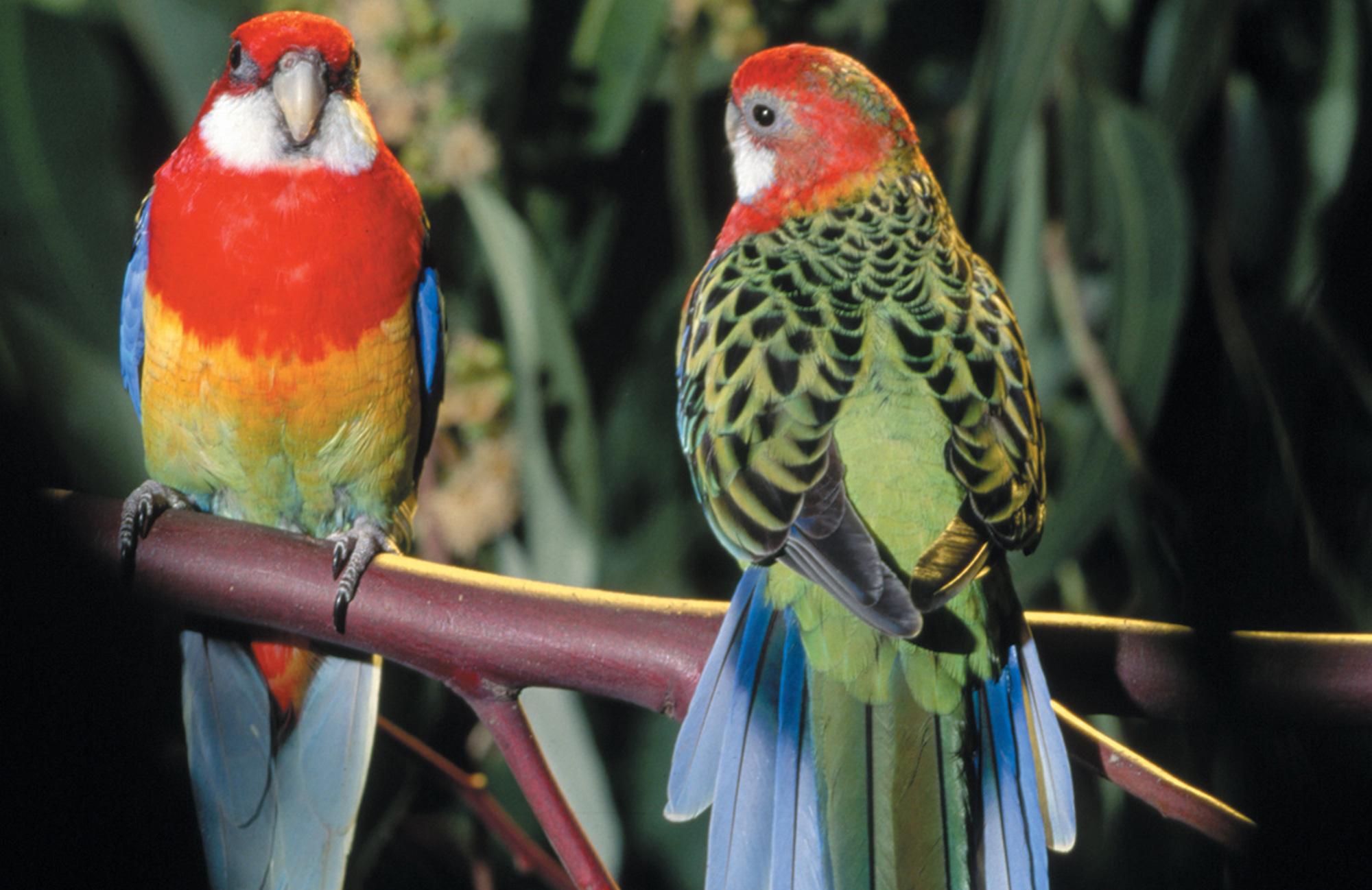
The Eastern Rosella is a vibrantly colored parrot with a red head, yellow chest, and multicolored wings. It’s often seen in pairs or small groups in open woodlands and parks.
- Region of Habitat: Southeastern Australia and Tasmania
- Scientific Name:Platycercus eximius
- Feeding Habits: Eats seeds, fruits, flowers, and insects.
- What Sound They Make: Whistling and chattering calls.
Fun Facts
Eastern Rosellas are cavity nesters and prefer hollows in eucalyptus trees. They’re known for their beautiful plumage and shy nature. They sometimes mimic human sounds and whistles.
14. European Goldfinch
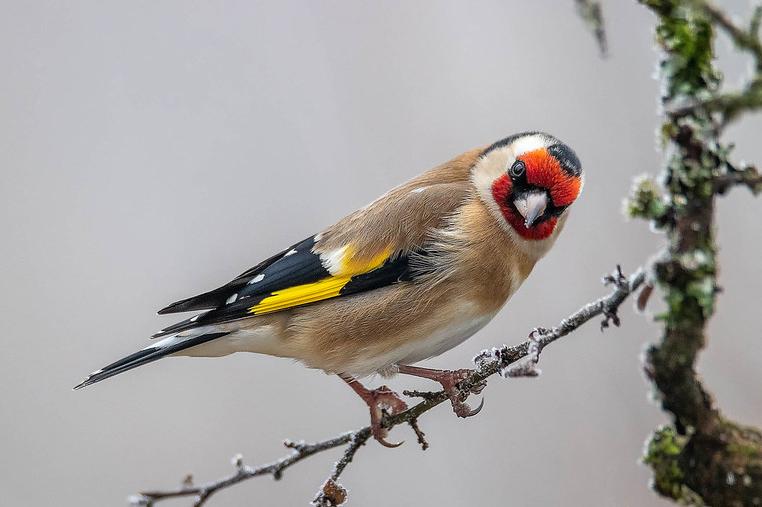
This small bird is easily recognized by its bright red face, black-and-white head, and yellow-striped wings. It is often seen flitting through gardens and meadows.
- Region of Habitat: Europe, North Africa, and Western Asia
- Scientific Name:Carduelis carduelis
- Feeding Habits: Primarily feeds on seeds, especially thistle and dandelion.
- What Sound They Make: Musical tinkling and twittering calls.
Fun Facts
European Goldfinches have been kept as cage birds since the Middle Ages. They symbolize joy and positivity in art and literature. Their acrobatic feeding style allows them to hang upside-down on thistles.
15. European Bee-Eater
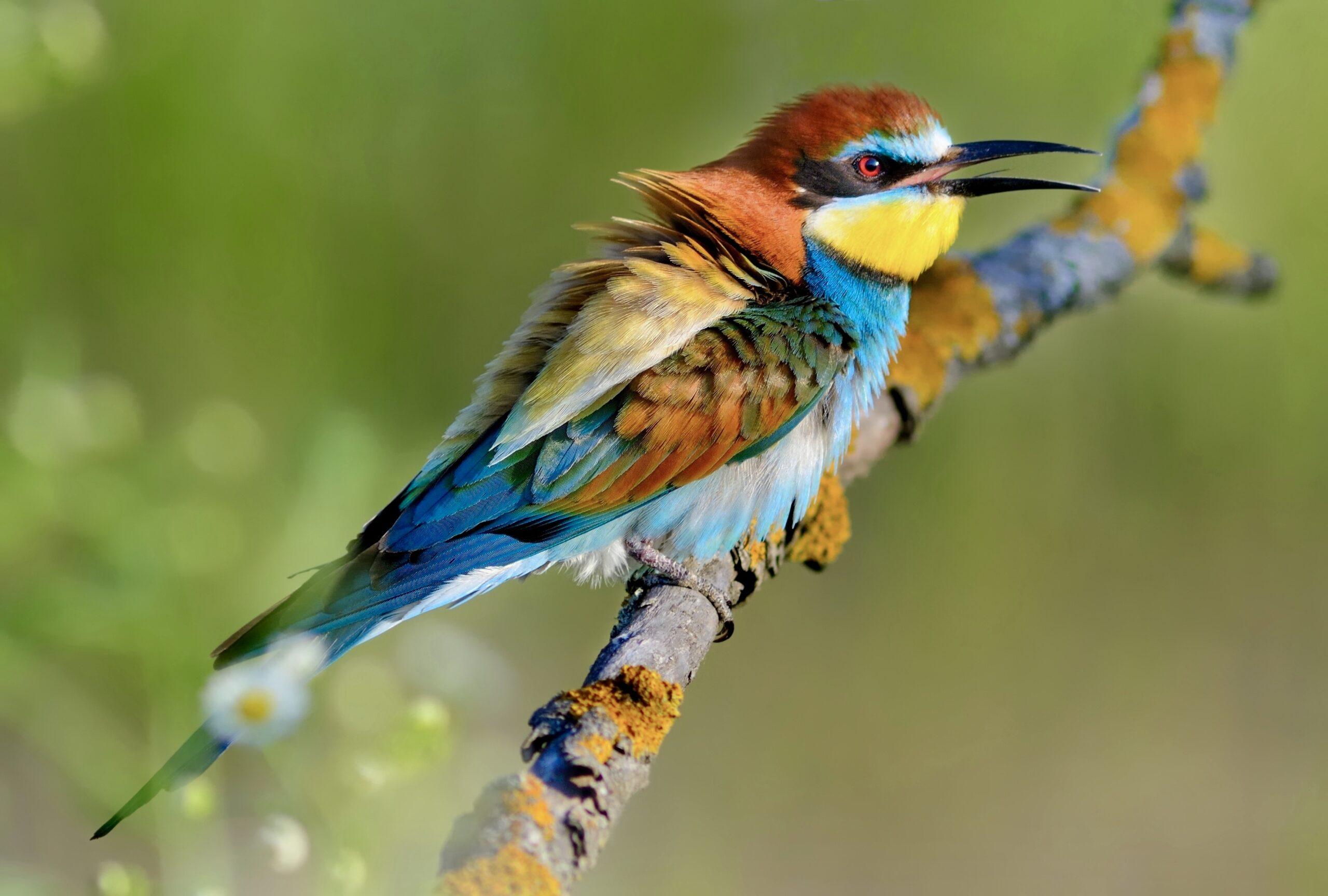
This bird is known for its brilliant plumage, featuring turquoise, yellow, and chestnut colors. It catches flying insects in mid-air with remarkable agility.
- Region of Habitat: Southern Europe, parts of North Africa, and western Asia
- Scientific Name:Merops apiaster
- Feeding Habits: Insectivorous; primarily eats bees, wasps, and other flying insects.
- What Sound They Make: Rolling “prrrt” or soft trills.
Fun Facts
European Bee-Eaters skillfully remove stingers by beating insects against hard surfaces. They nest in burrows dug into sandy banks and form large, colorful flocks during migration.
16. Eastern Meadowlark
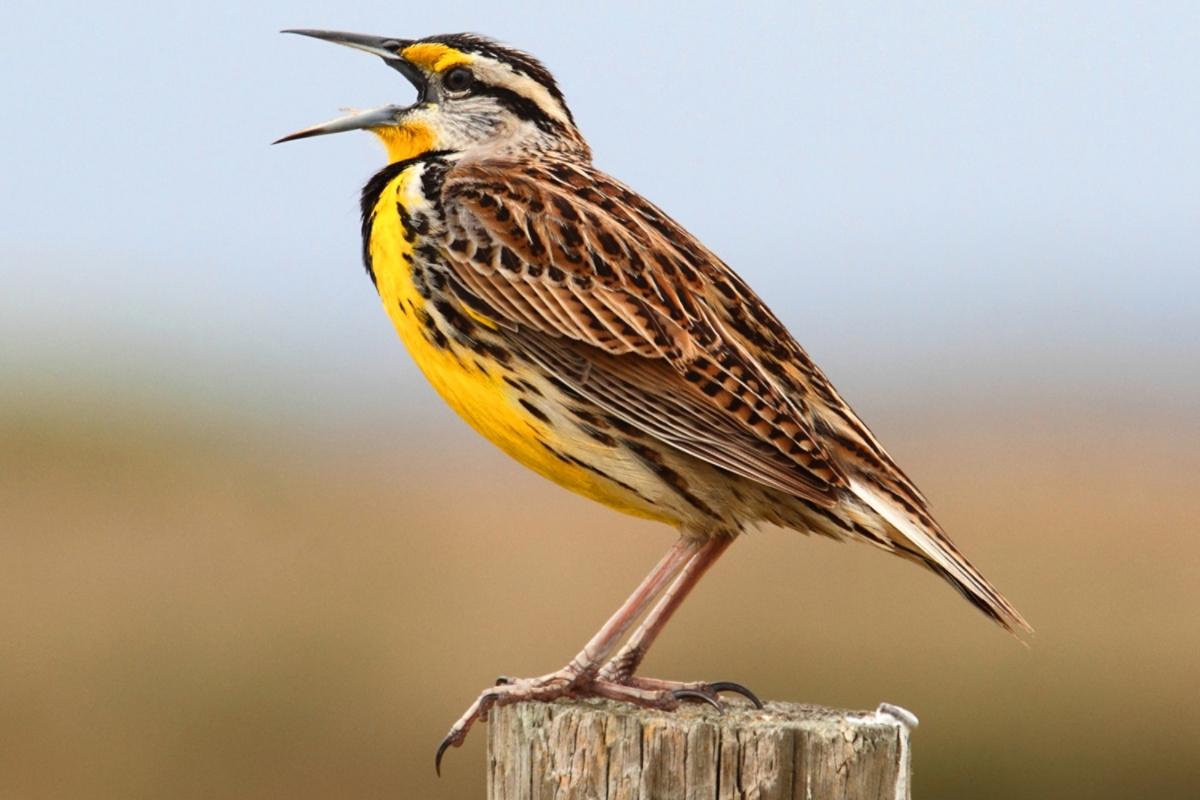
This chunky, yellow-breasted songbird with a black “V” on its chest is known for its flute-like song that echoes across grasslands.
- Region of Habitat: Eastern and Central North America
- Scientific Name:Sturnella magna
- Feeding Habits: Omnivorous; eats insects, seeds, and grains.
- What Sound They Make: Clear, whistled song with flutelike notes.
Fun Facts
Eastern Meadowlarks are ground nesters, building dome-shaped nests hidden among tall grasses. Their population has declined due to habitat loss. They often sing while perched on fence posts or tall weeds.
17. European Greenfinch
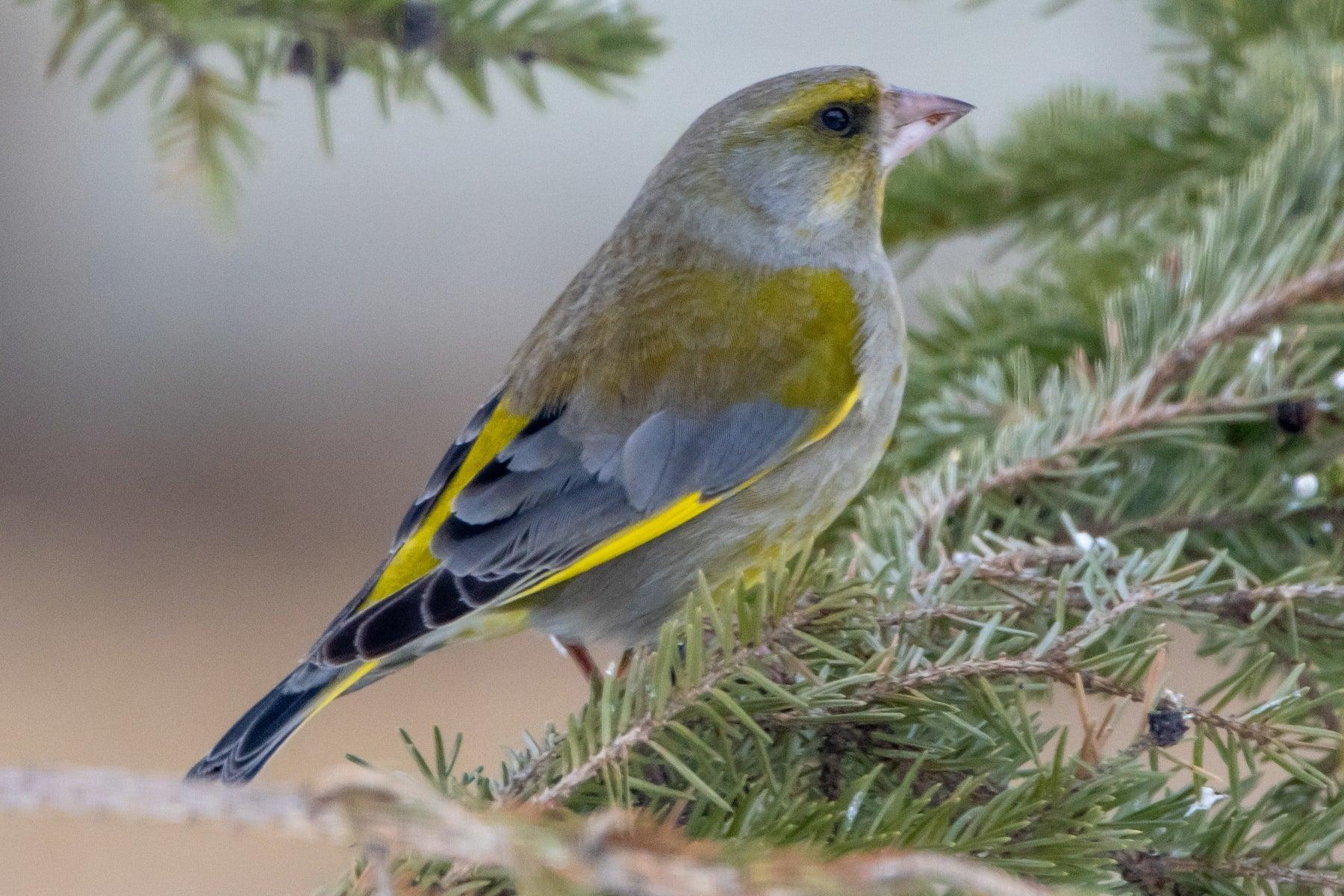
A stout, olive-green finch with flashes of yellow in the wings, the European Greenfinch is a common garden bird that thrives in urban and rural areas.
- Region of Habitat: Europe, North Africa, and parts of western Asia
- Scientific Name:Chloris chloris
- Feeding Habits: Eats seeds, buds, and berries.
- What Sound They Make: Wheezy trills and twittering calls.
Fun Facts
European Greenfinches often visit bird feeders in winter. Males perform a detailed fluttering display flight during courtship. Despite their cheerful appearance, they can be territorial at feeders.
18. Eurasian Blue Tit
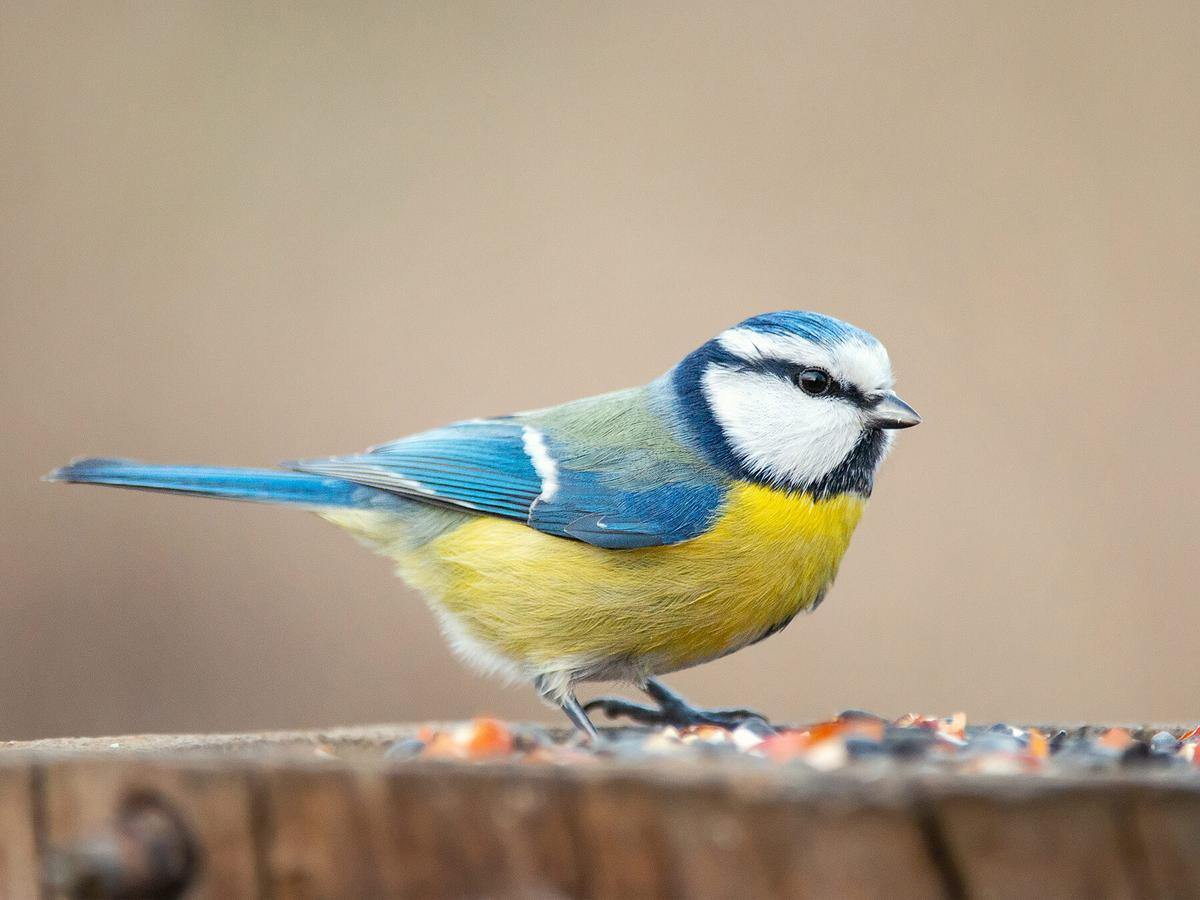
This tiny bird is recognized by its blue crown, wings, and tail, with a yellow belly and greenish back. It’s an agile forager and is often seen clinging to feeders or tree bark.
- Region of Habitat: Europe and parts of the Middle East
- Scientific Name:Cyanistes caeruleus
- Feeding Habits: Insects, seeds, and suet.
- What Sound They Make: High-pitched trills and chirps.
Fun Facts
Eurasian Blue Tits have been observed learning from each other, including how to open milk bottles in the past. They are curious and clever birds that can recognize human faces.
19. Eurasian Hoopoe
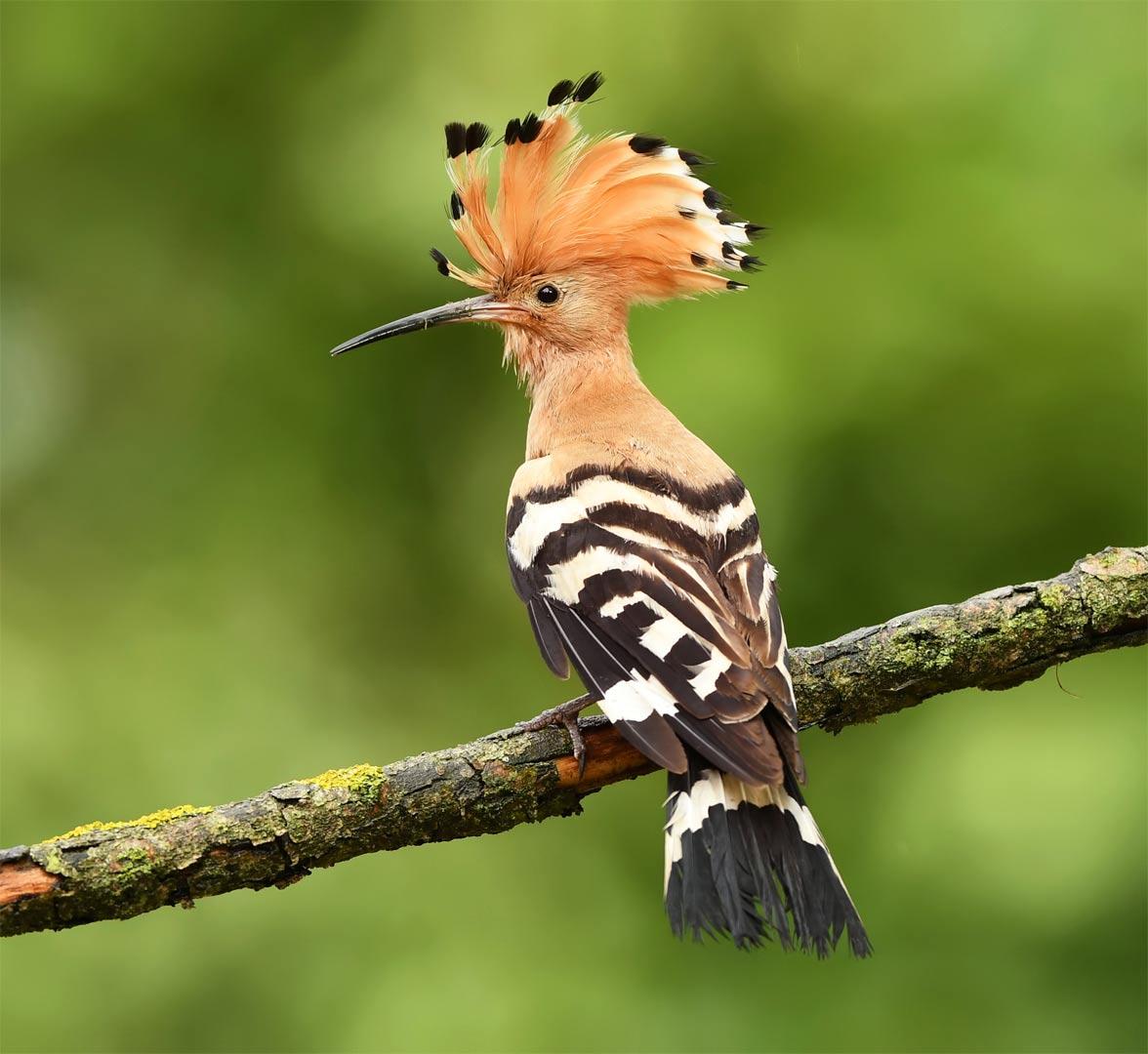
With its dramatic crest and zebra-striped wings, the Eurasian Hoopoe is one of the most distinctive birds in its range. It often flicks its crest open in a fan shape.
- Region of Habitat: Europe, Asia, and Northern Africa
- Scientific Name:Upupa epops
- Feeding Habits: Insectivorous; eats insects, larvae, and small reptiles.
- What Sound They Make: Soft “hoo-hoo-hoo” calls.
Fun Facts
The Hoopoe’s name mimics its call. It uses its long, curved beak to probe the ground for insects. During nesting, females and chicks emit a foul smell to deter predators.
20. Eastern Phoebe
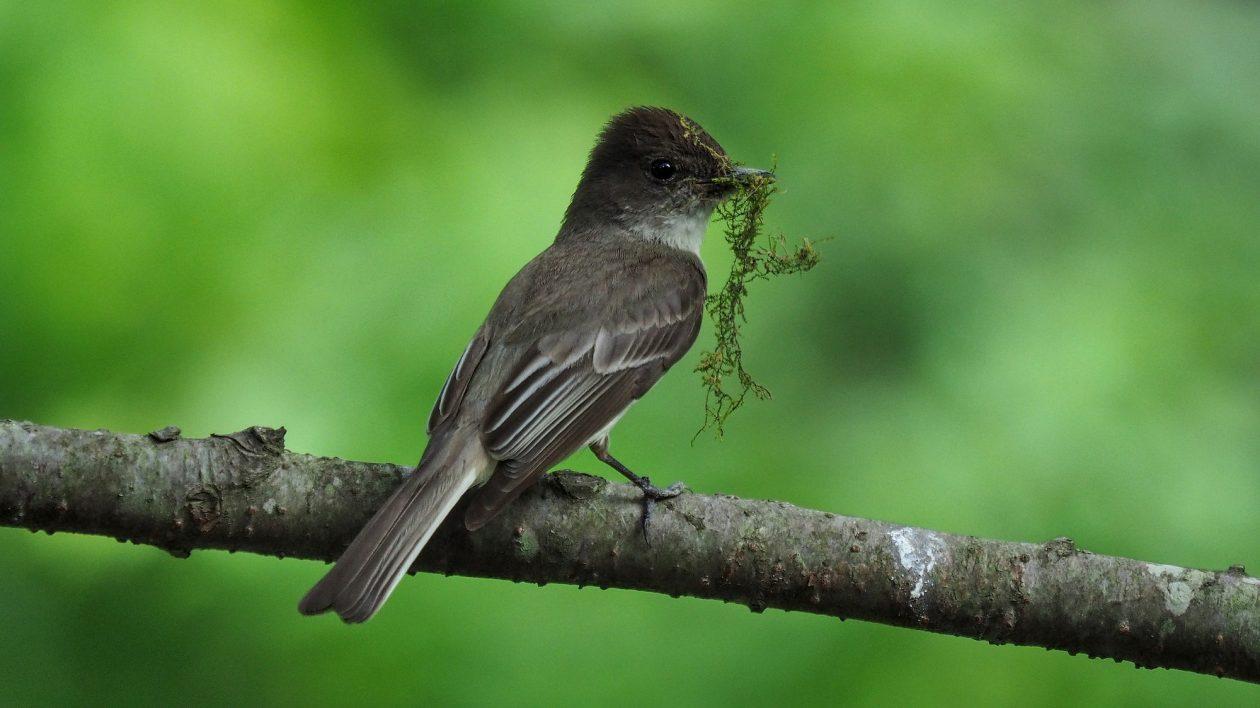
The Eastern Phoebe is a plump little flycatcher known for its gentle tail bobbing and preference for nesting on man-made structures.
- Region of Habitat: Eastern and Central North America
- Scientific Name:Sayornis phoebe
- Feeding Habits: Insectivorous; catches flying insects and occasionally eats berries.
- What Sound They Make: Sharp “fee-bee” call.
Fun Facts
Eastern Phoebes often return to the same nest site year after year. They were the first North American bird species banded for scientific study. They’re early migrants, usually arriving before spring fully blooms.
Some More Birds from “E”
21. Eurasian Sparrowhawk
22. Eastern Kingbird
23. Eastern Towhee
24. Egyptian Goose
25. Eastern Barn Owl
26. Eastern Osprey
27. European Herring Gull
28. Eurasian Wren
29. Eastern Yellow Wagtail
30. Eurasian Coot
31. Eared Dove
32. Eared Pitta
33. Eared Poorwill
34. Eared Pygmy Tyrant
35. Eared Quetzal
36. East Amazonian Fire-eye
37. East Andean Antbird
38. East Brazilian Chachalaca
39. East Brazilian Pygmy Owl
40. East Coast Akalat
41. East Coast Boubou
42. Eastern Alpine Mannikin
43. Eastern Bearded Greenbul
44. Eastern Black-eared Wheatear
45. Eastern Black-headed Batis
46. Eastern Bluebonnet
47. Eastern Bonelli’s Warbler
48. Eastern Bristlebird
49. Eastern Bronze-naped Pigeon
50. Eastern Buzzard
51. Eastern Cattle Egret
52. Eastern Chanting Goshawk
53. Eastern Chat-tanager
54. Eastern Clapper Lark
55. Eastern Crowned Warbler
56. Eastern Double-collared Sunbird
57. Eastern Golden Weaver
58. Eastern Grass Owl
59. Eastern Grey Woodpecker
60. Eastern Ground Parrot
61. Eastern Imperial Eagle
62. Eastern Jungle Crow
63. Eastern Long-billed Lark
64. Eastern Marsh Harrier
65. Eastern Miombo Sunbird
66. Eastern Nicator
67. Eastern Olivaceous Warbler
68. Eastern Orphean Warbler
69. Eastern Parotia
70. Eastern Plantain-eater
71. Eastern Rock Nuthatch
72. Eastern Spinebill
73. Eastern Spot-billed Duck
74. Eastern Striolated Puffbird
75. Eastern Subalpine Warbler
76. Eastern Violet-backed Sunbird
77. Eastern Wattled Cuckooshrike
78. Eastern Whip-poor-will
79. Eastern Whipbird
80. Eastern Wood Pewee
81. Eastern Woodhaunter
82. Eastern Yellow Robin
83. Eastern Yellow-billed Hornbill
84. Eastern Yellow-spotted Barbet
85. Eaton’s Pintail
86. Echo Parakeet
87. Ecuadorian Cacique
88. Ecuadorian Ground Dove
89. Ecuadorian Hillstar
90. Ecuadorian Piculet
91. Ecuadorian Piedtail
92. Ecuadorian Rail
93. Ecuadorian Seedeater
94. Ecuadorian Thrush
95. Ecuadorian Trogon
96. Ecuadorian Tyrannulet
97. Edible-nest Swiftlet
98. Edwards’s Fig Parrot
99. Edwards’s Pheasant
100. Egyptian Nightjar
101. Egyptian Plover
102. Eiao Monarch
103. El Oro Parakeet
104. El Oro Tapaculo
105. Elegant Crescentchest
106. Elegant Crested Tinamou
107. Elegant Euphonia
108. Elegant Honeyeater
109. Elegant Imperial Pigeon
110. Elegant Parrot
111. Elegant Pitta
112. Elegant Quail
113. Elegant Sunbird
114. Elegant Tern
115. Elegant Tit
116. Elegant Trogon
117. Elegant Woodcreeper
118. Eleonora’s Falcon
119. Elfin Woods Warbler
120. Elliot’s Laughingthrush
121. Elliot’s Pheasant
122. Elliot’s Storm Petrel
123. Elliot’s Woodpecker
124. Elusive Antpitta
125. Emei Leaf Warbler
126. Emei Shan Liocichla
127. Emerald Starling
128. Emerald Tanager
129. Emerald Toucanet
130. Emerald-bellied Puffleg
131. Emerald-chinned Hummingbird
132. Emerald-spotted Wood Dove
133. Emin’s Shrike
134. Emperor Bird-of-paradise
135. Emperor Fairywren
136. Emperor Goose
137. Empress Brilliant
138. Enggano Cuckoo-dove
139. Enggano Hill Myna
140. Enggano Scops Owl
141. Enggano Thrush
142. Epaulet Oriole
143. Equatorial Akalat
144. Equatorial Greytail
145. Erckel’s Spurfowl
146. Erect-crested Penguin
147. Eskimo Curlew
148. Esmeraldas Antbird
149. Esmeraldas Woodstar
150. Española Cactus Finch
151. Ethiopian Boubou
152. Ethiopian Cisticola
153. Ethiopian Oriole
154. Ethiopian Siskin
155. Ethiopian Swallow
156. Euler’s Flycatcher
157. Eungella Honeyeater
158. Eurasian Bittern
159. Eurasian Blackcap
160. Eurasian Bullfinch
161. Eurasian Crag Martin
162. Eurasian Curlew
163. Eurasian Dotterel
164. Eurasian Golden Oriole
165. Eurasian Hobby
166. Eurasian Nuthatch
167. Eurasian Oystercatcher
168. Eurasian Penduline Tit
169. Eurasian Pygmy Owl
170. Eurasian Reed Warbler
171. Eurasian Rock Pipit
172. Eurasian Scops Owl
173. Eurasian Siskin
174. Eurasian Skylark
175. Eurasian Spoonbill
176. Eurasian Stone-curlew
177. Eurasian Teal
178. Eurasian Three-toed Woodpecker
179. Eurasian Tree Sparrow
180. Eurasian Treecreeper
181. Eurasian Whimbrel
182. Eurasian Wigeon
183. Eurasian Woodcock
184. Eurasian Wryneck
185. European Crested Tit
186. European Golden Plover
187. European Green Woodpecker
188. European Honey Buzzard
189. European Nightjar
190. European Pied Flycatcher
191. European Roller
192. European Serin
193. European Shag
194. European Stonechat
195. European Storm Petrel
196. European Turtle Dove
197. Evening Grosbeak
198. Everett’s Scops Owl
199. Everett’s Thrush
200. Everett’s White-eye
201. Evergreen Forest Warbler
202. Eversmann’s Redstart
203. Exclamatory Paradise Whydah
204. Eye-ringed Flatbill
205. Eye-ringed Thistletail
206. Eye-ringed Tody-tyrant
207. Eyebrowed Jungle Flycatcher
208. Eyebrowed Thrush
209. Eyebrowed Wren-babbler
210. Eyrean Grasswren
The Bottom Line
As this quest of remarkable birds beginning with “E” comes to a close, hopefully, a few new favorites have taken flight in your imagination.
From the Emperor Penguin’s impressive diving abilities to the tiny Elf Owl’s fierce hunting skills, each species shows nature’s incredible diversity.
These birds, with their unique calls, hunting techniques, and nesting habits, remind us why bird-watching continues to charm so many people worldwide.
The next time you spot an Eastern Bluebird or hear a European Robin’s song, take a moment to consider the rich backstory of these feathered creatures.
They’re not just birds—they’re living examples of adaptation, survival, and beauty in the natural world.
If you’re interested in more informative animal and wildlife content, feel free to click here and explore other blogs that you might enjoy!

